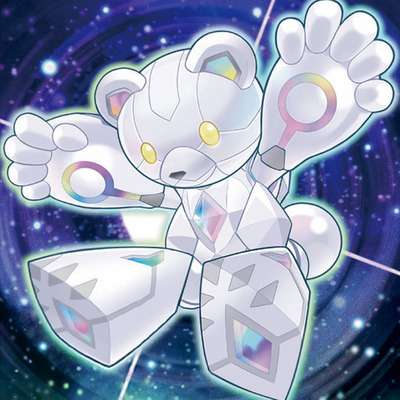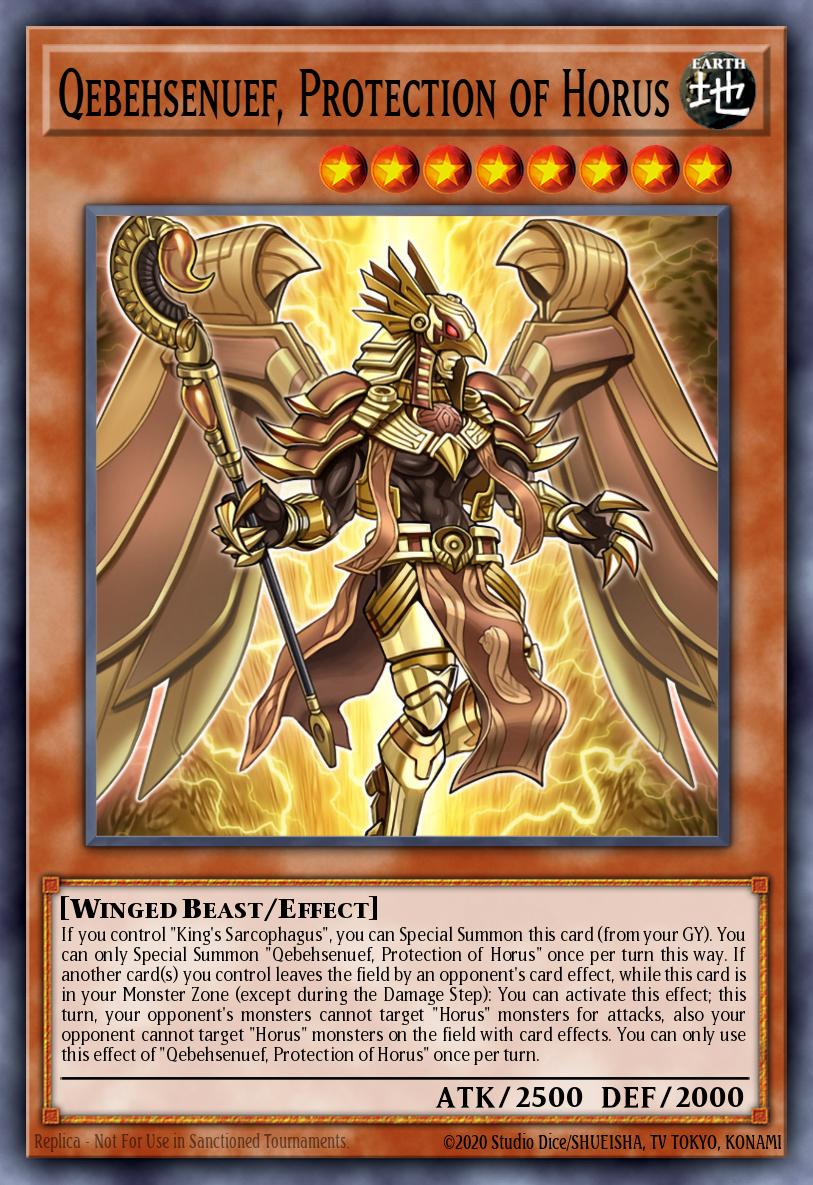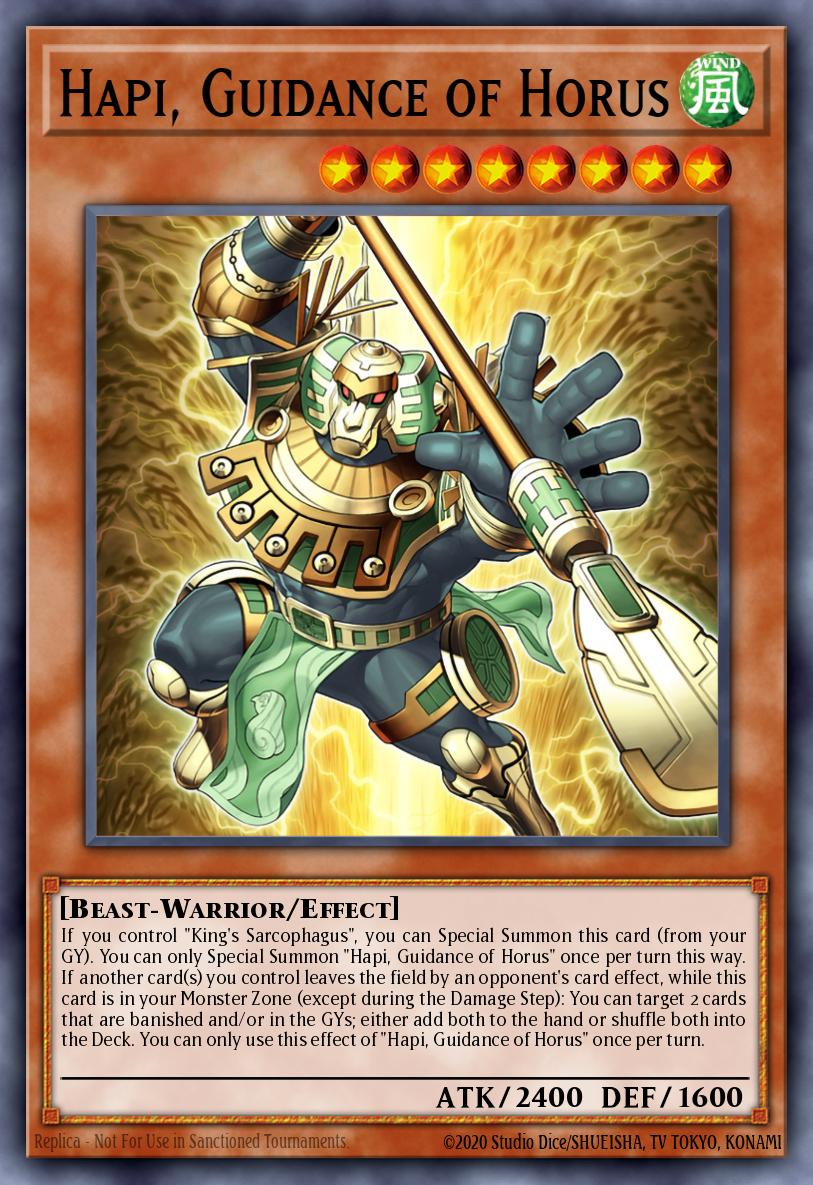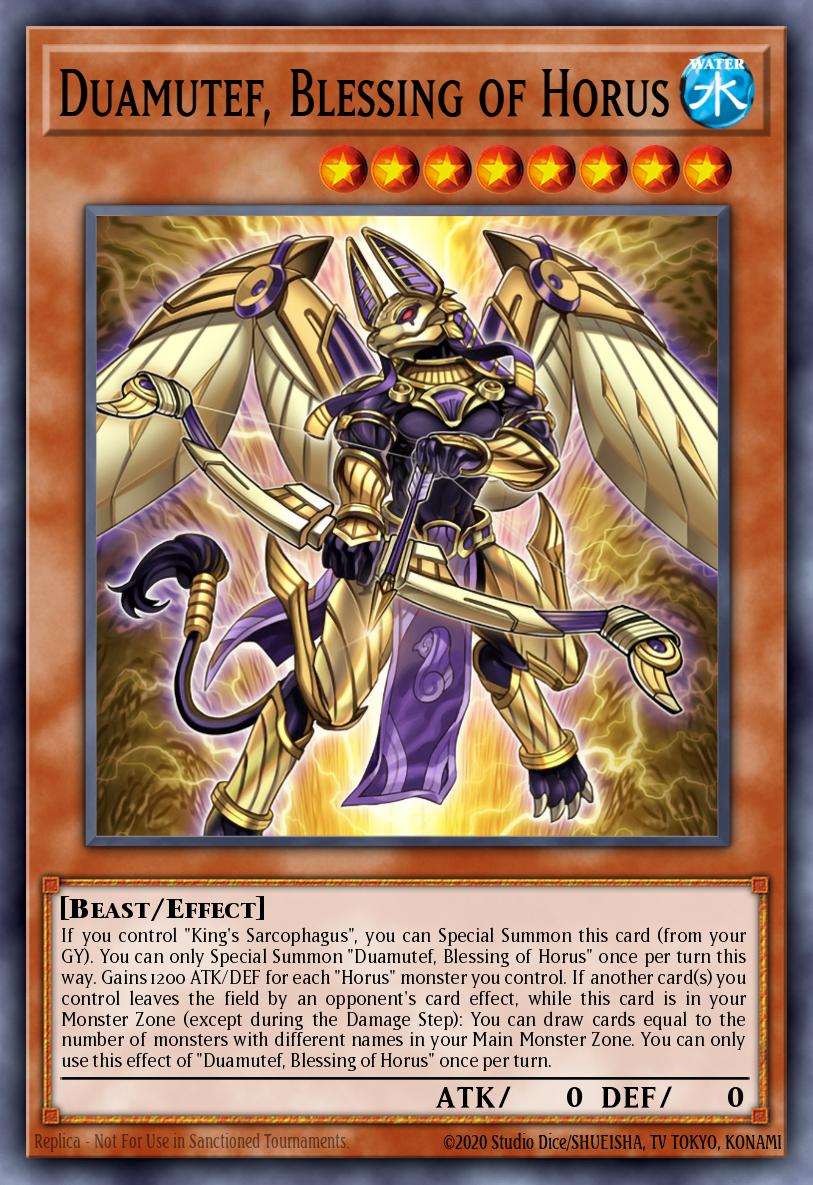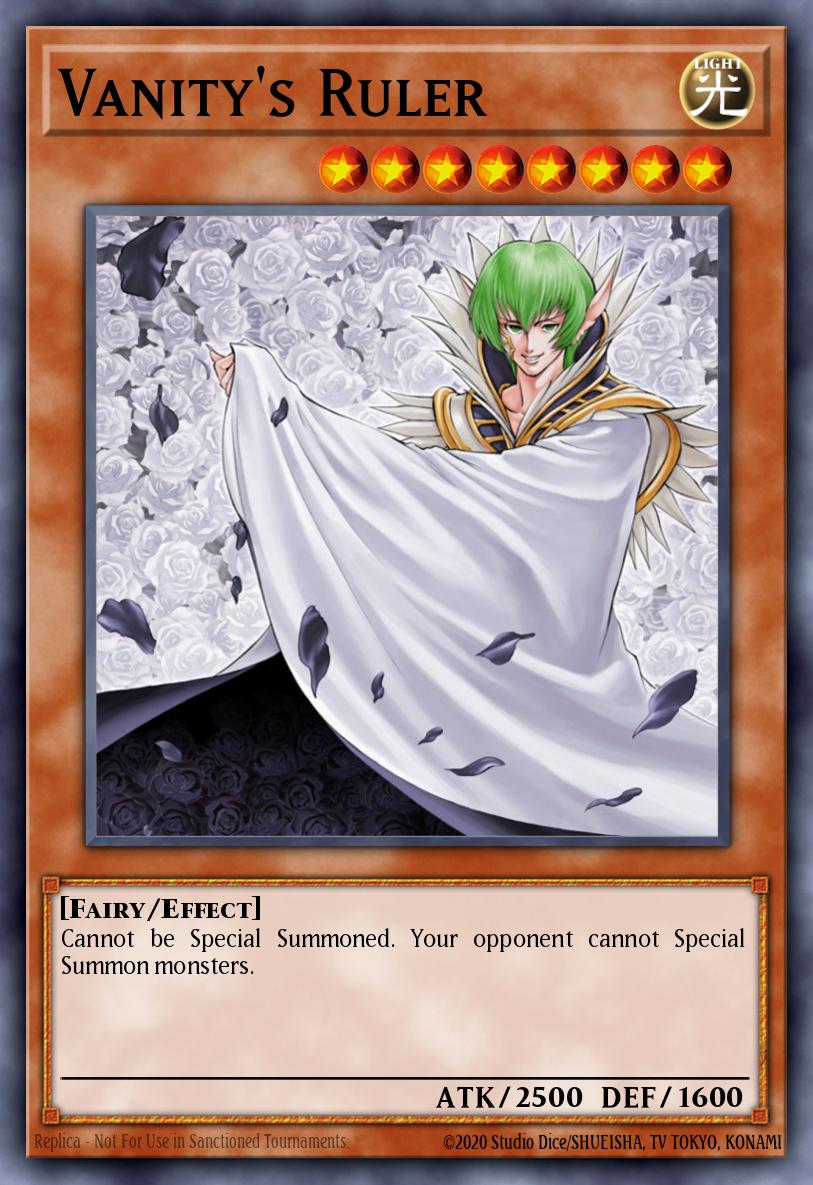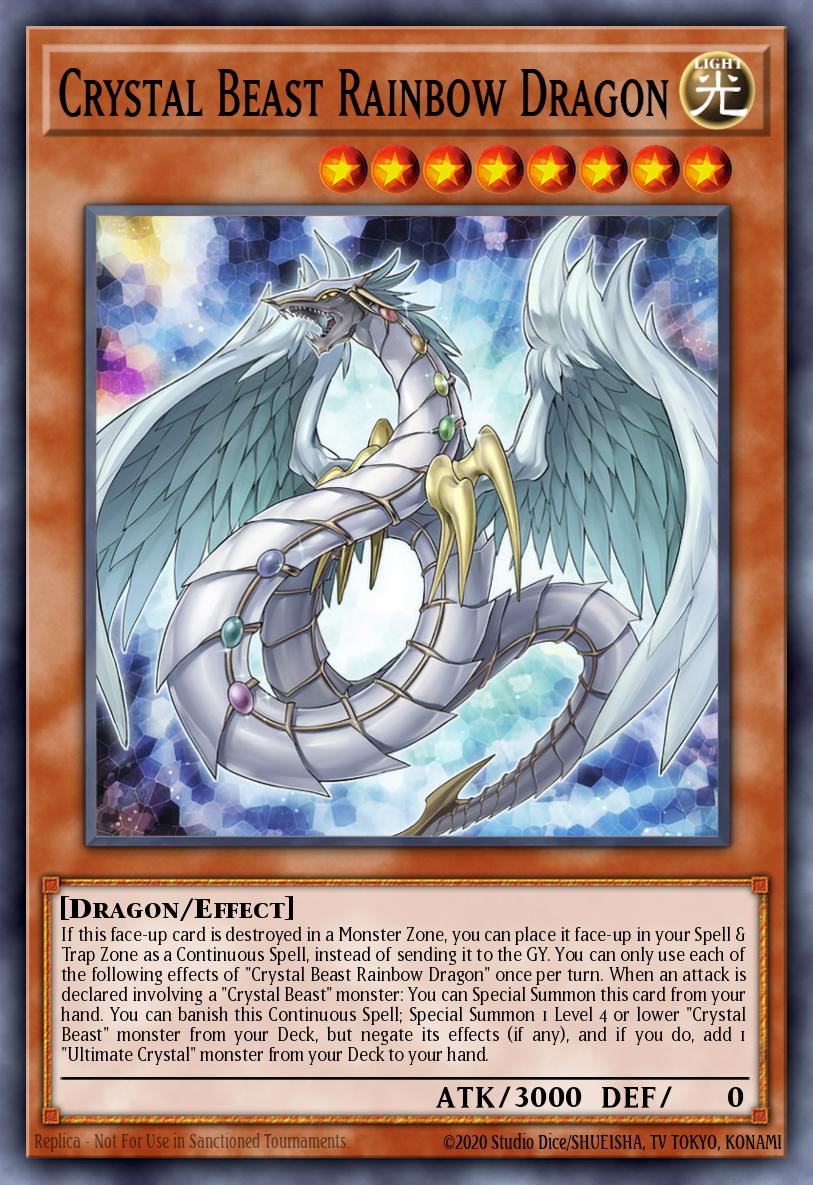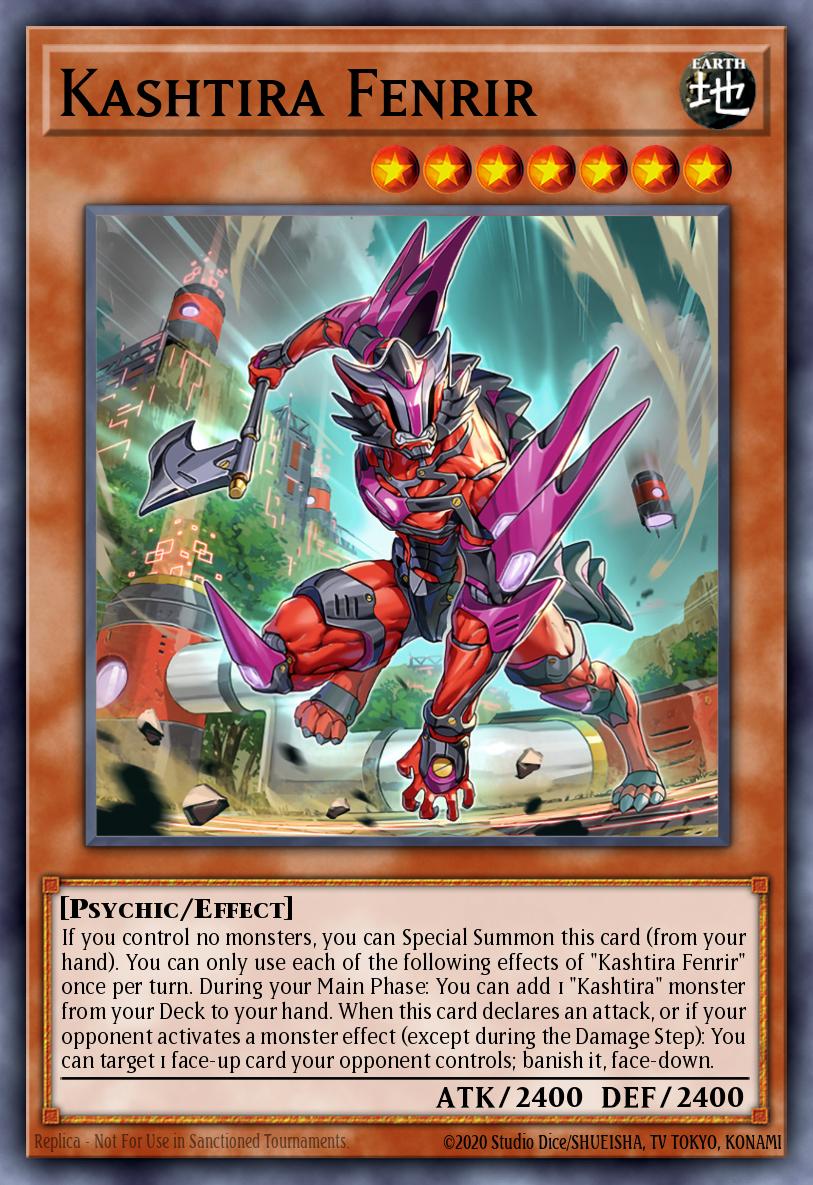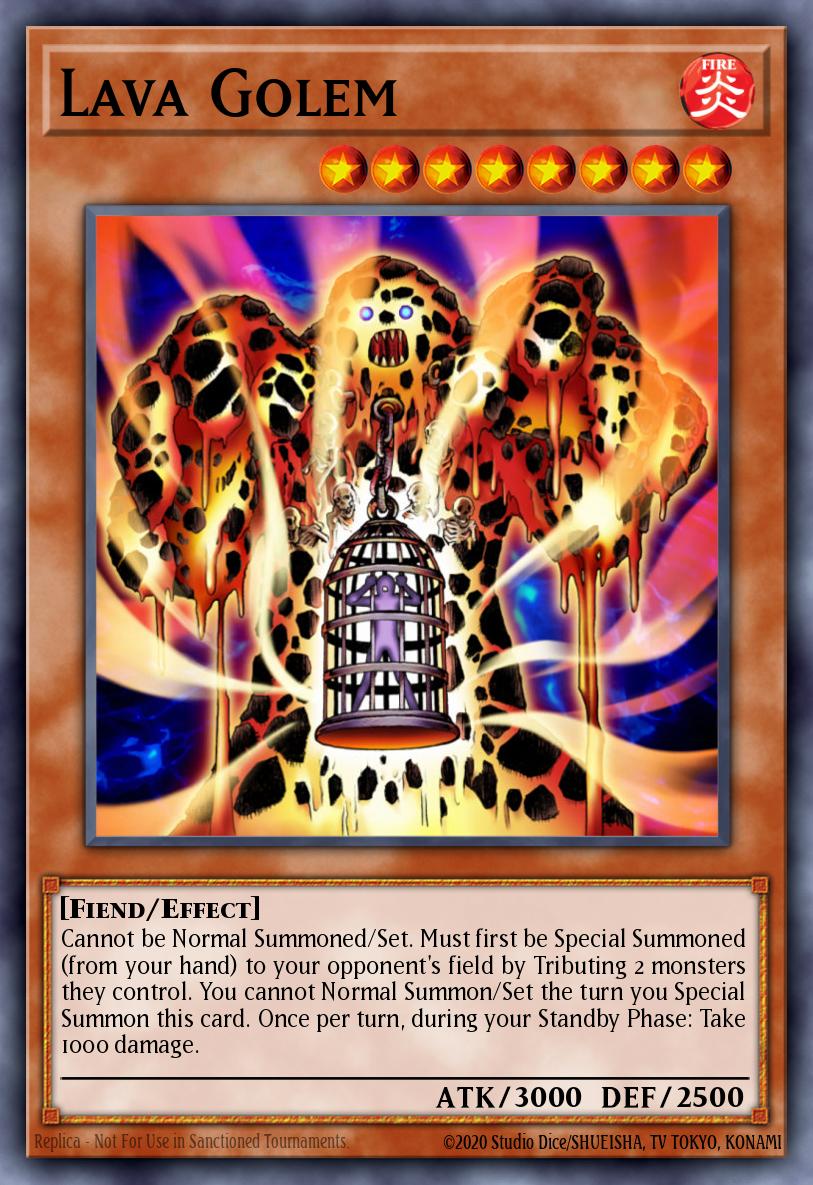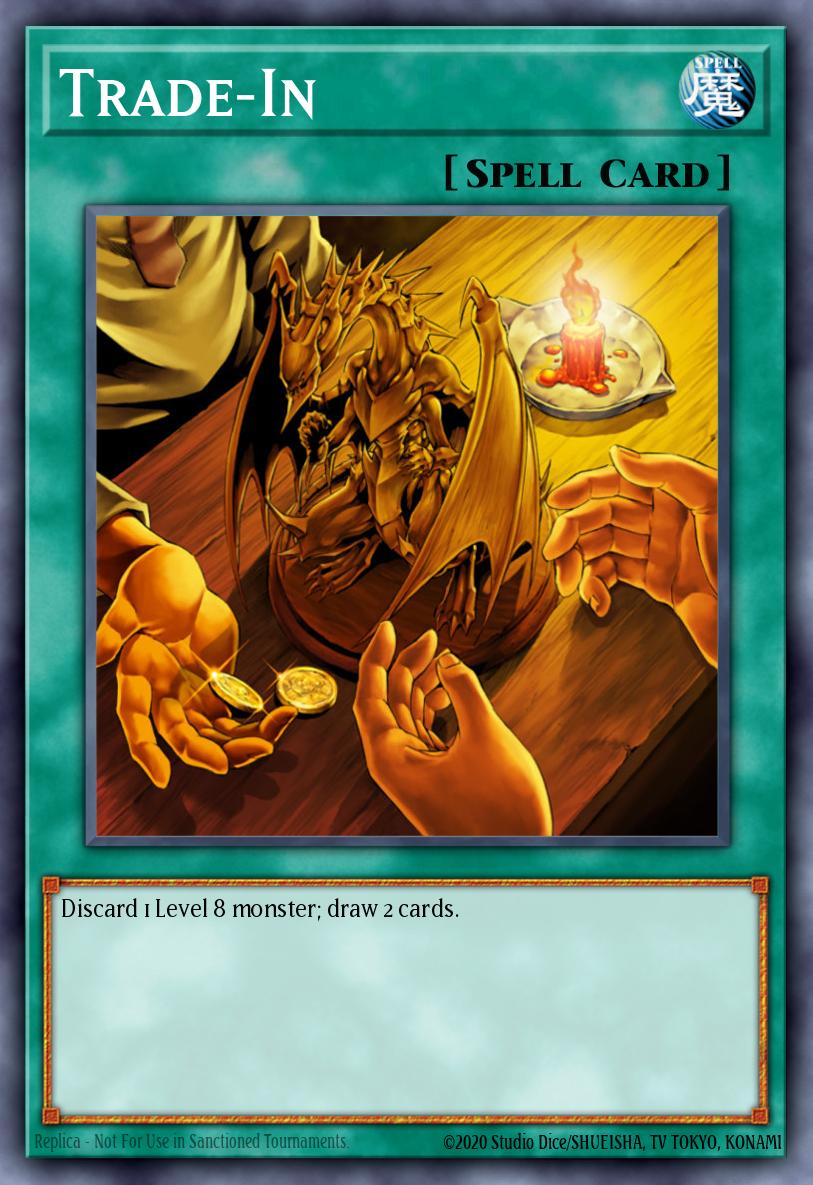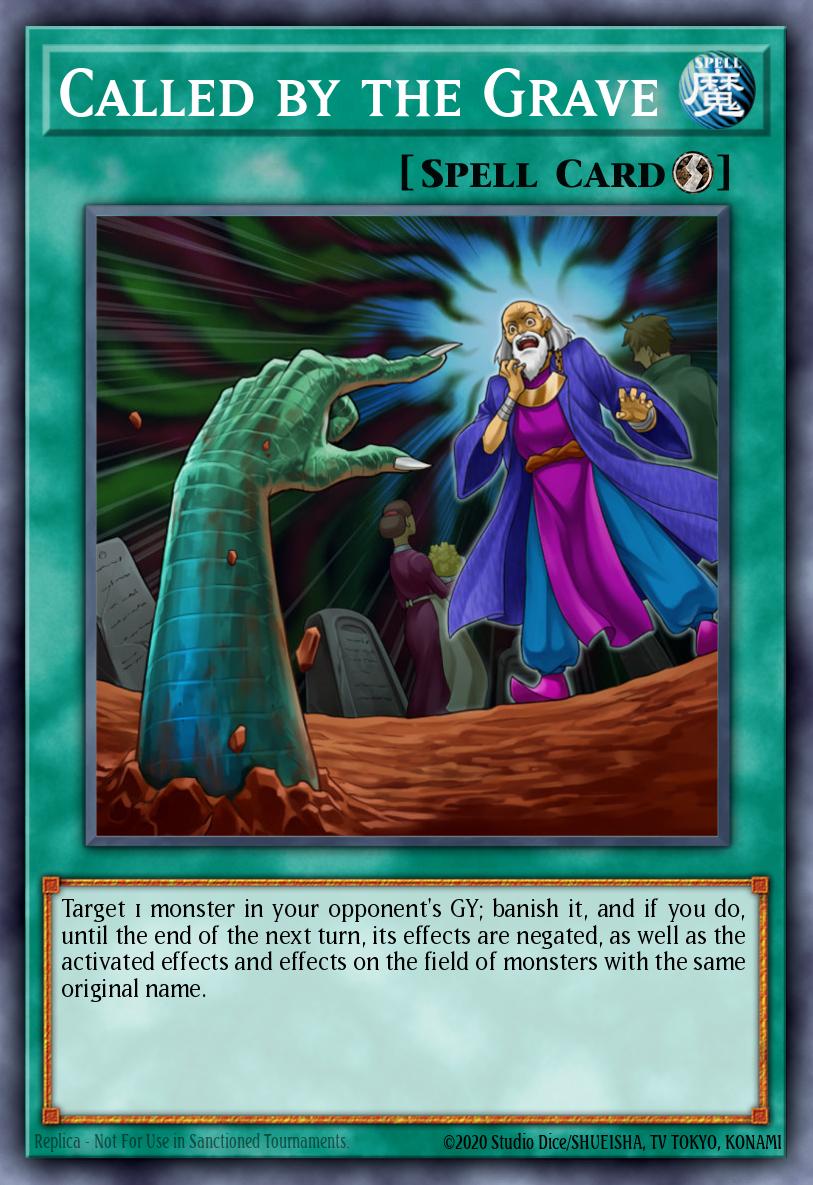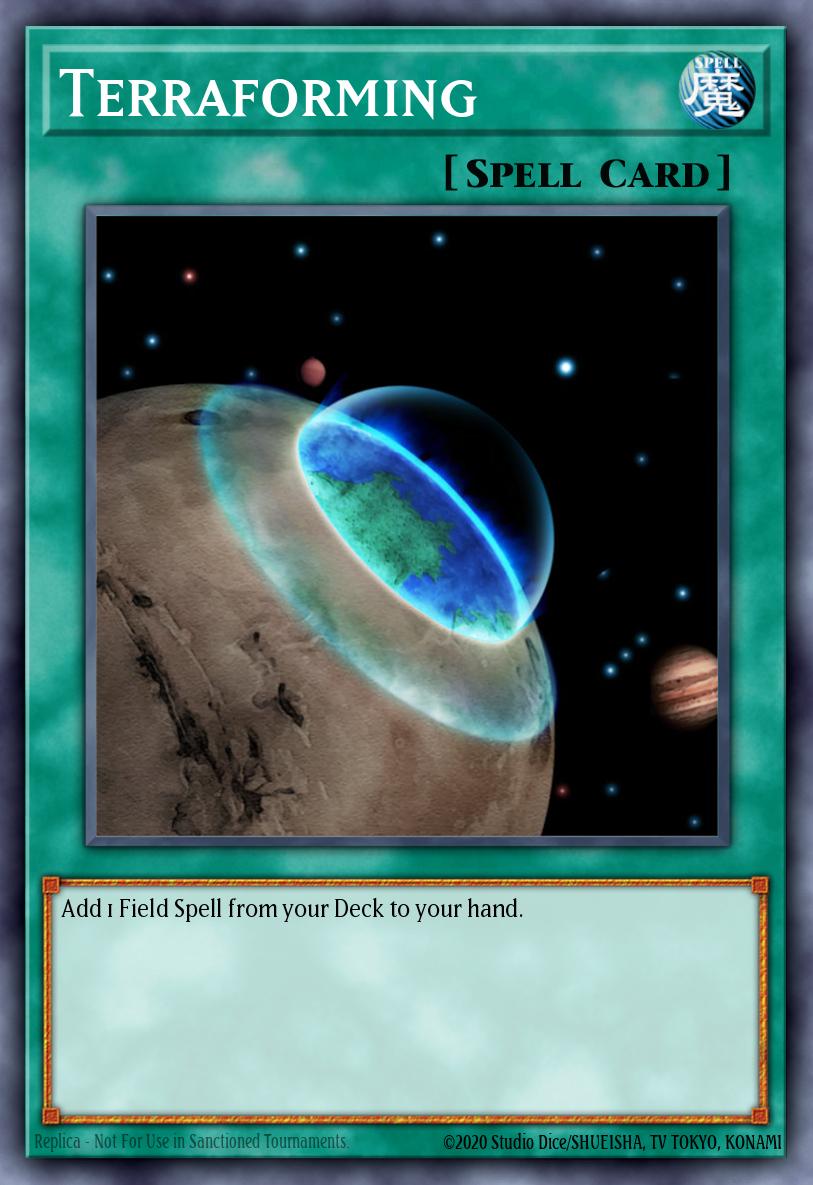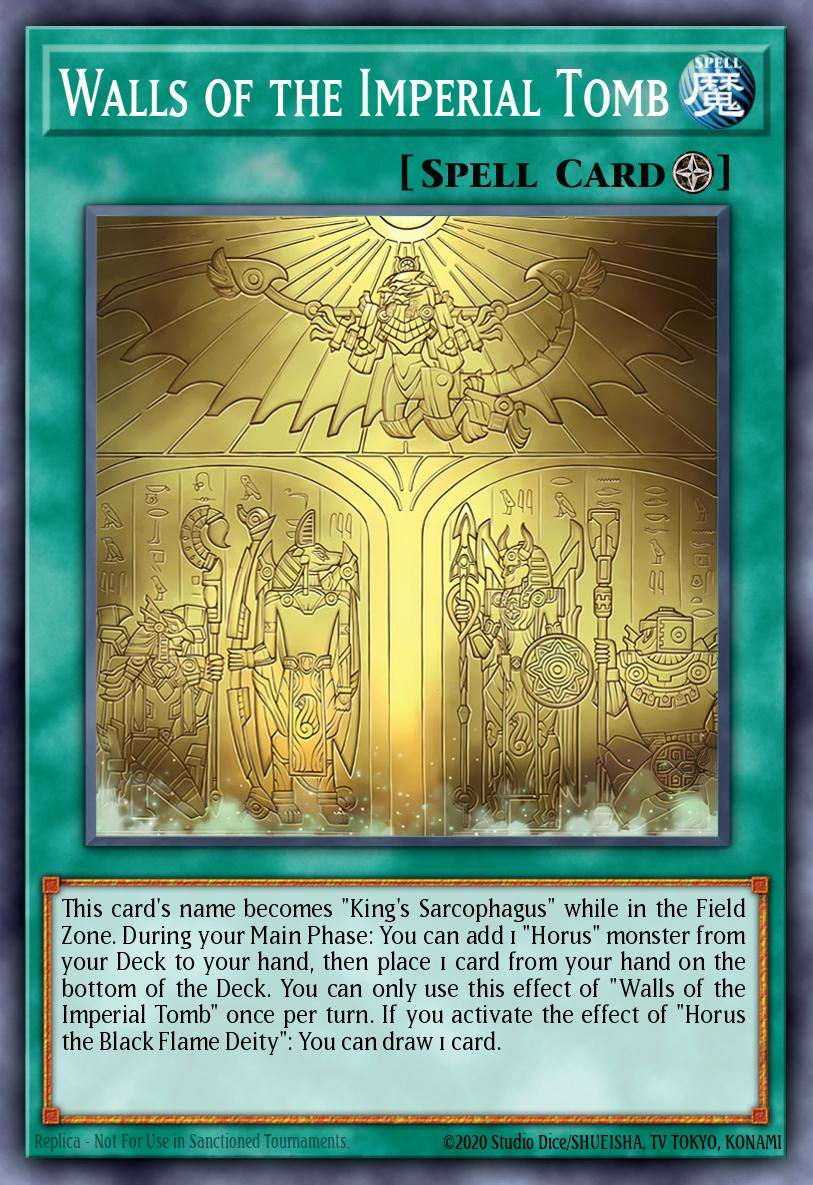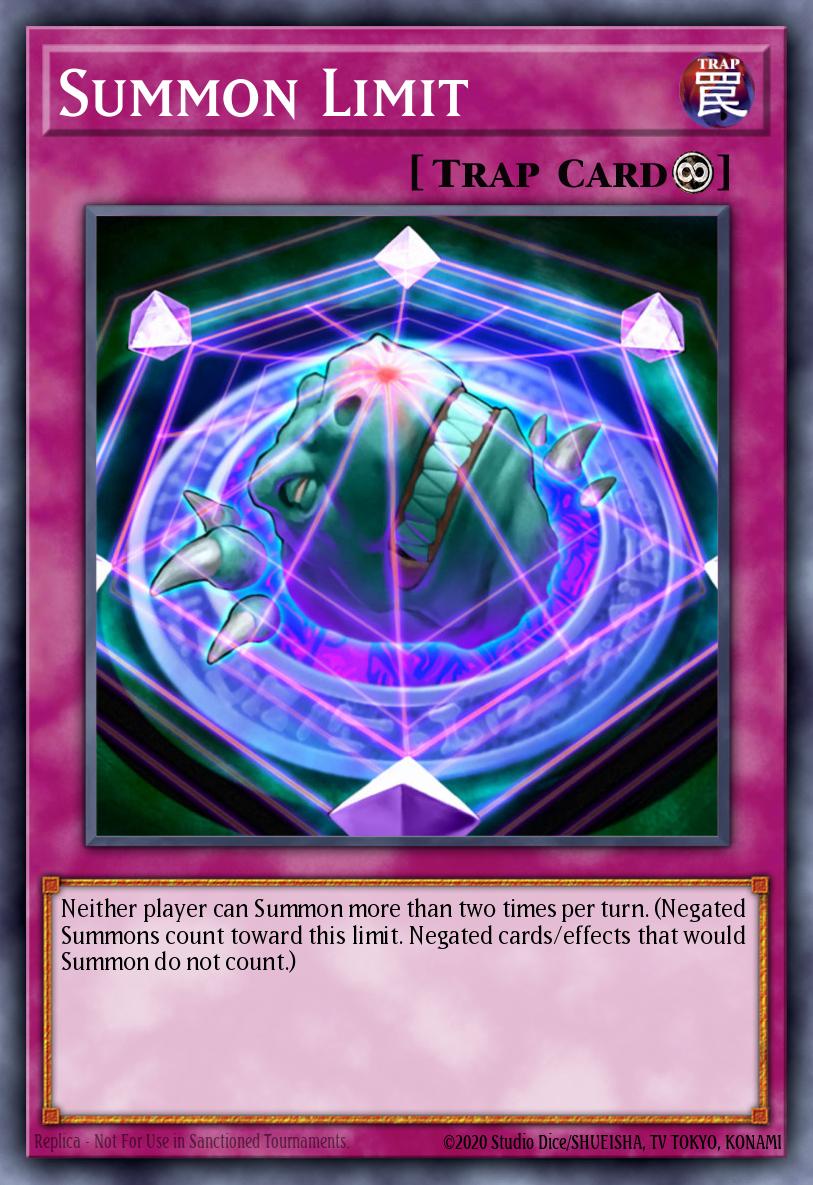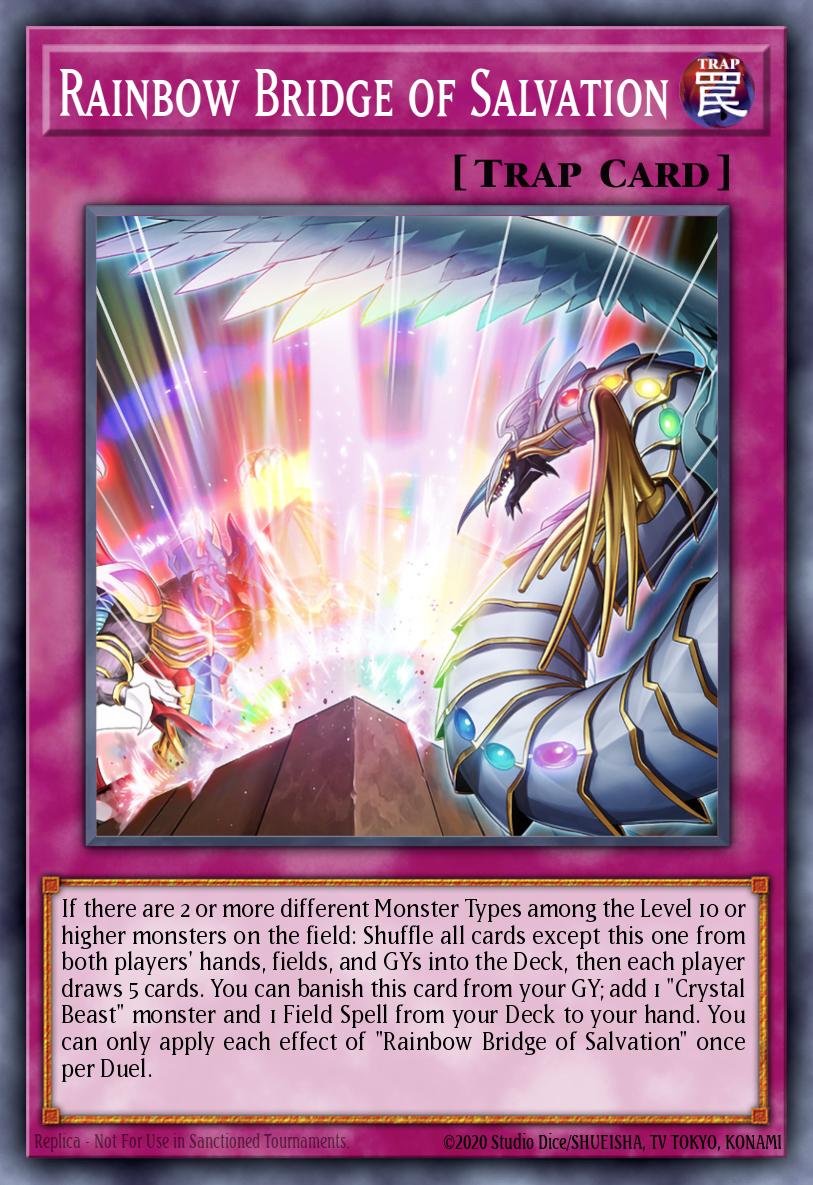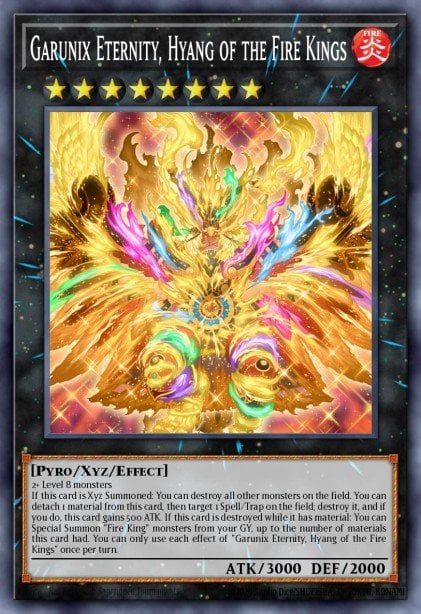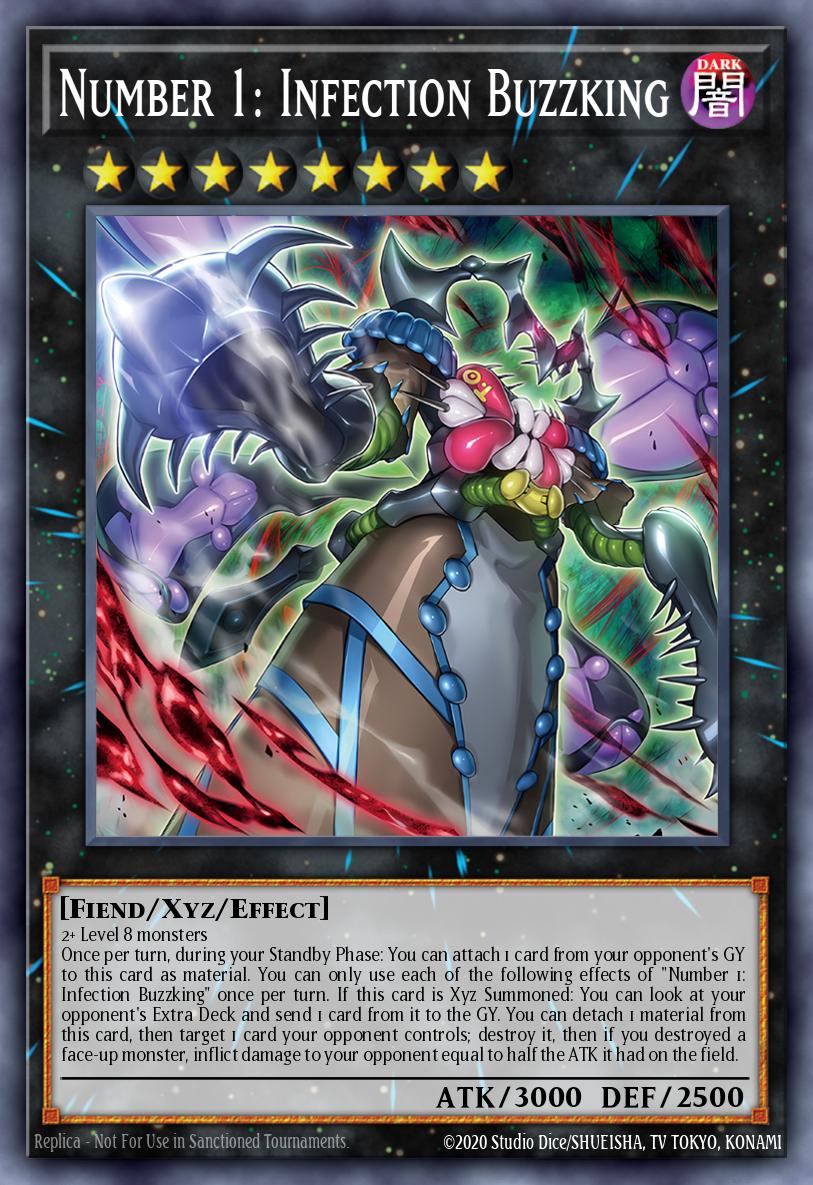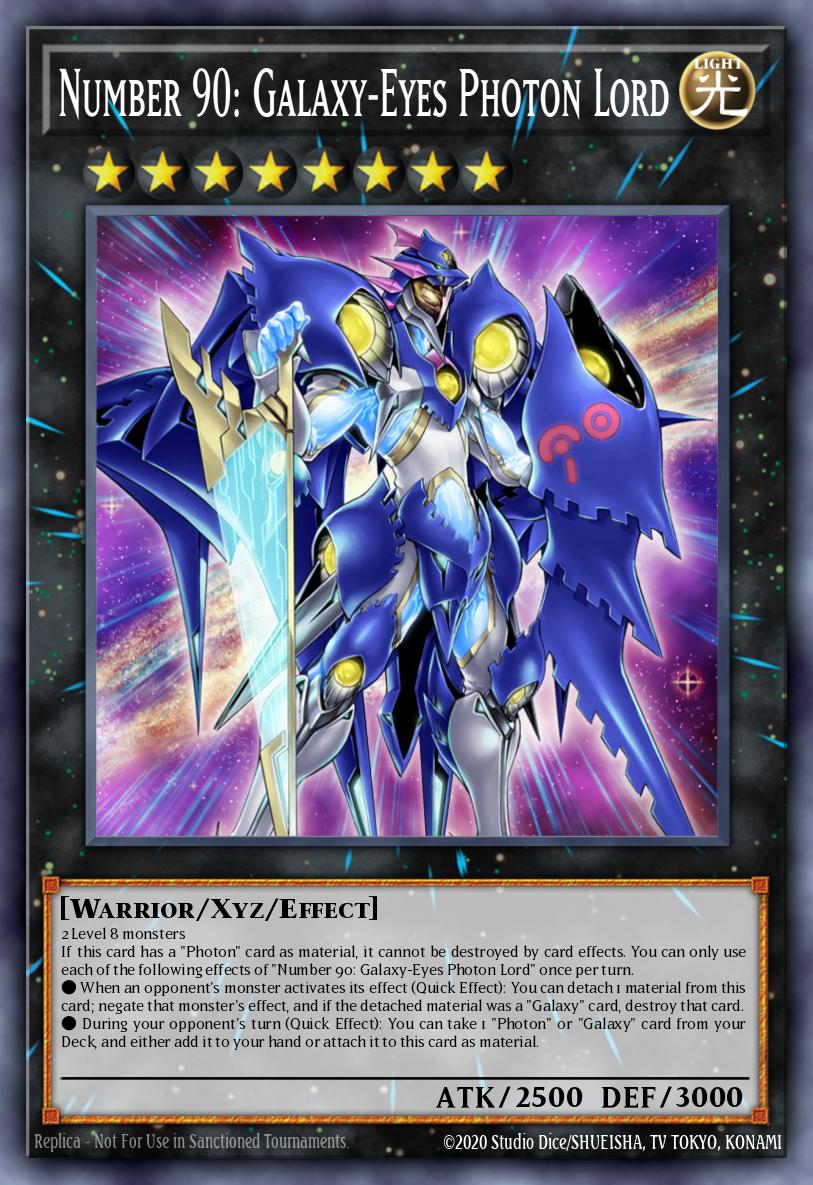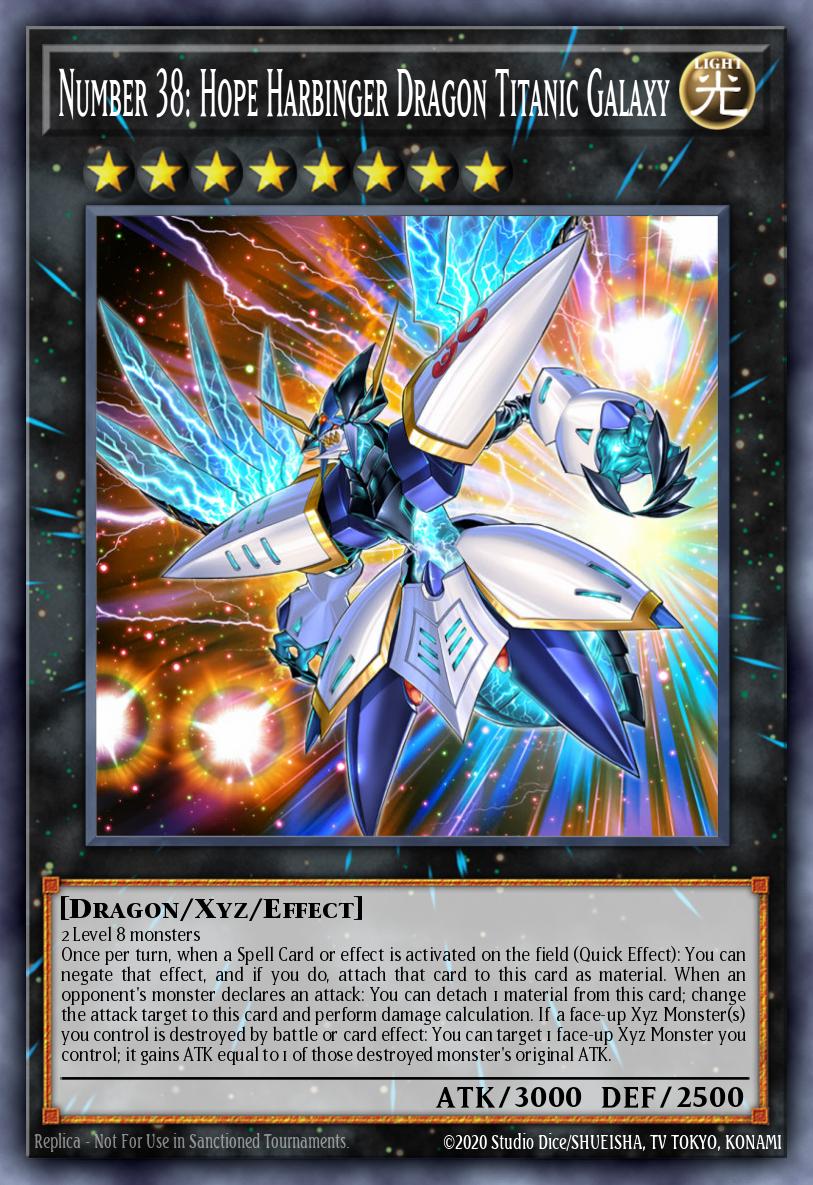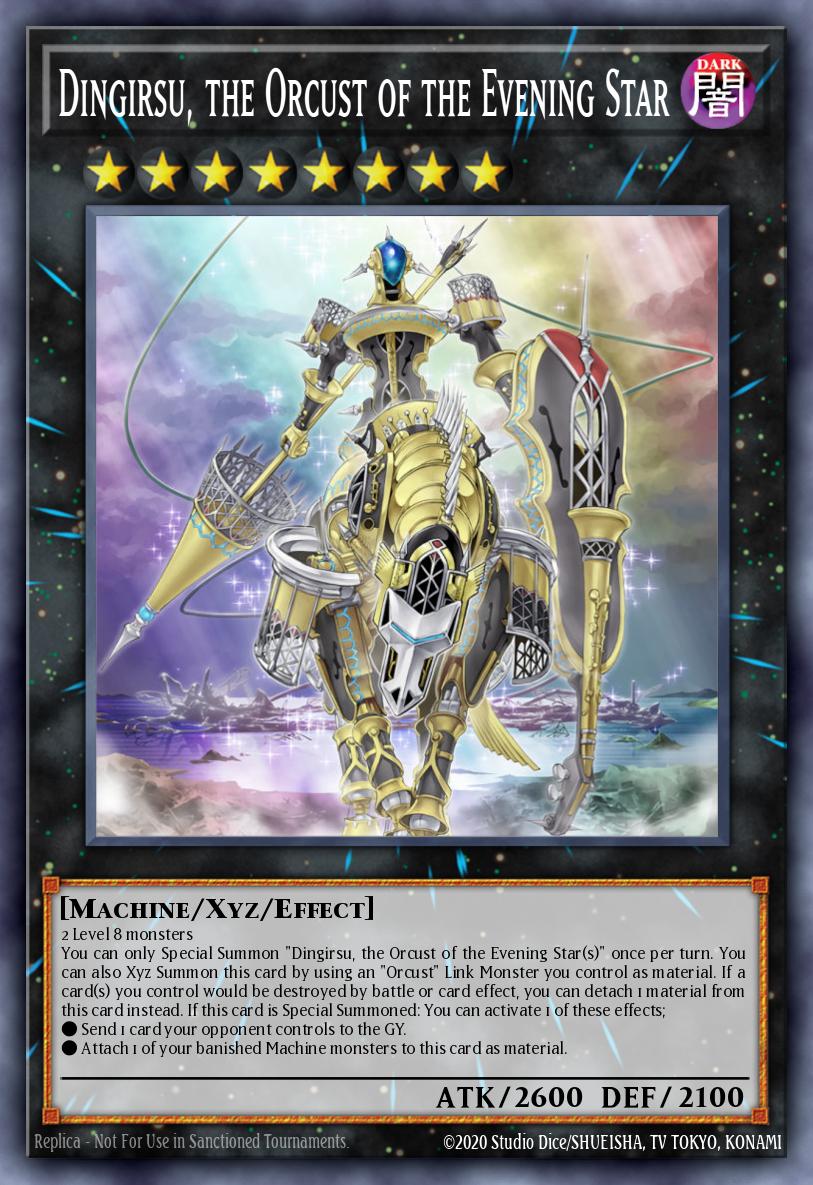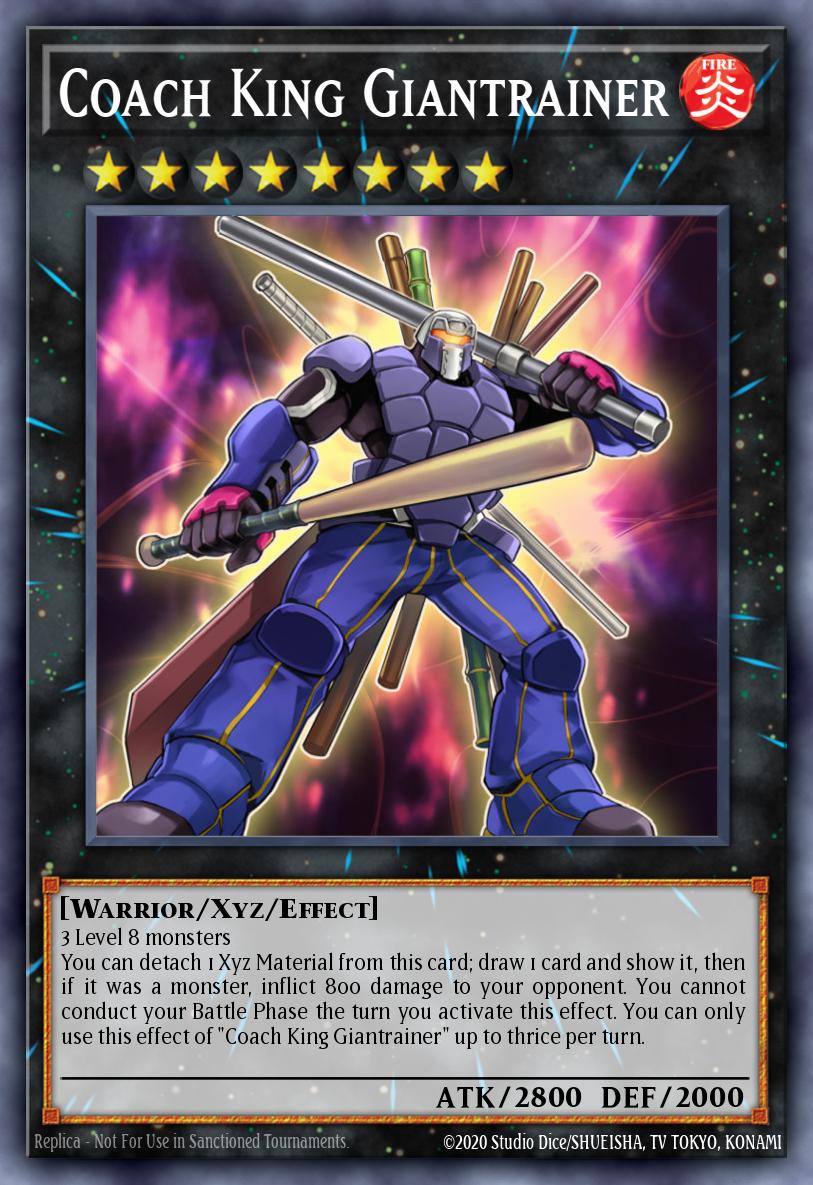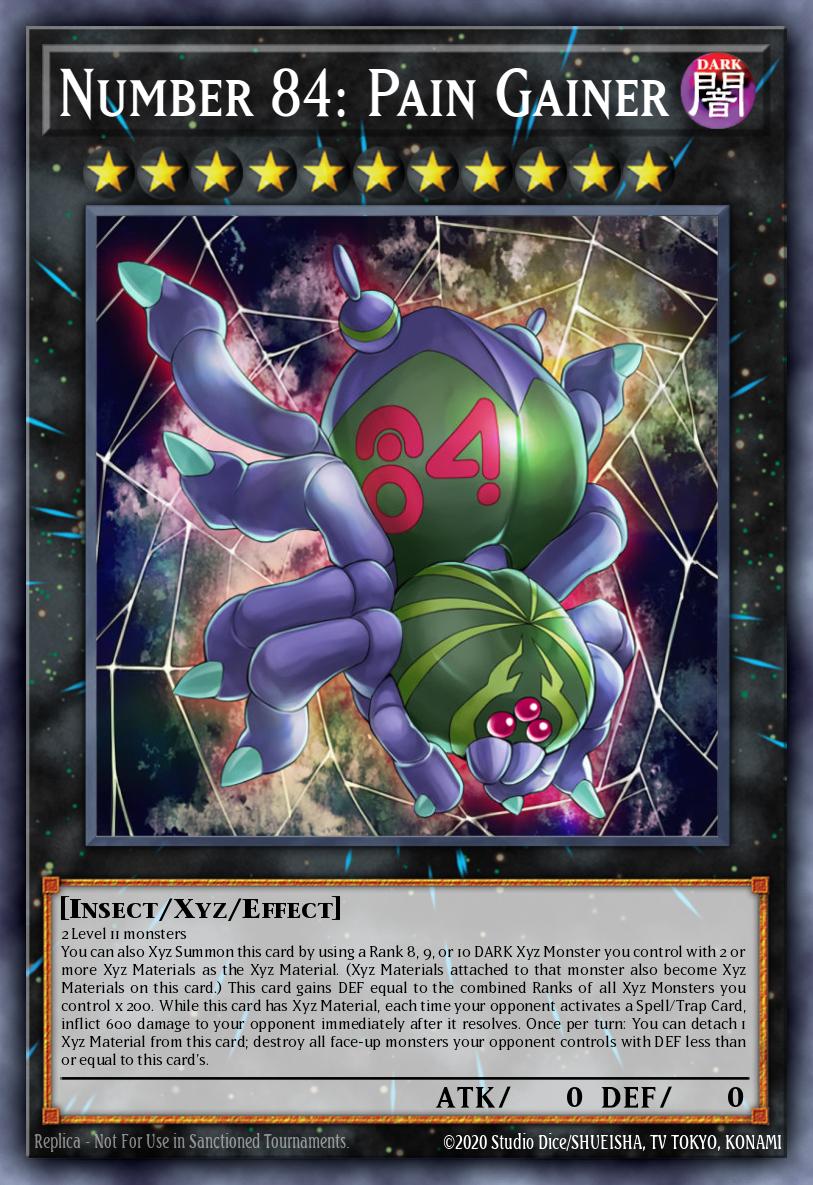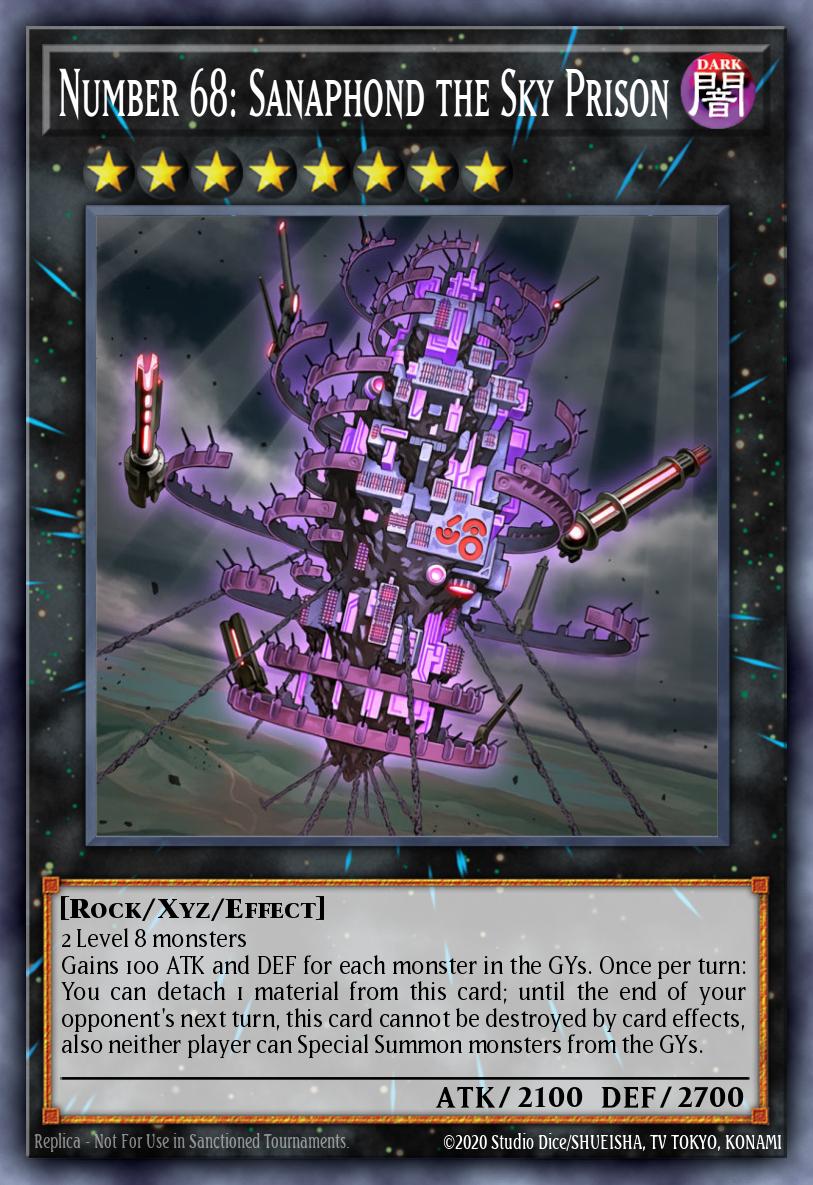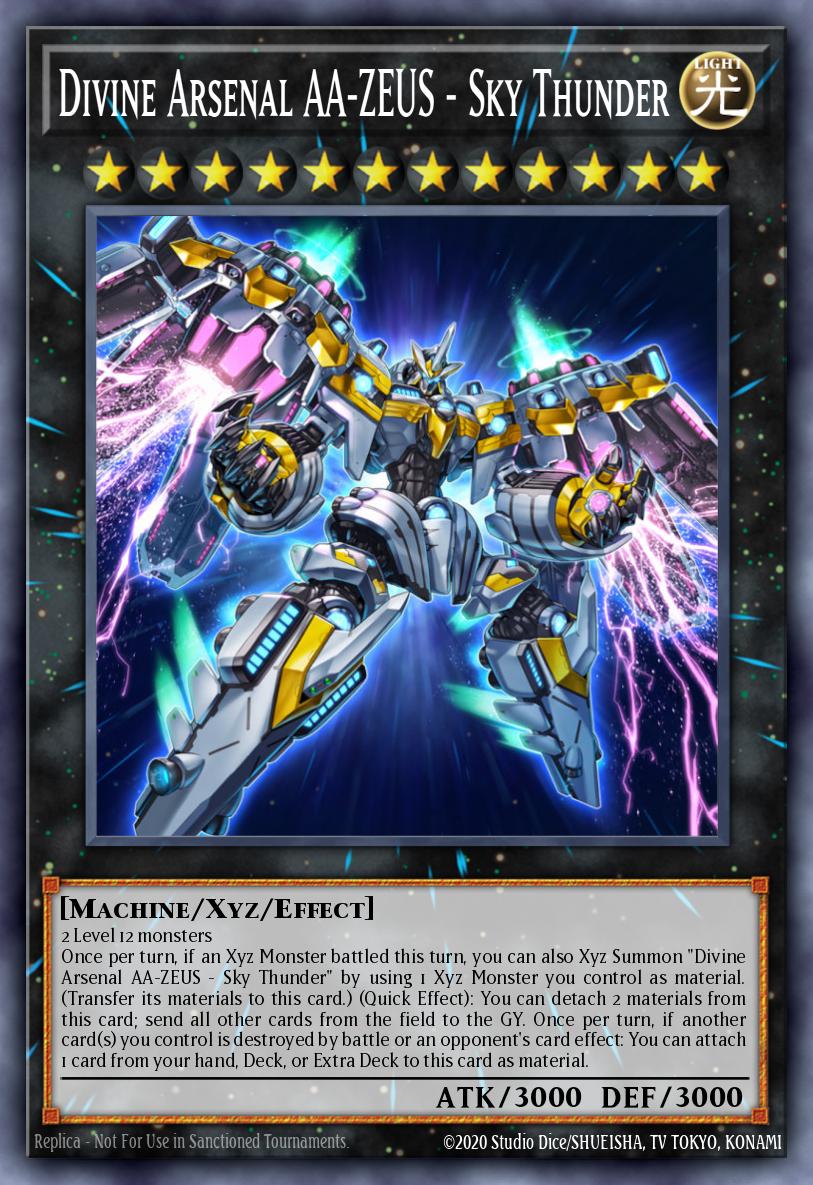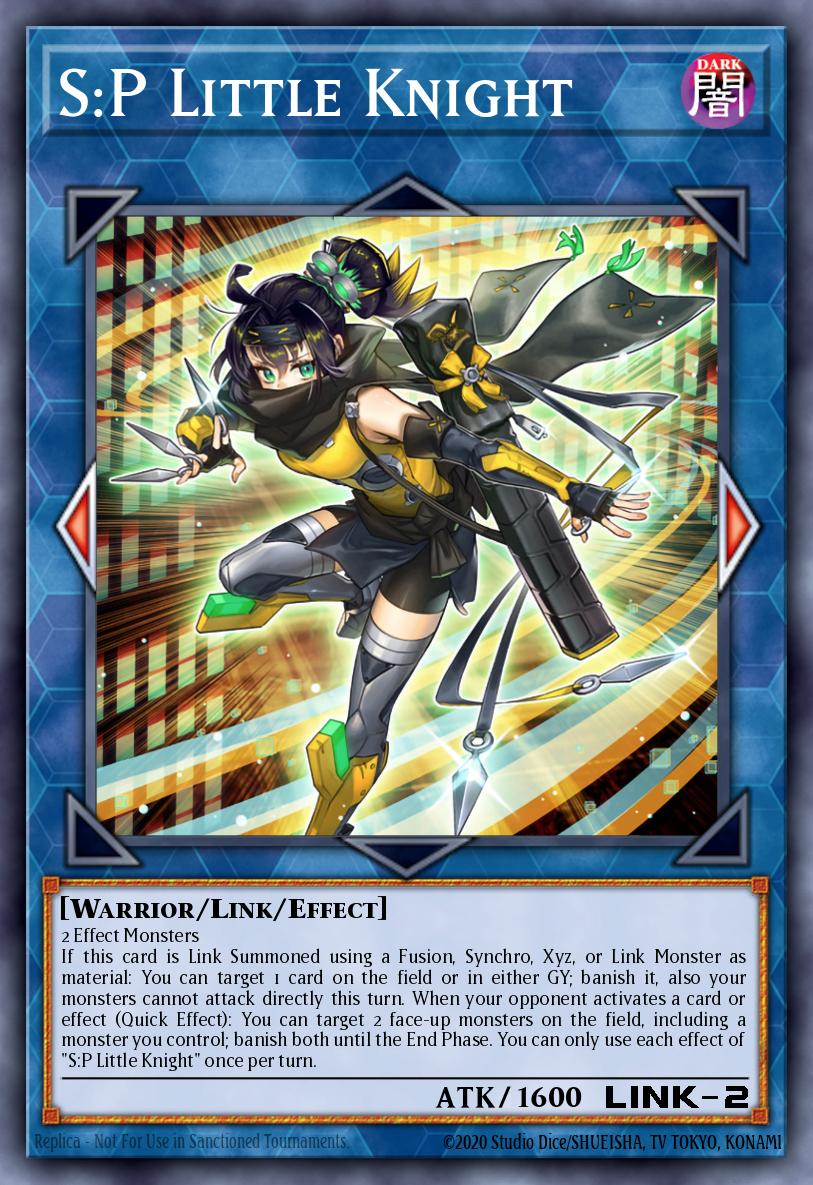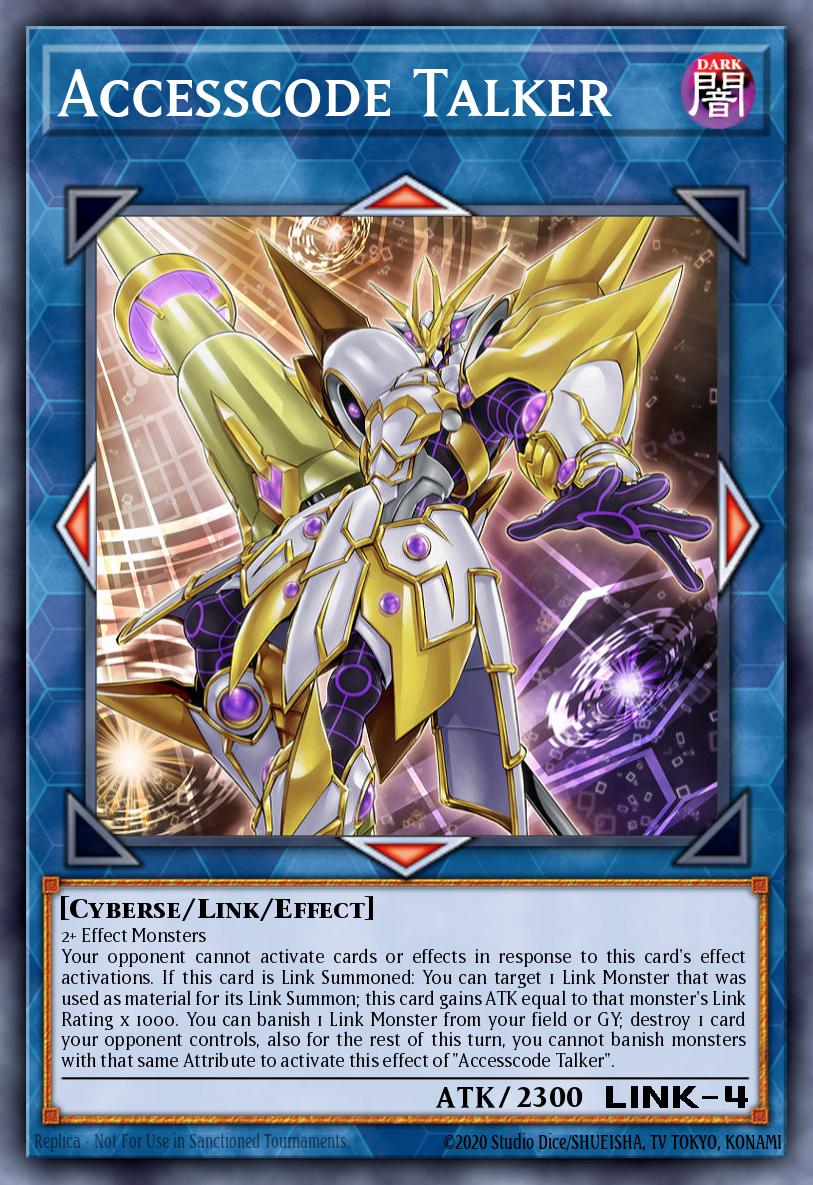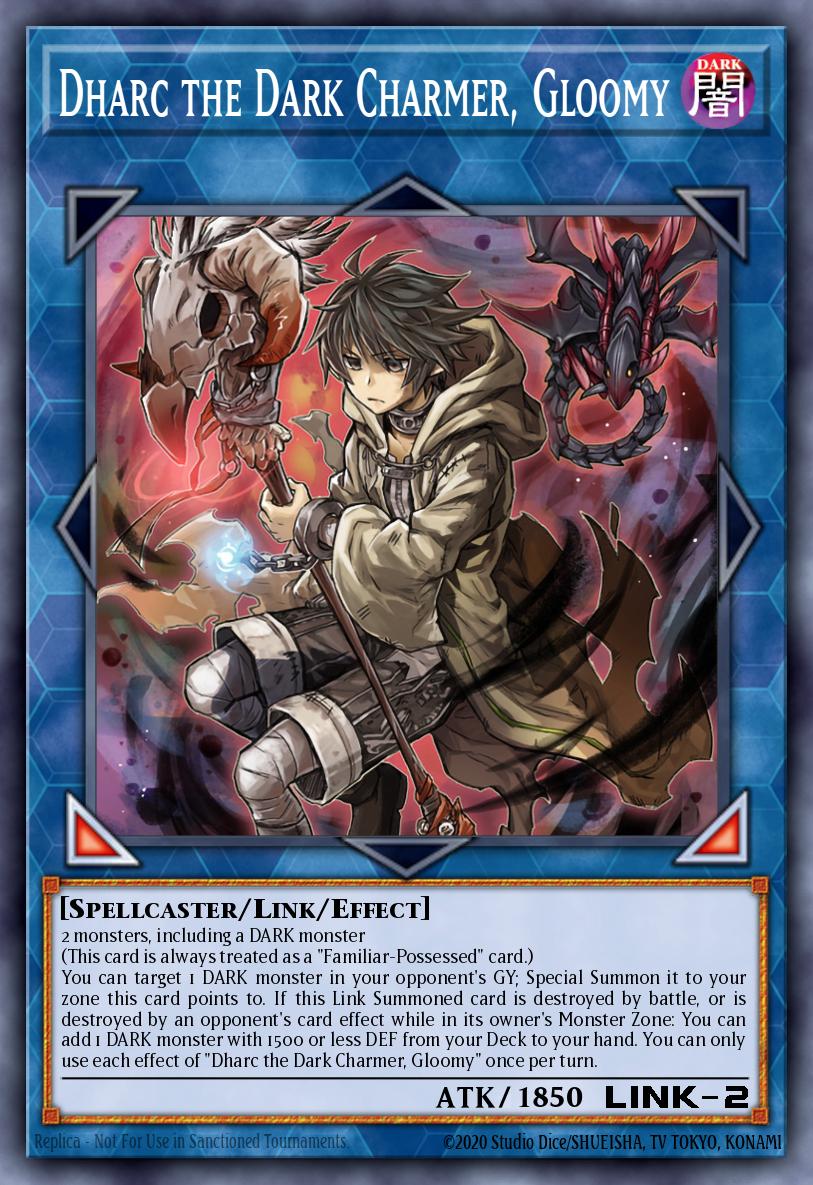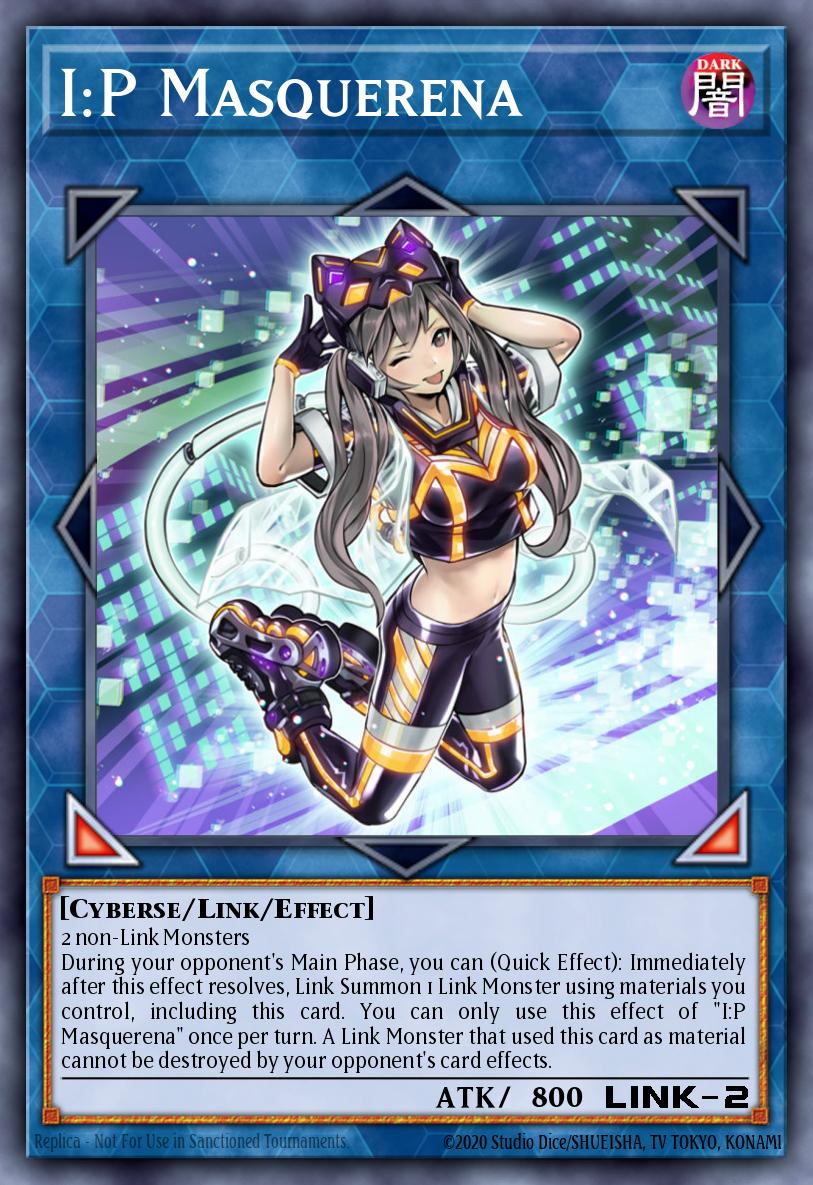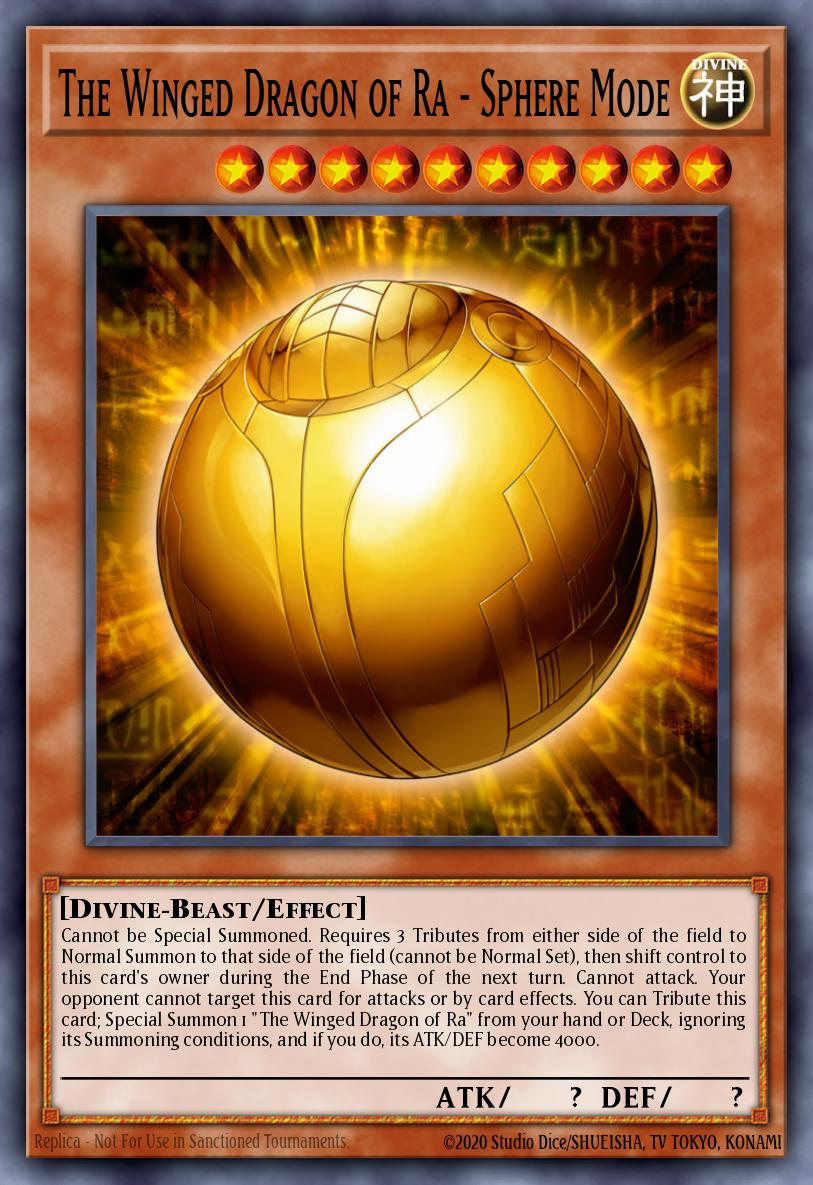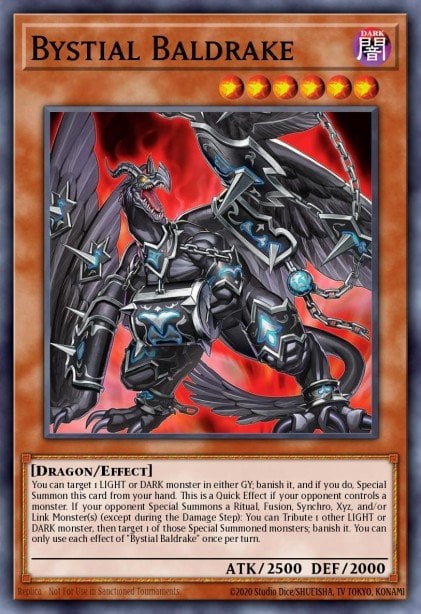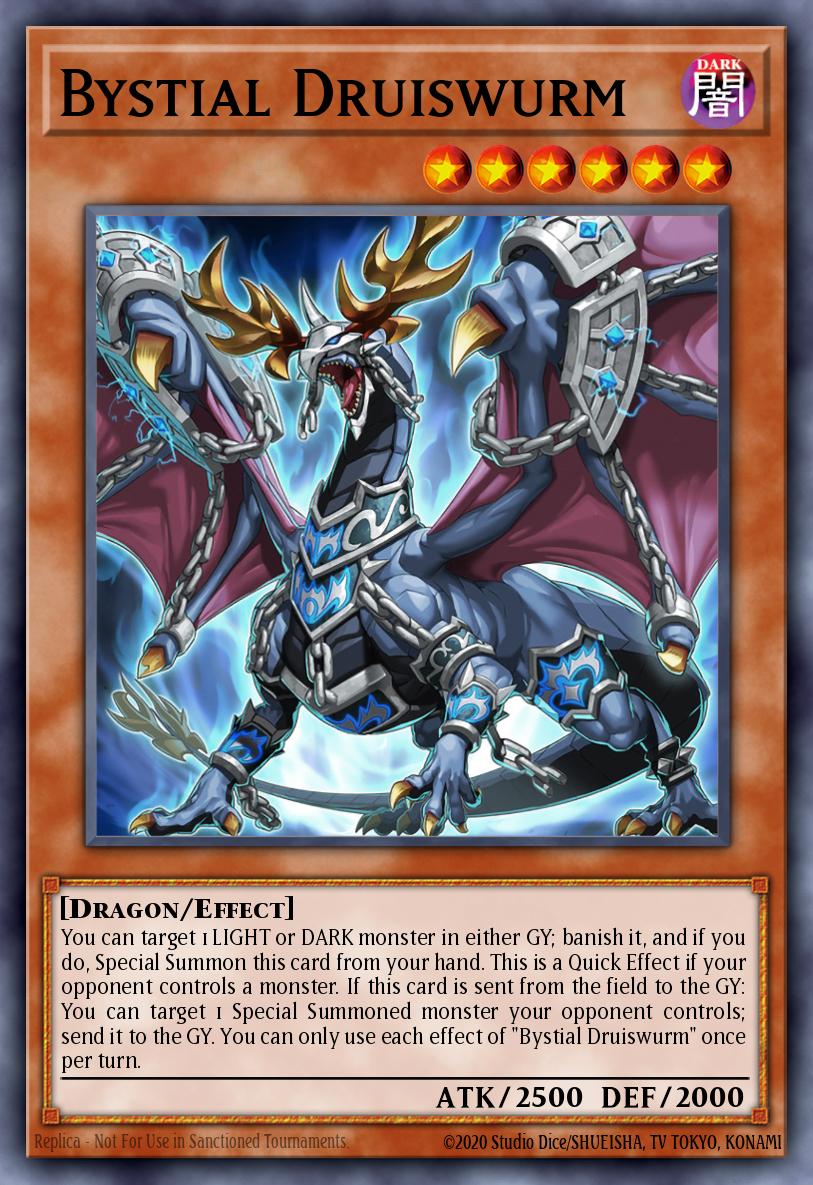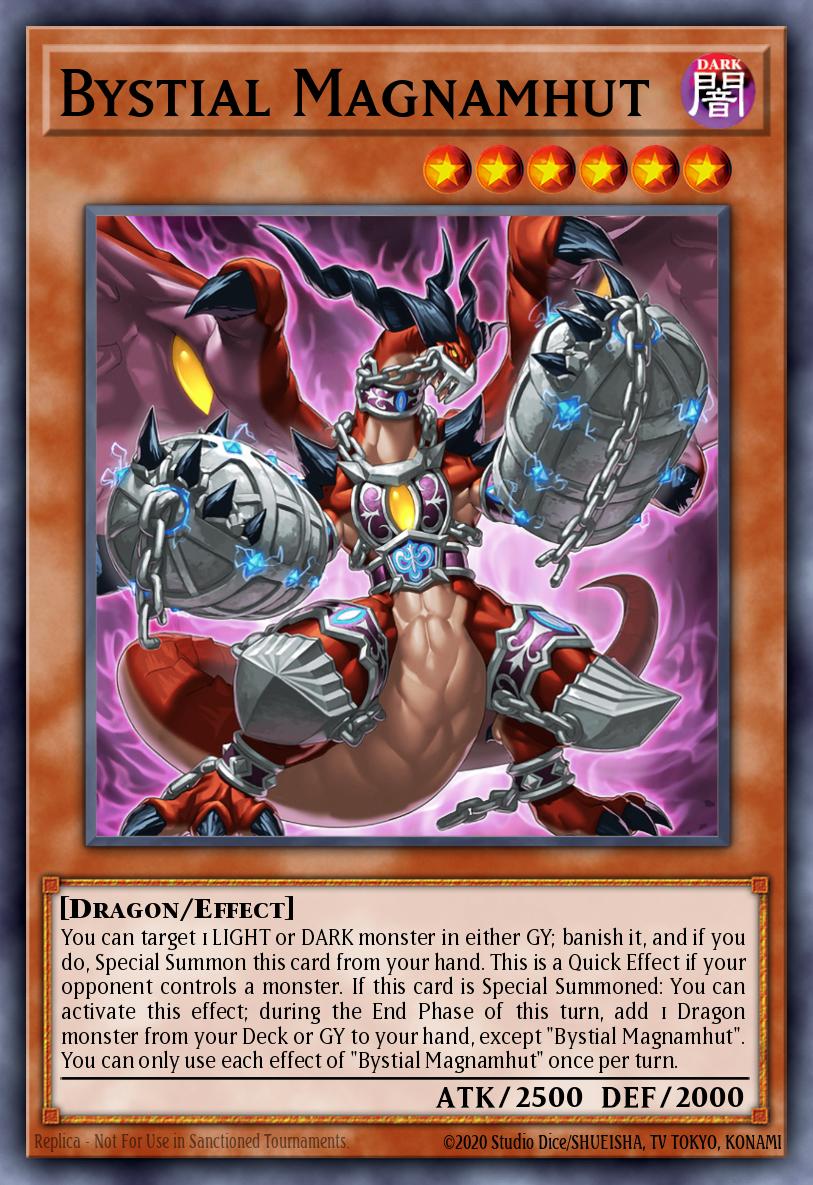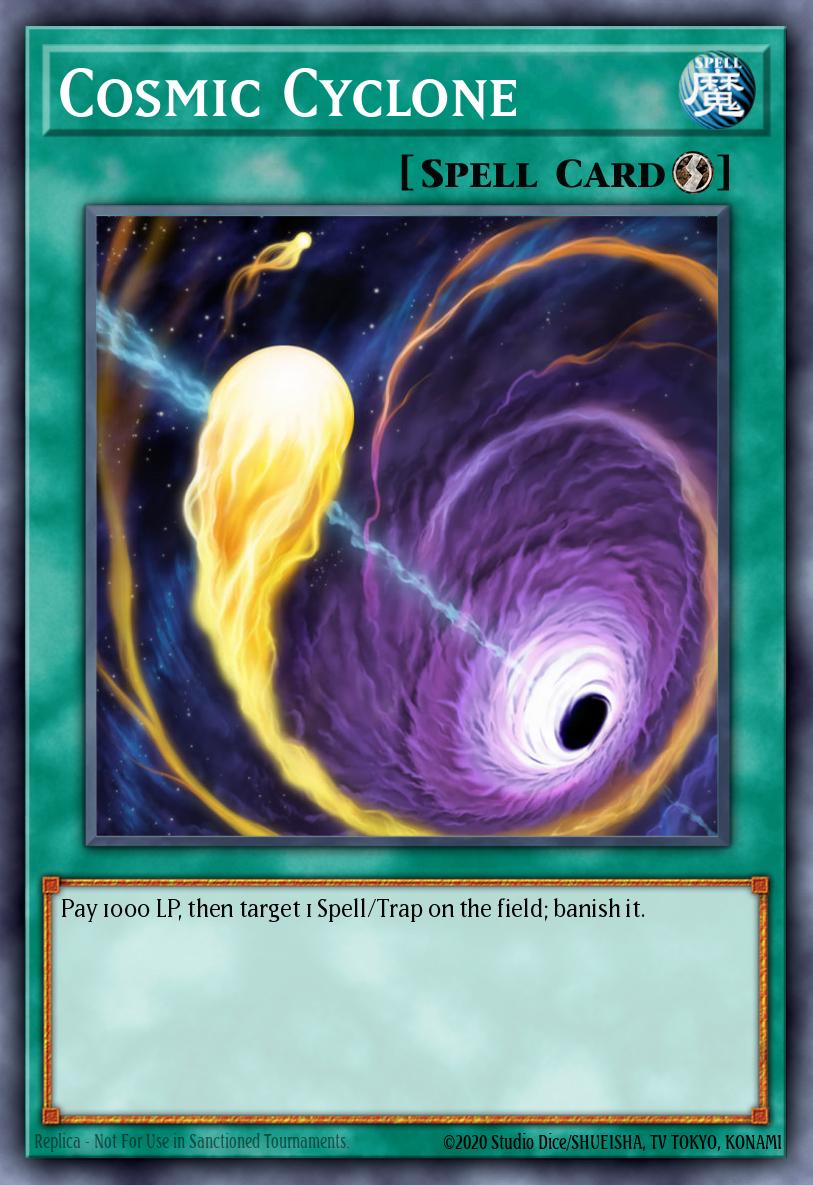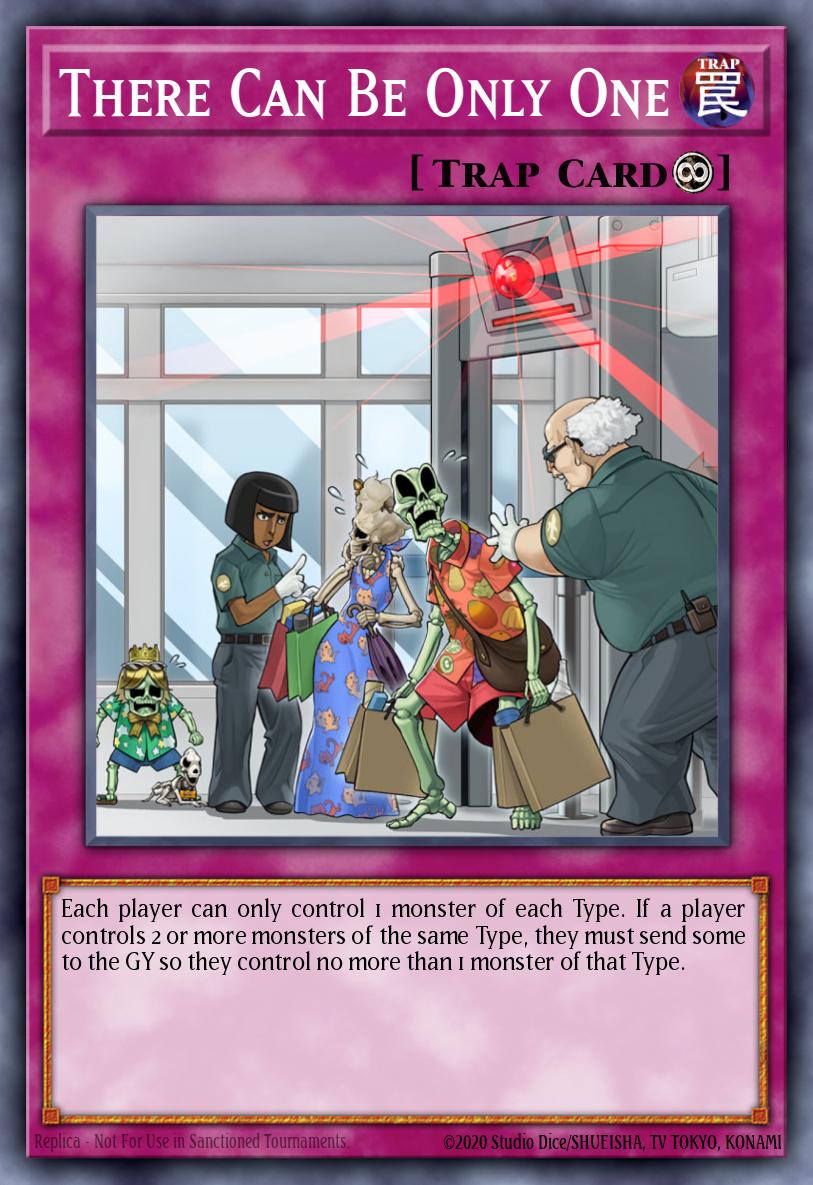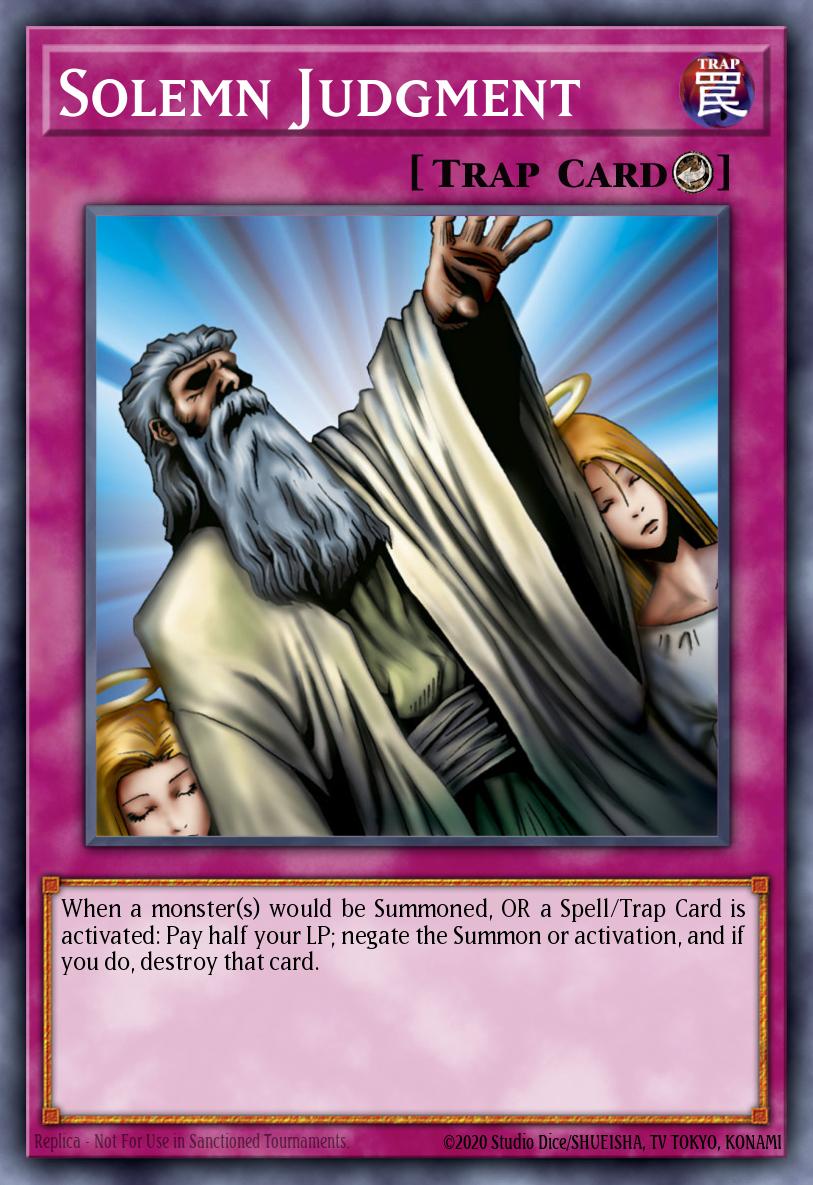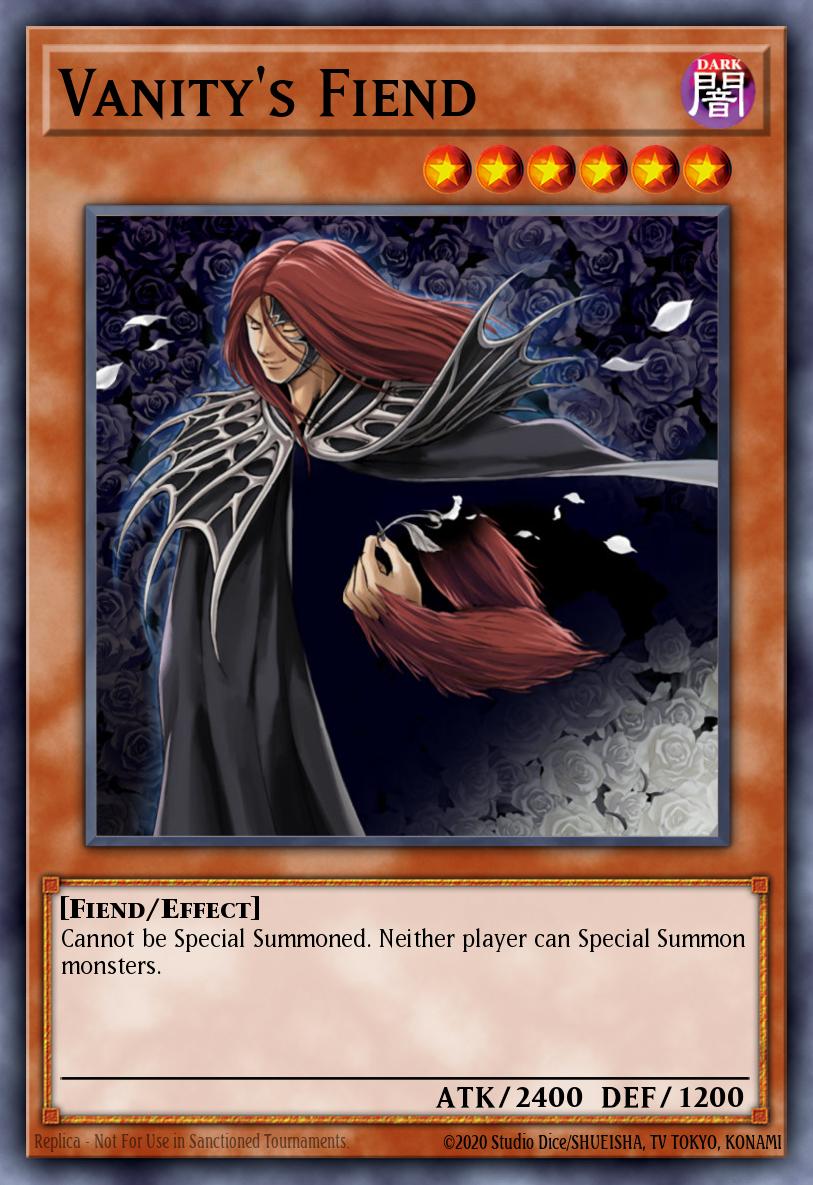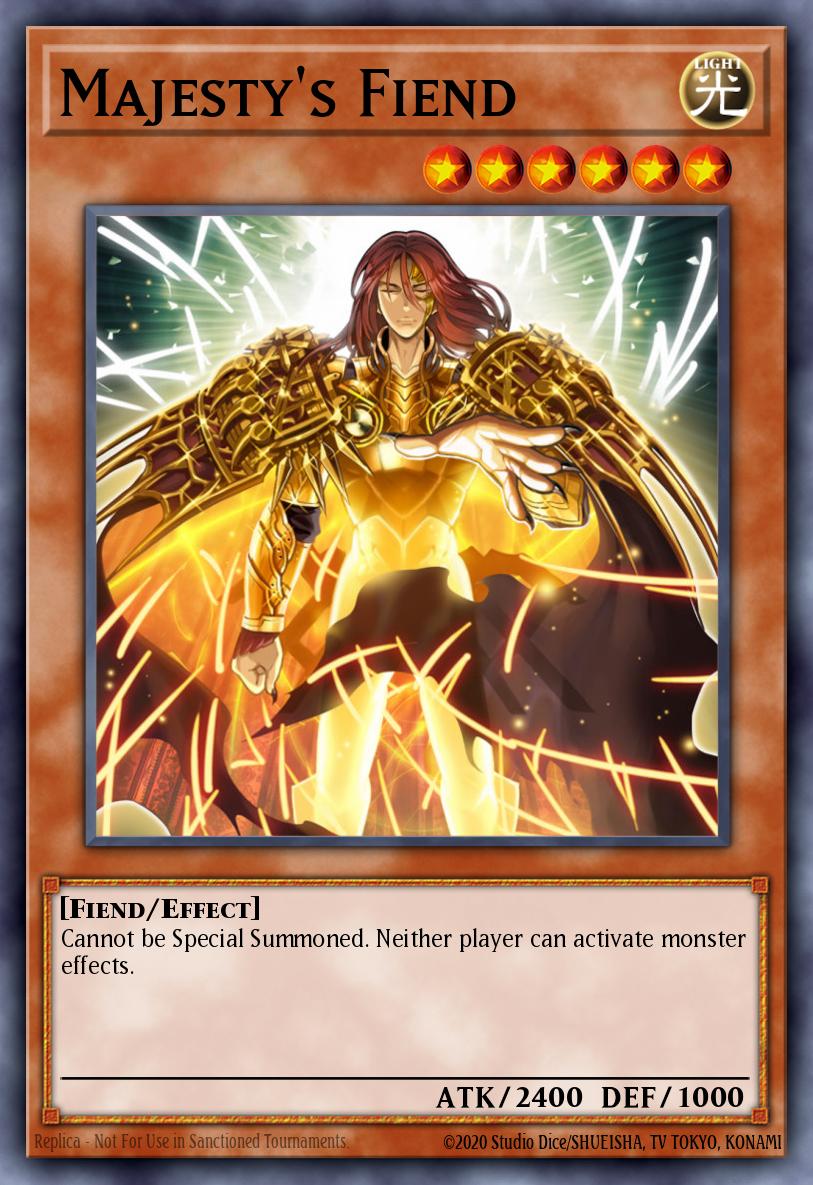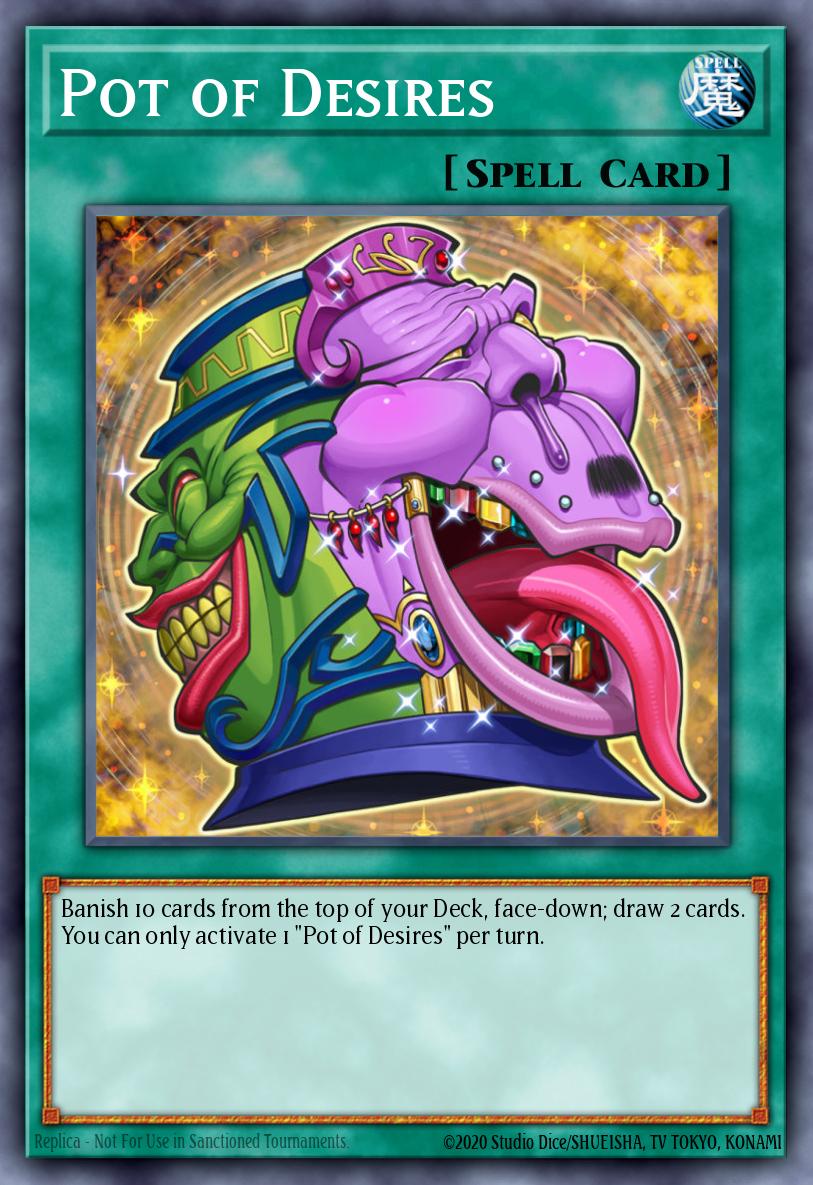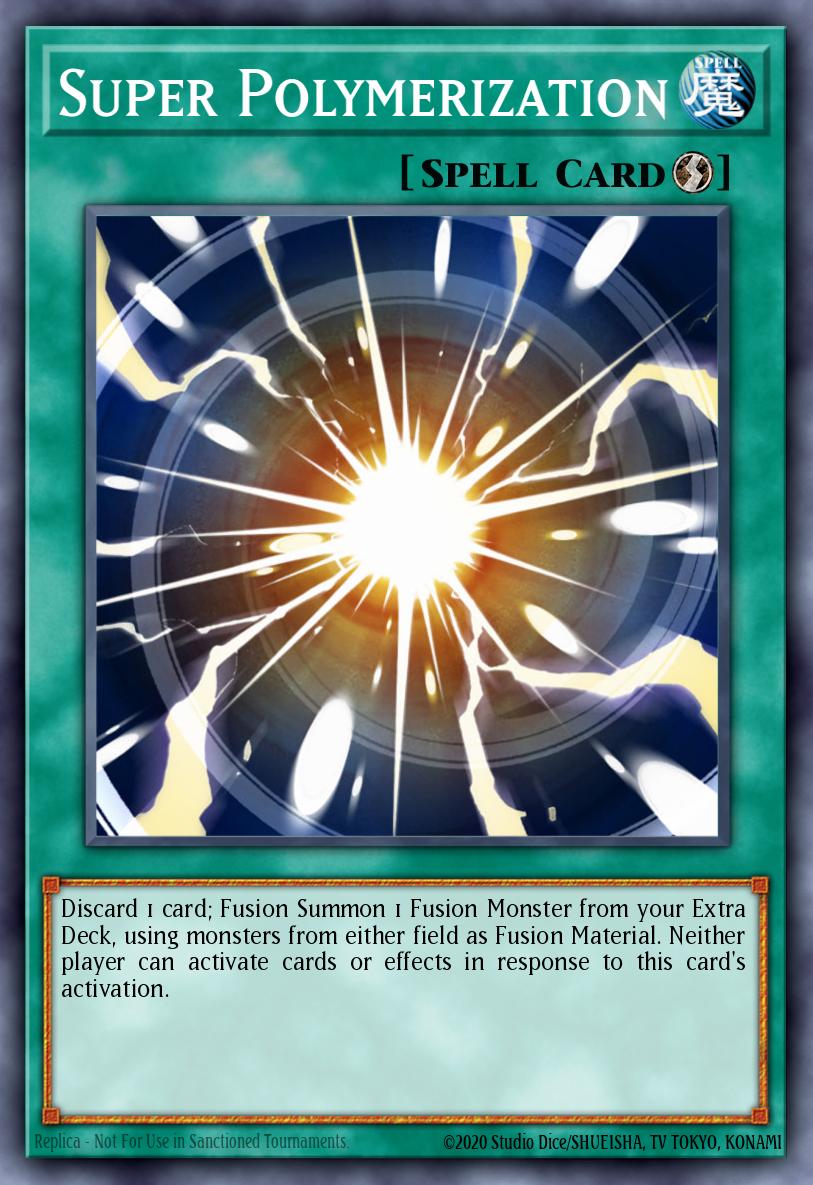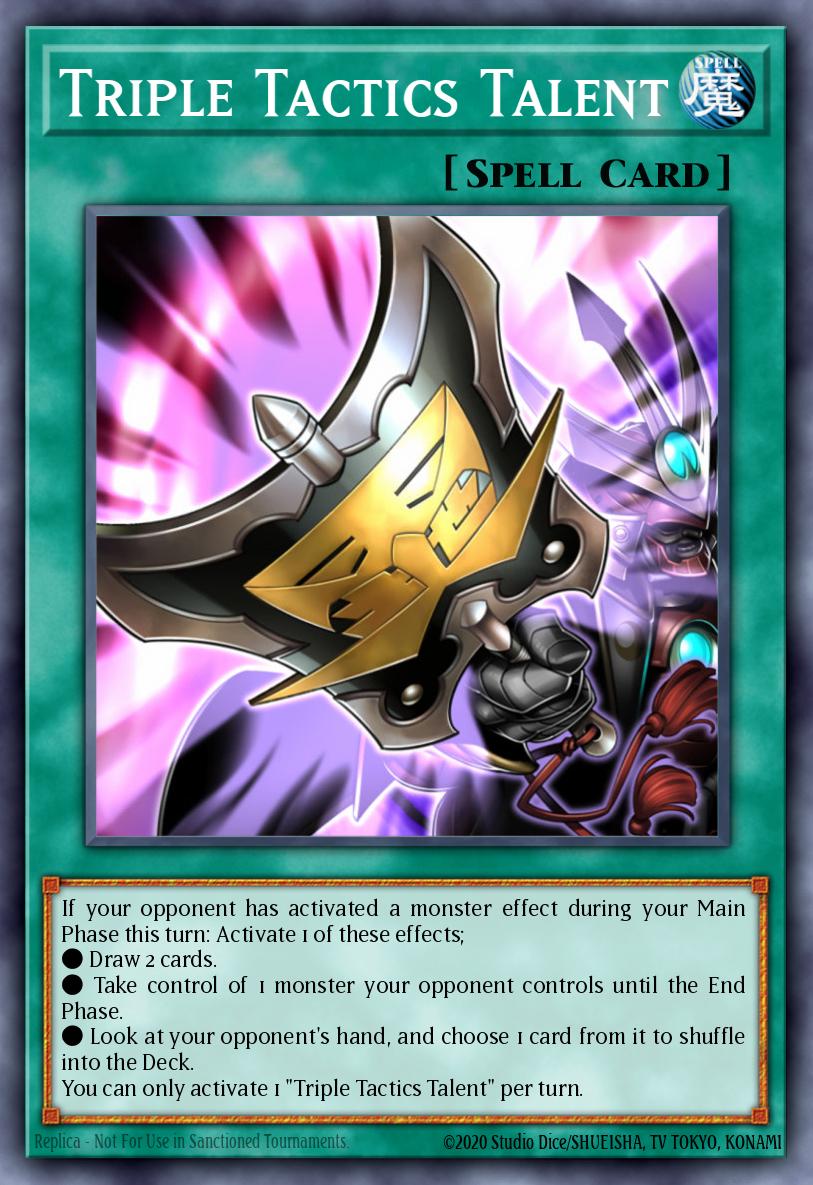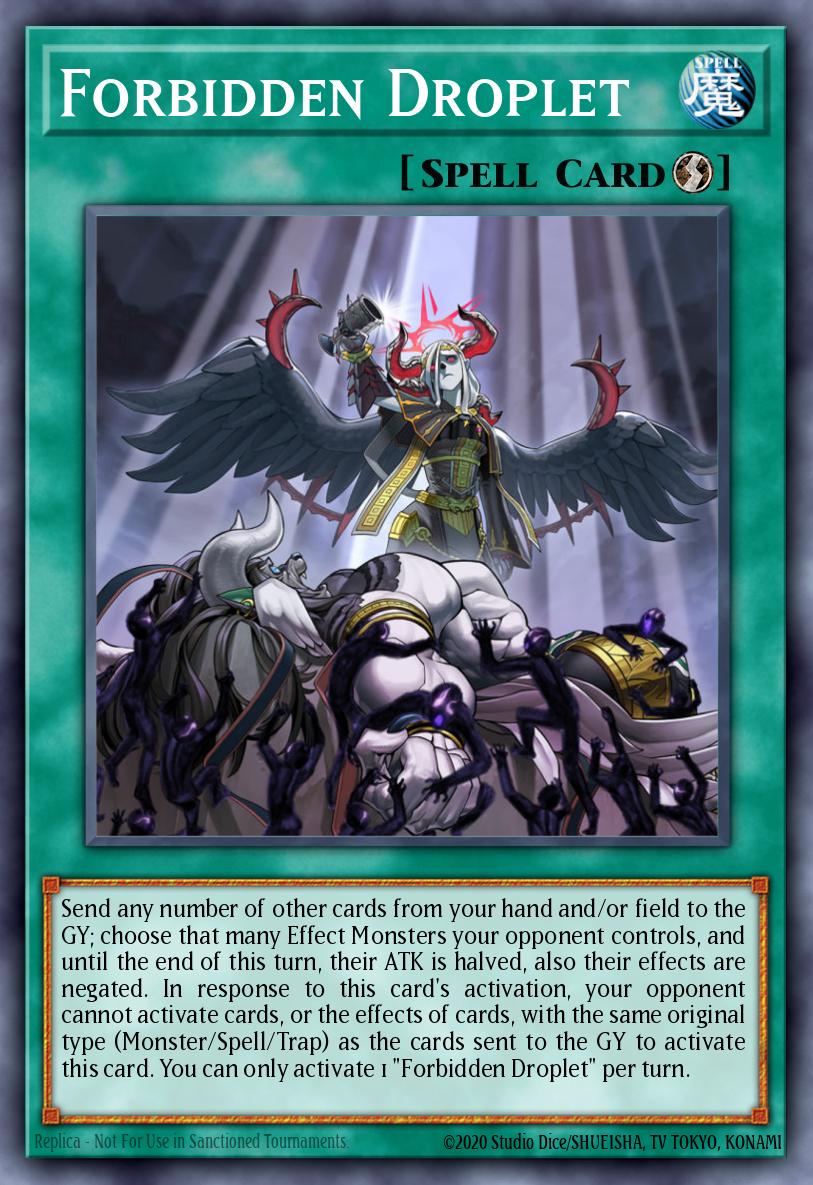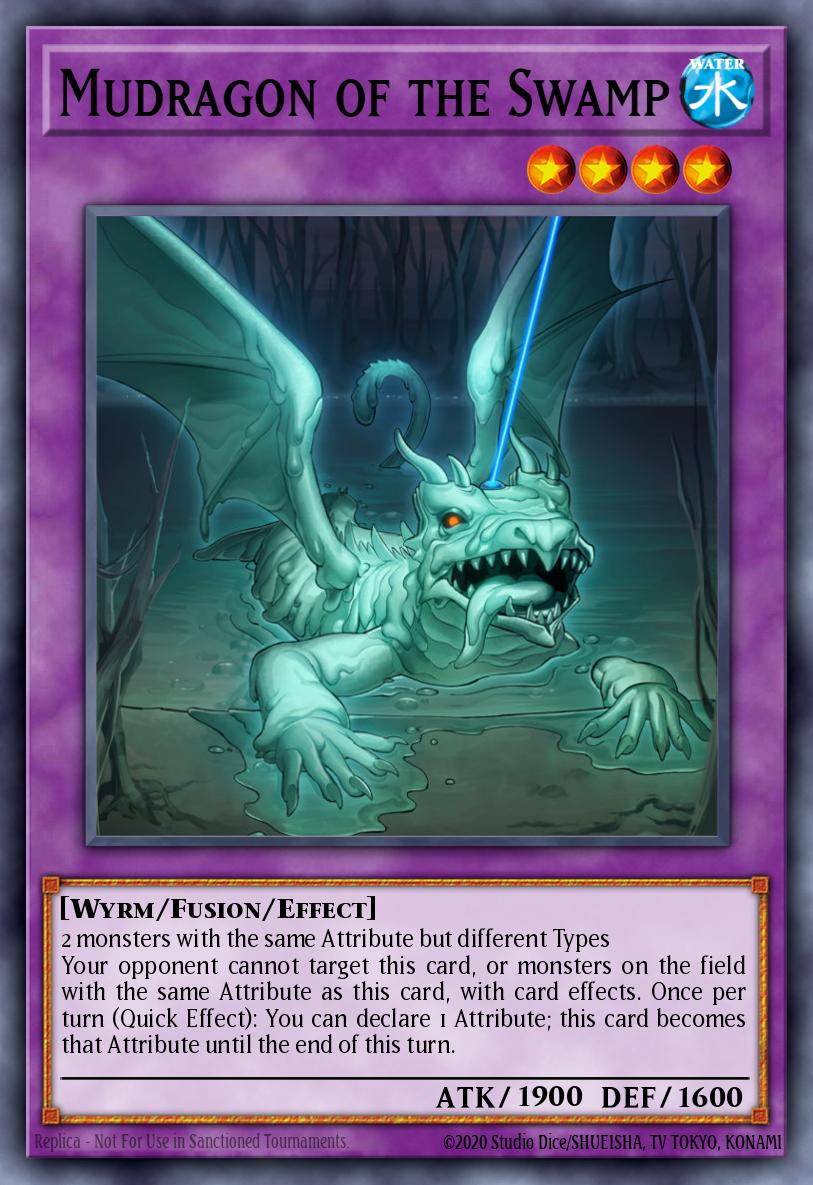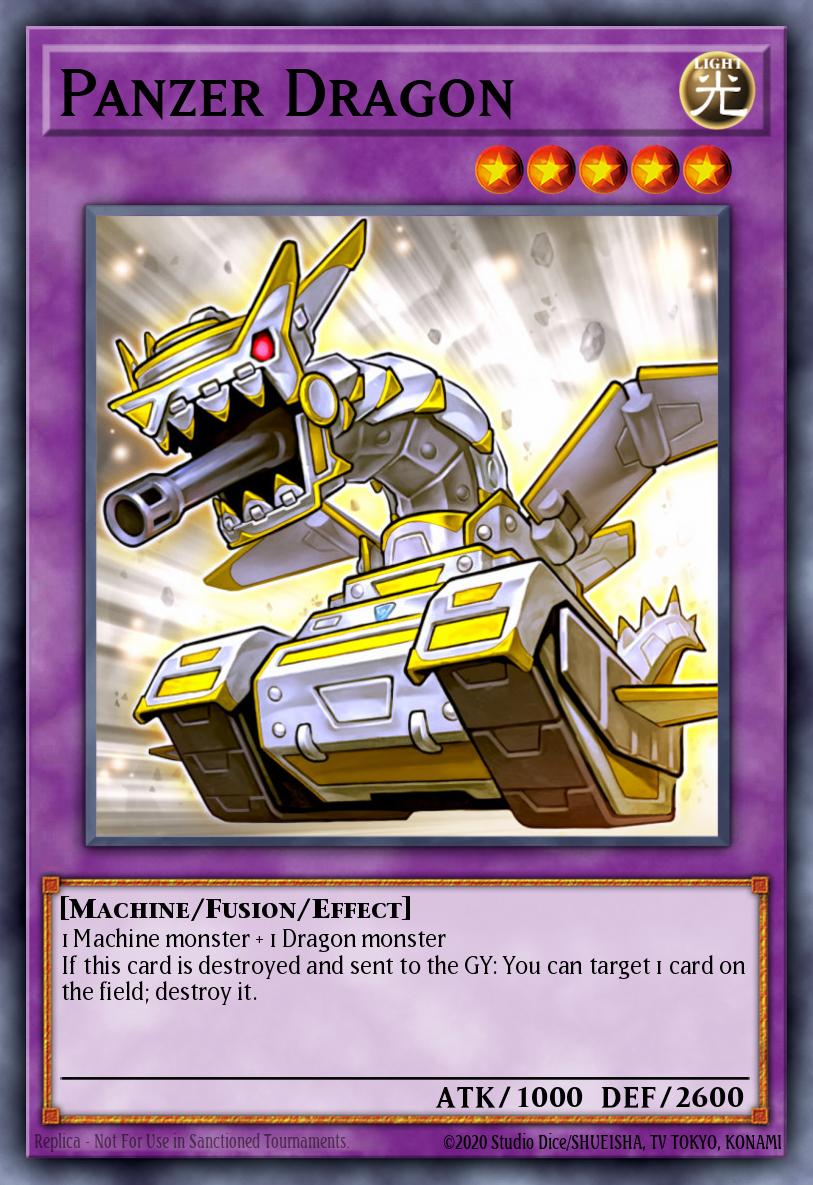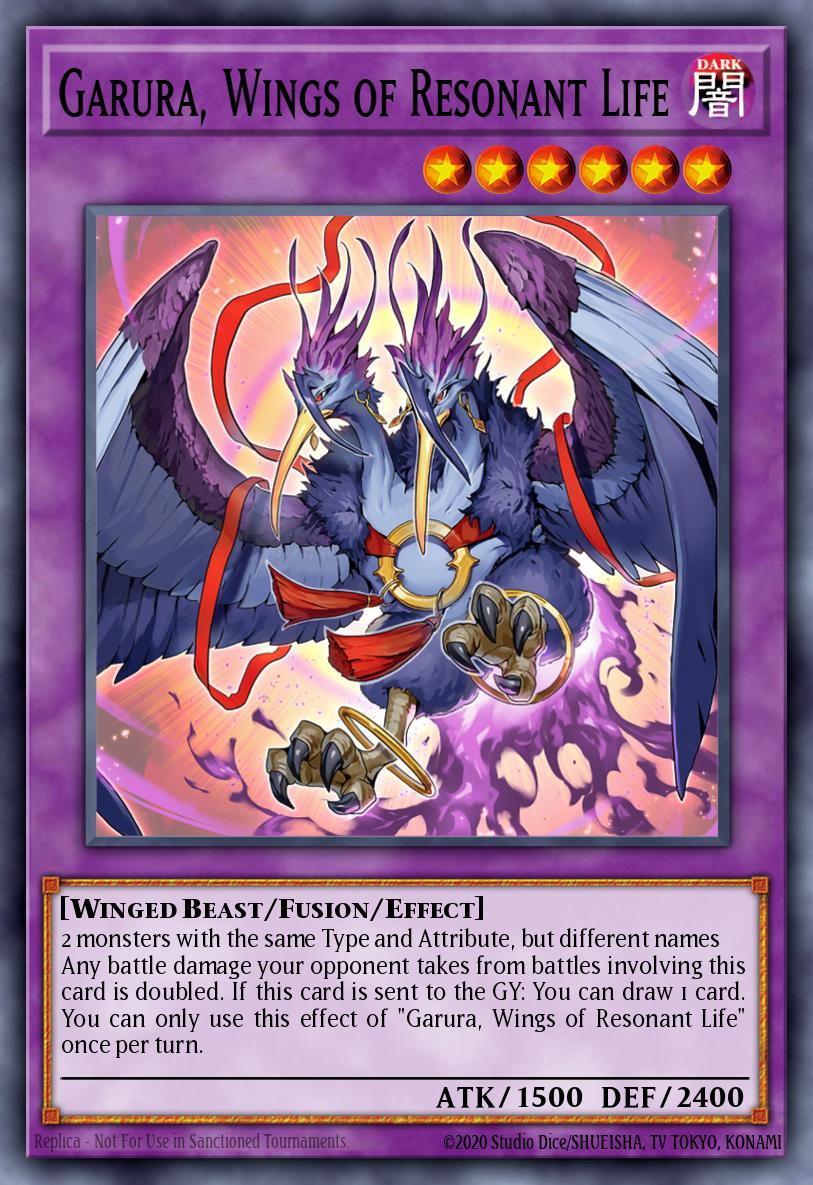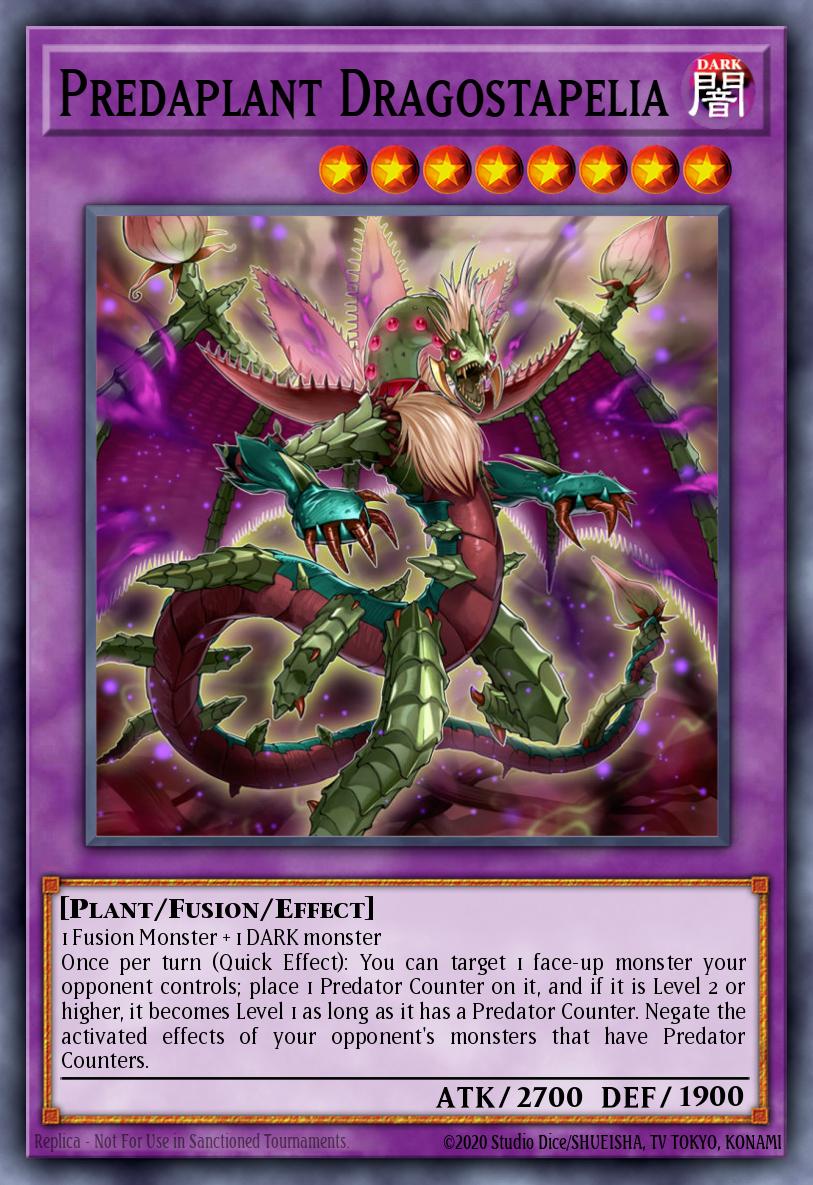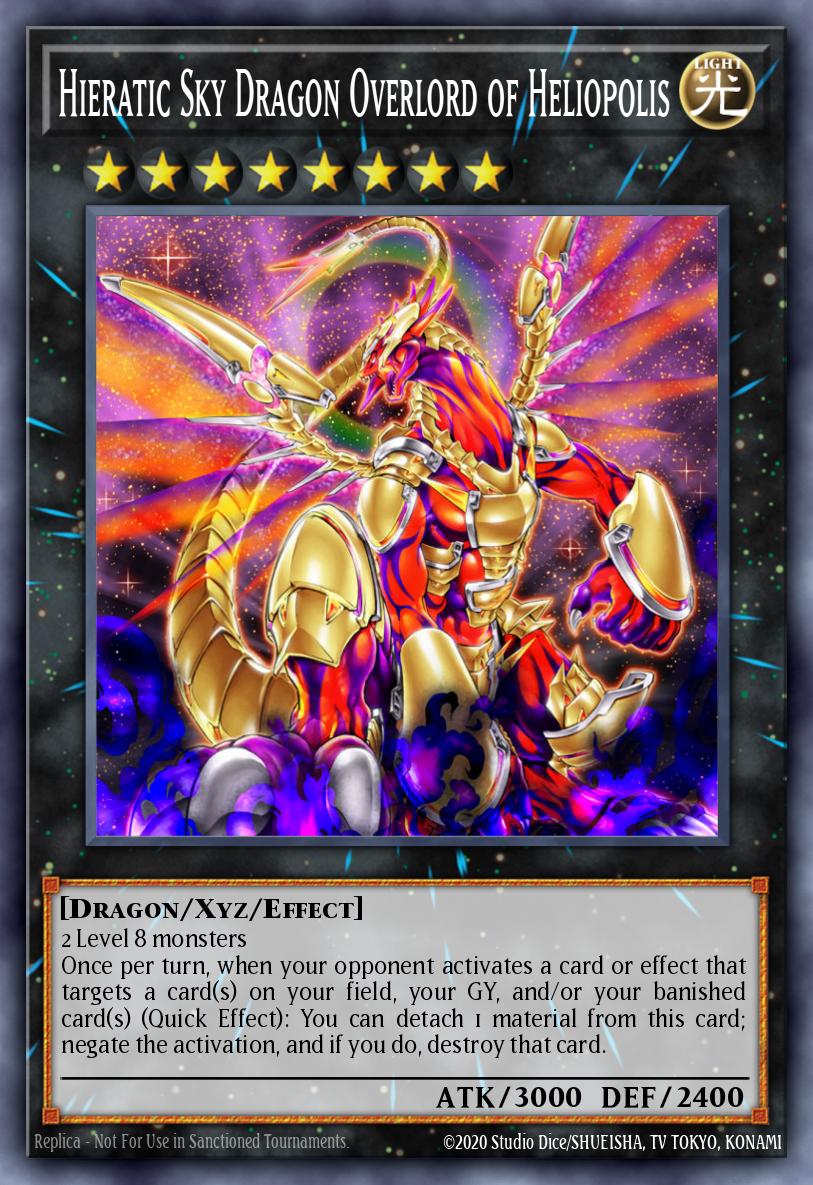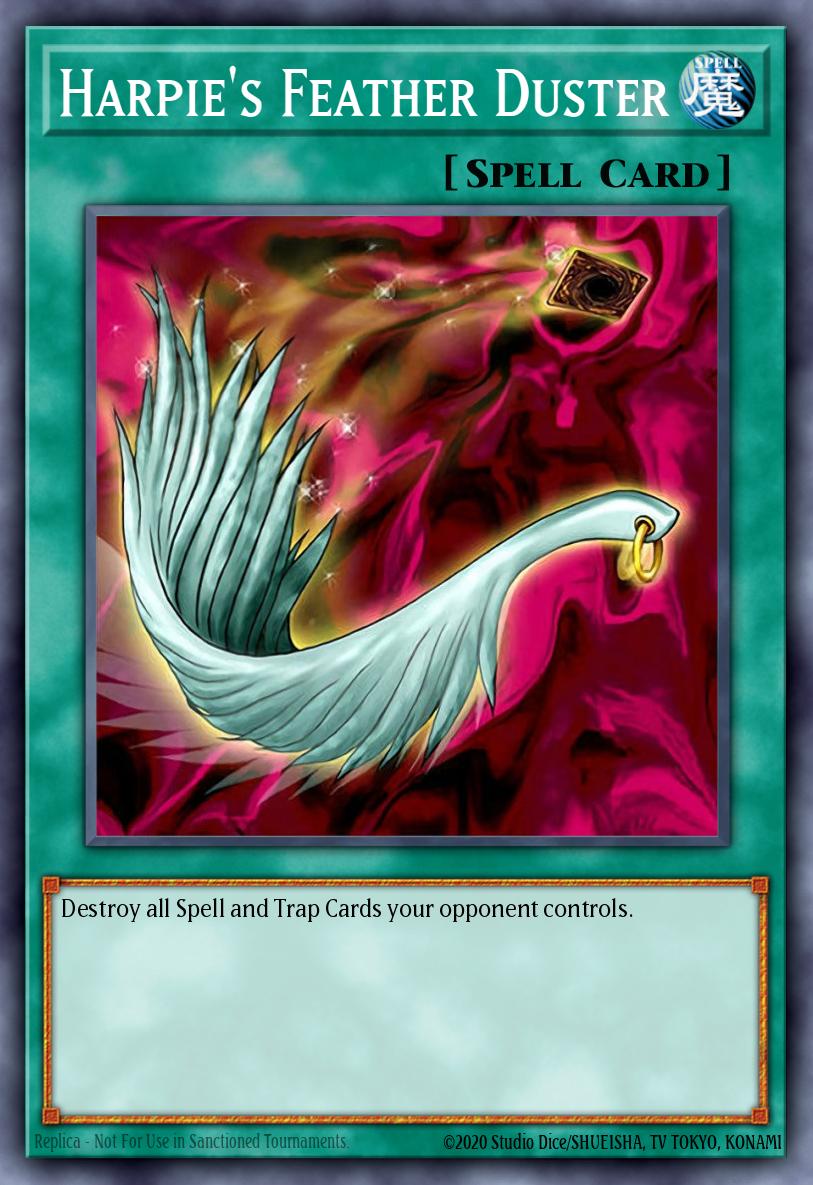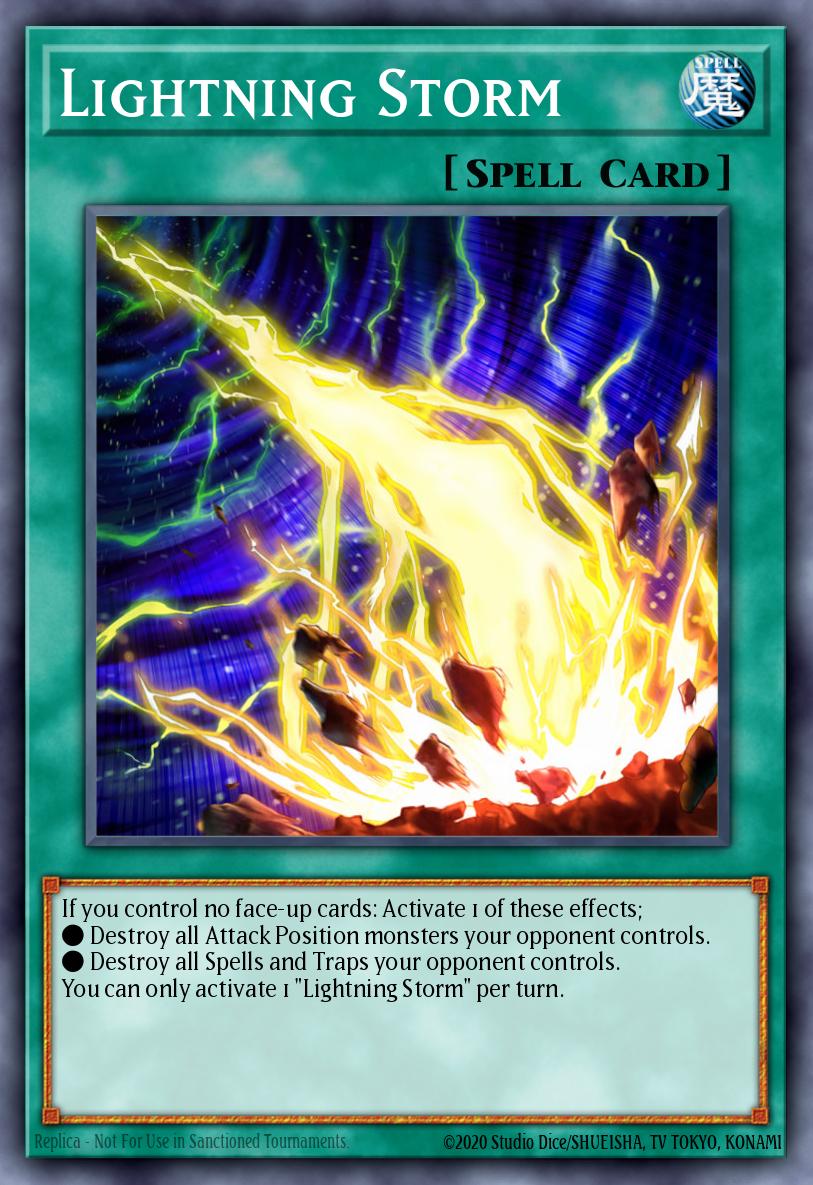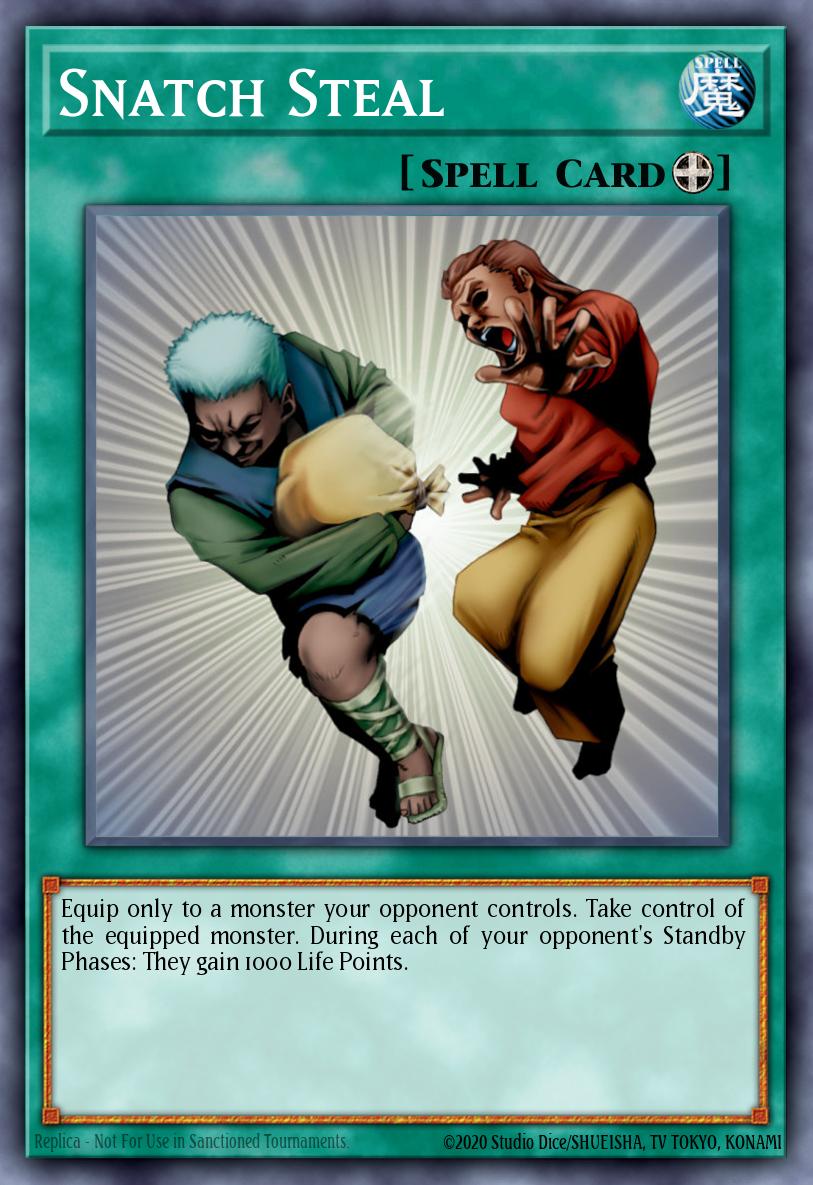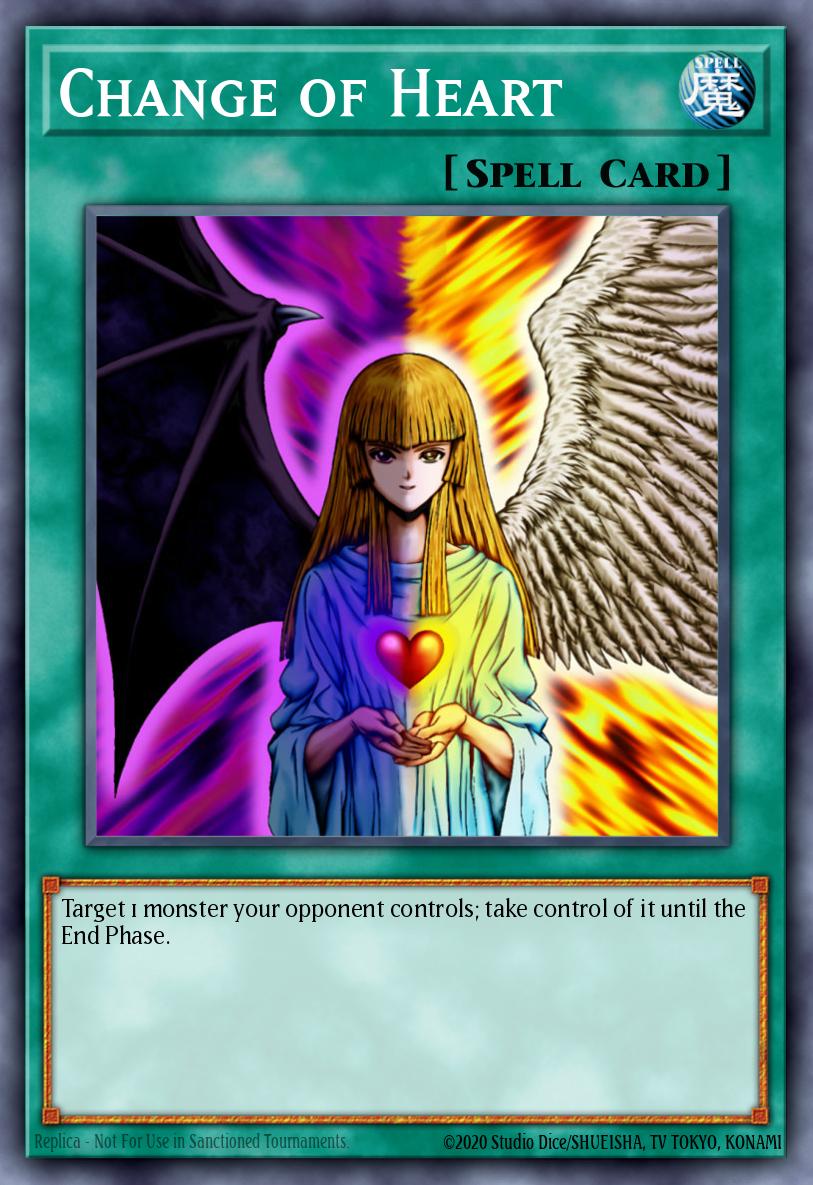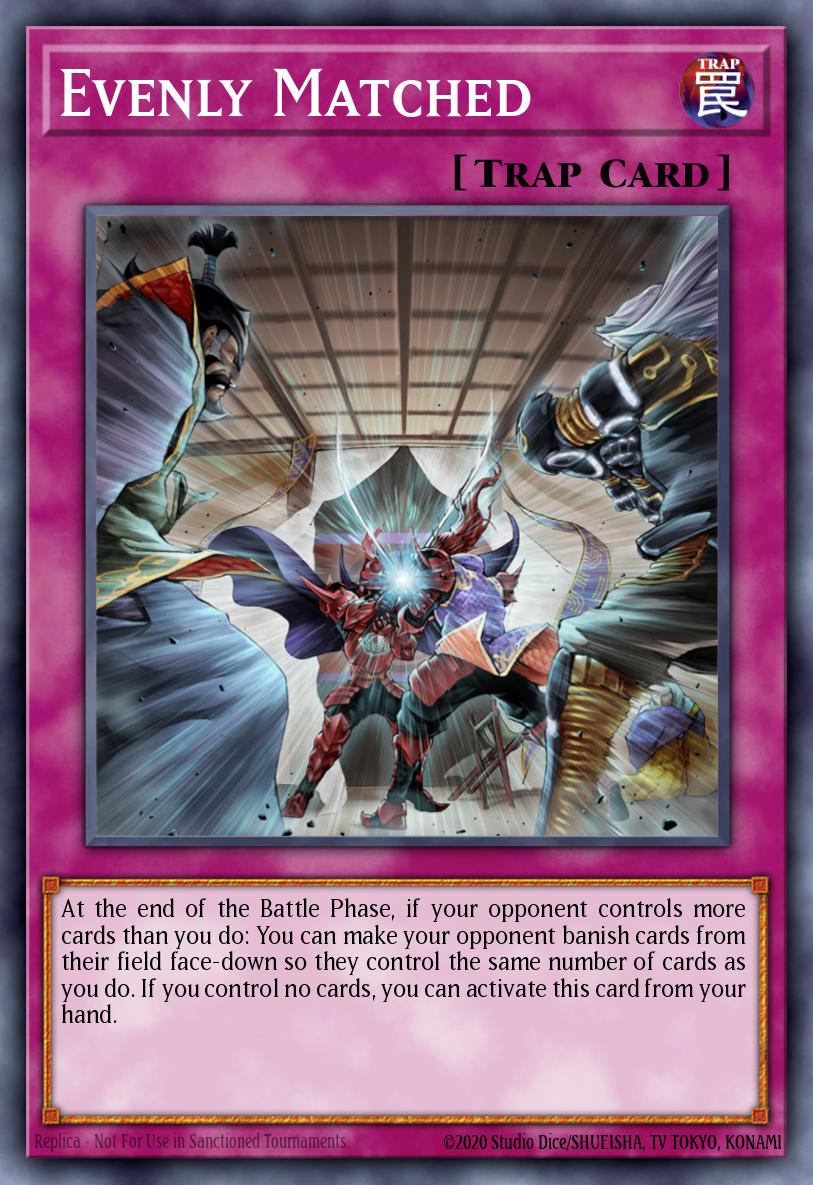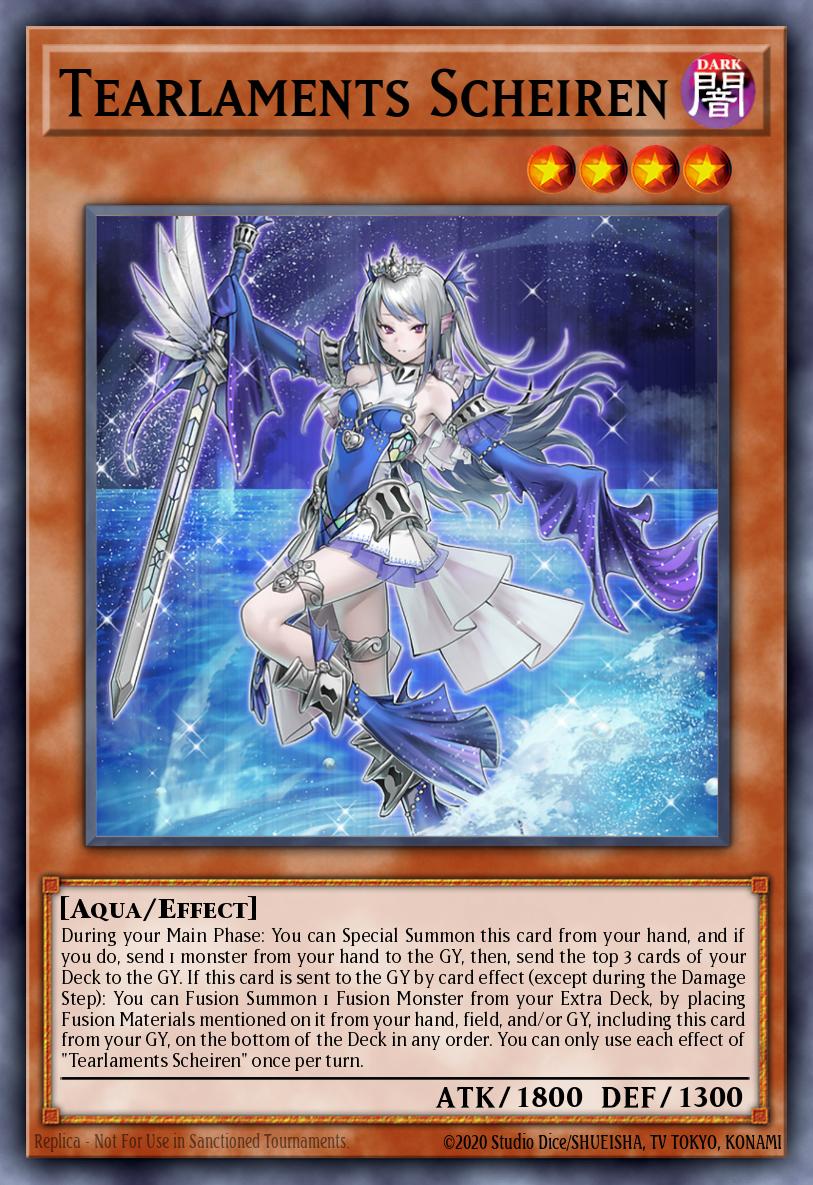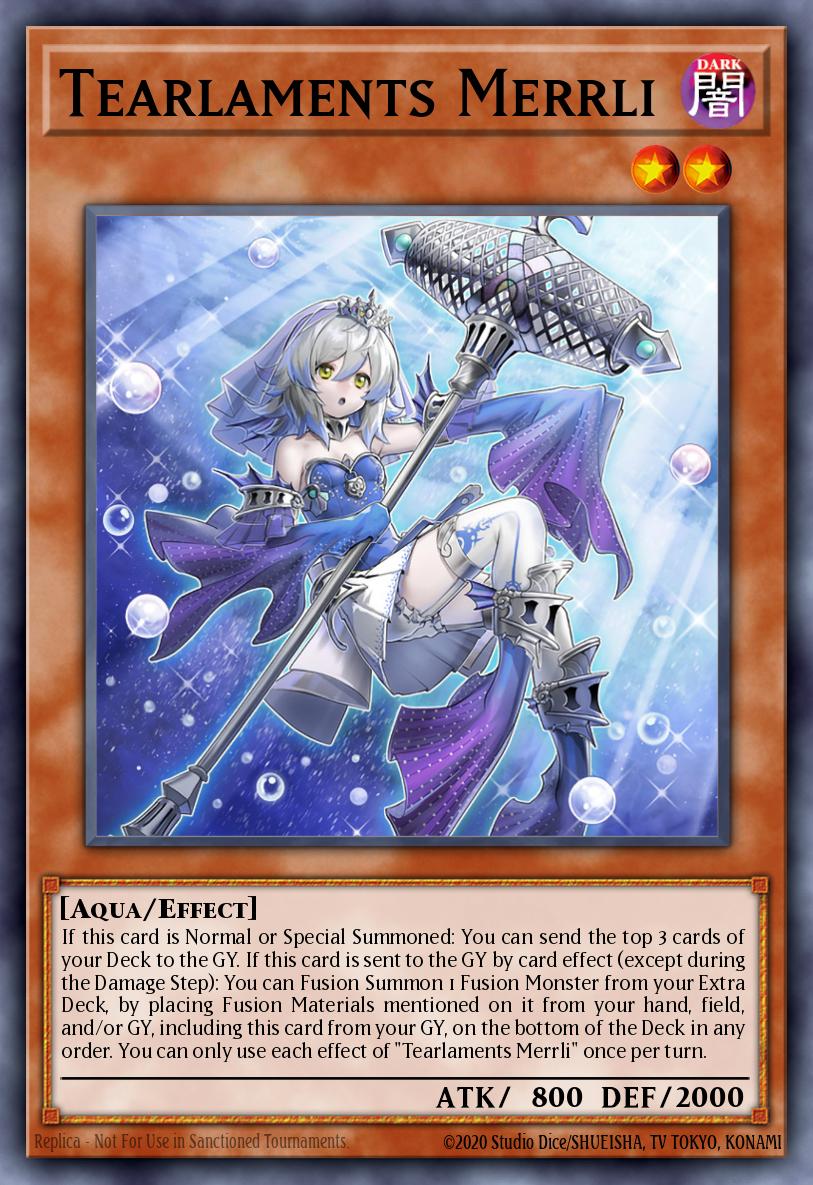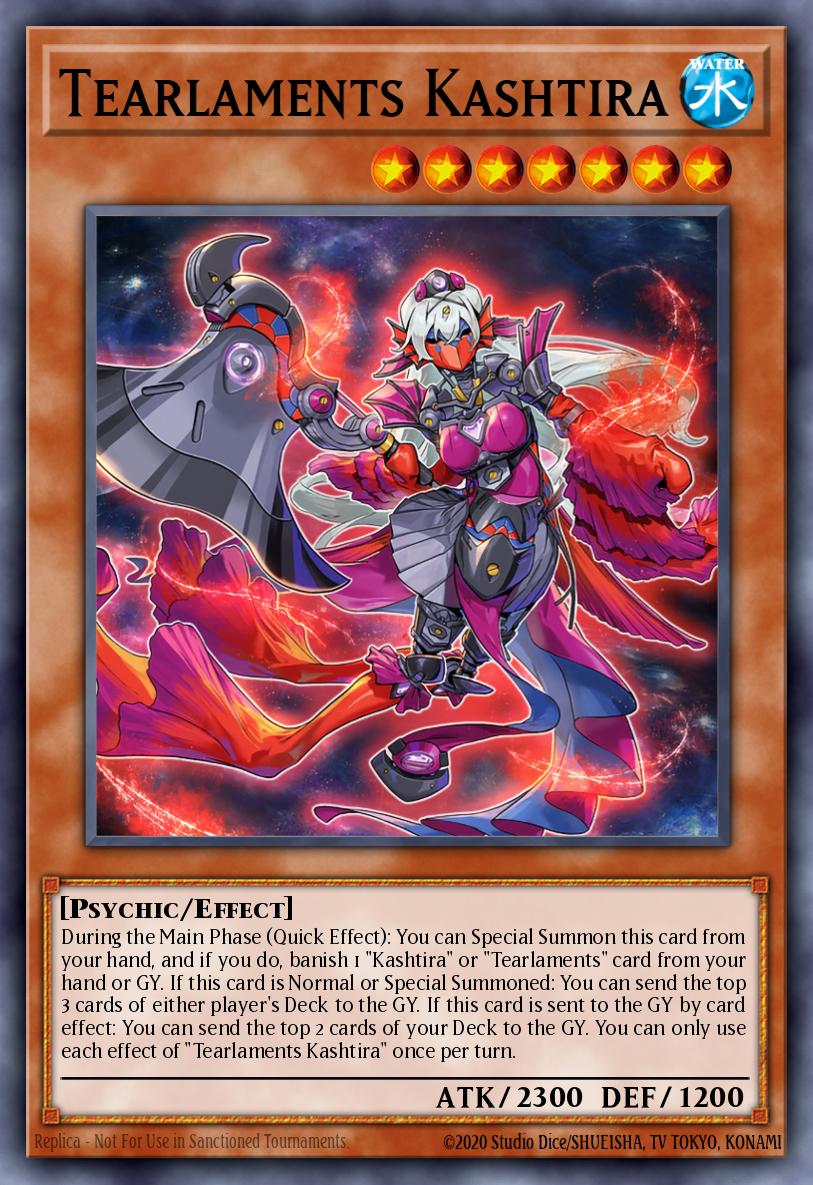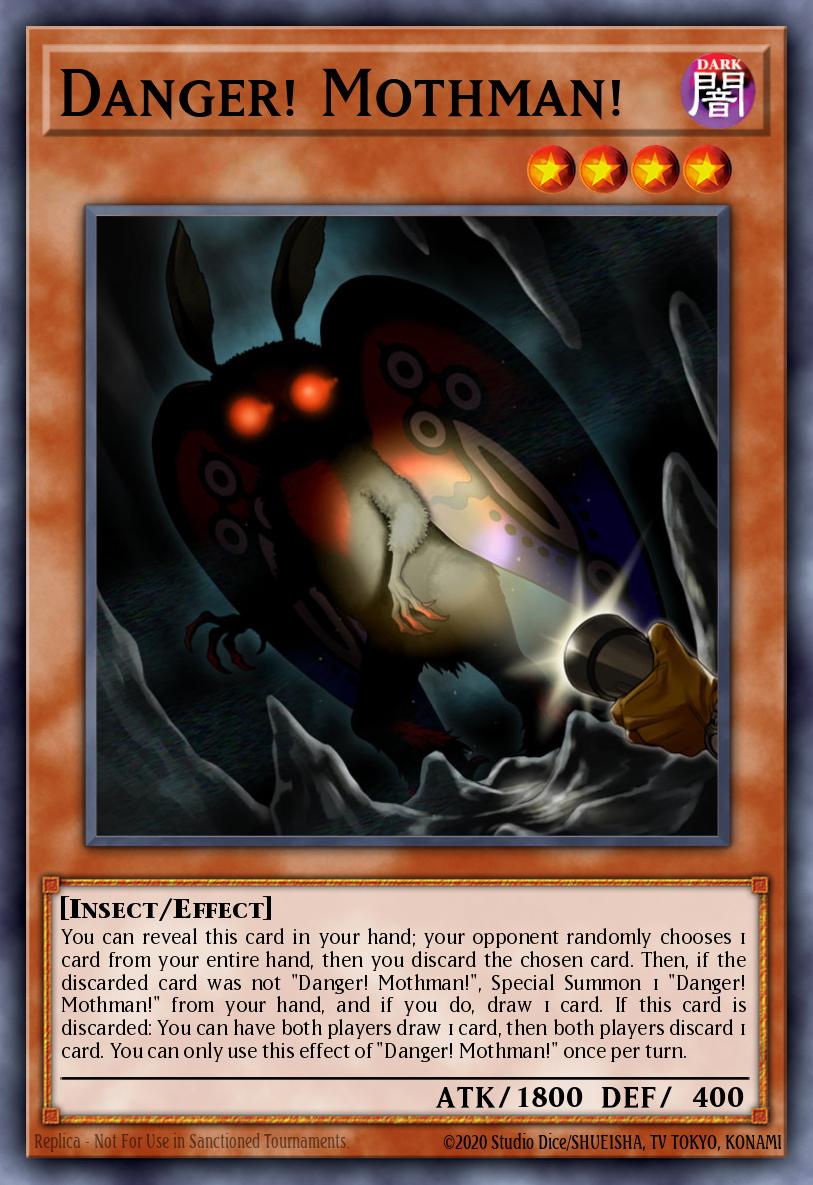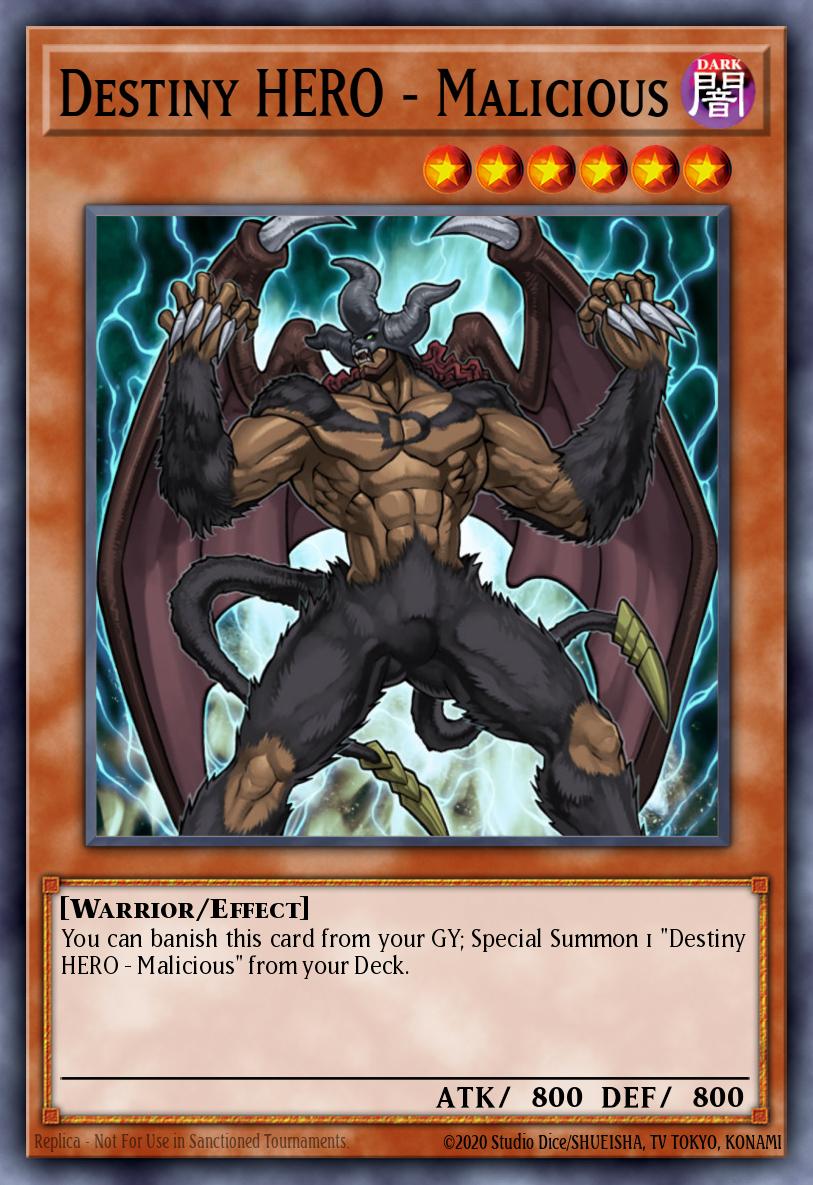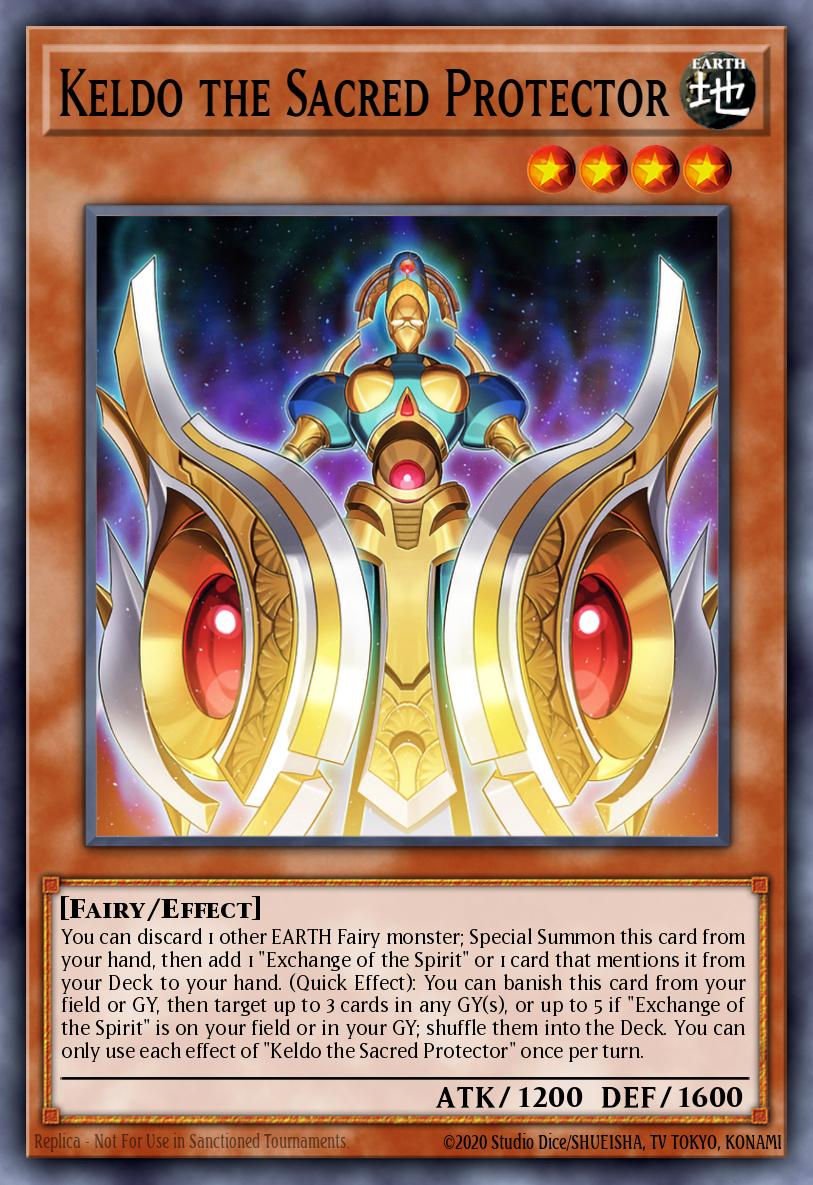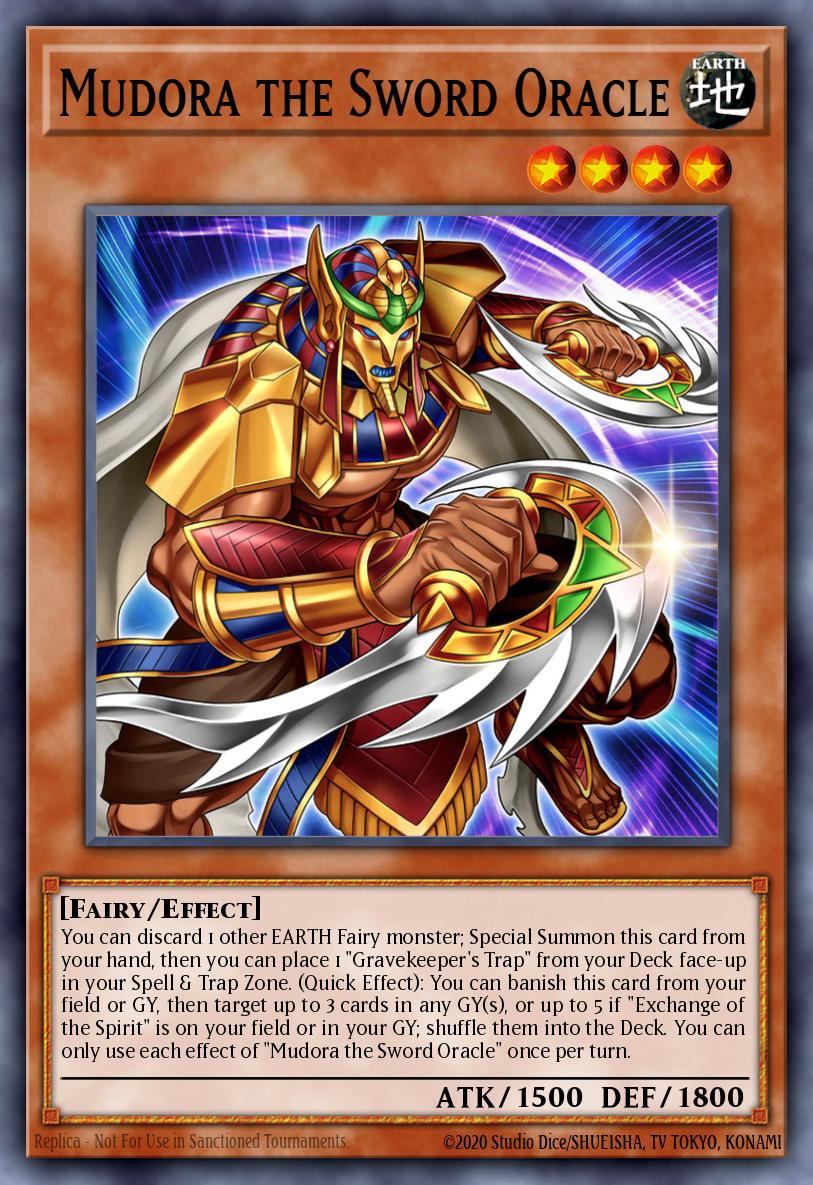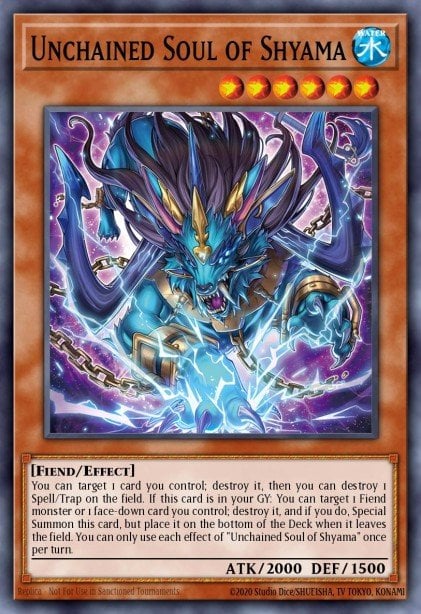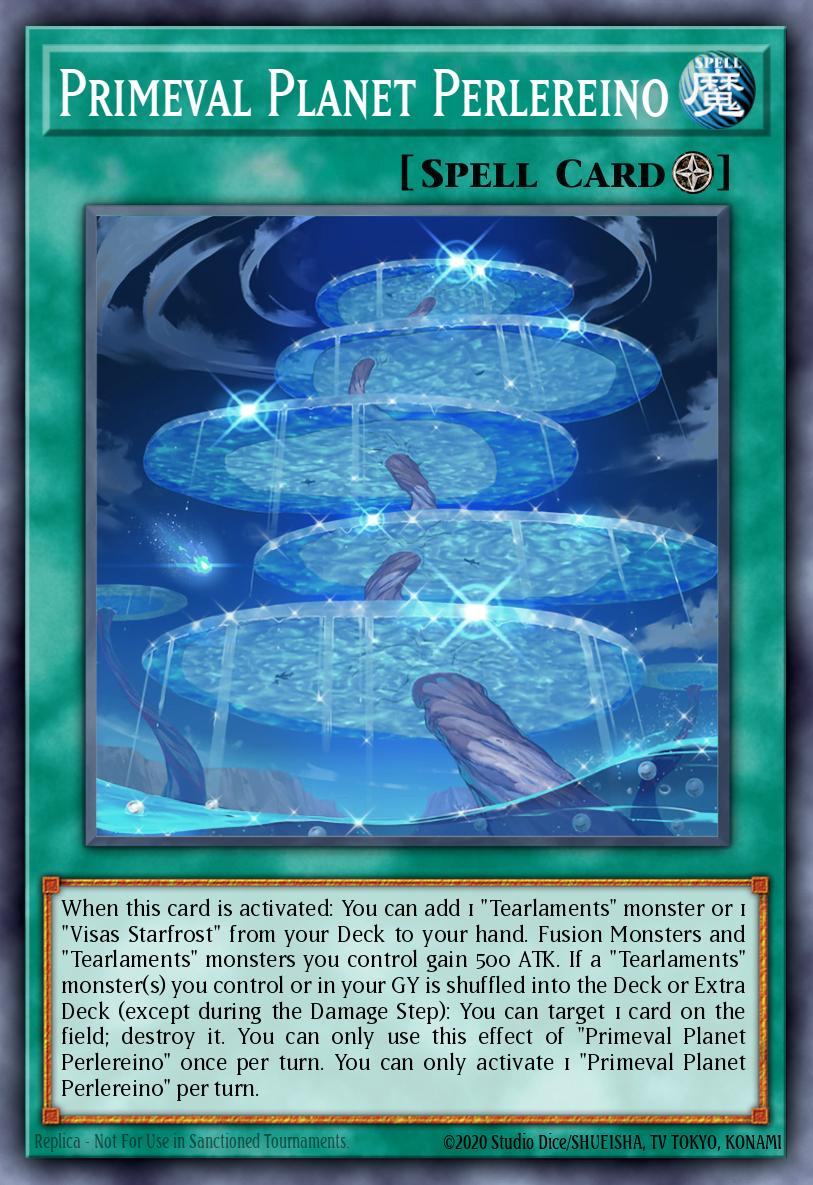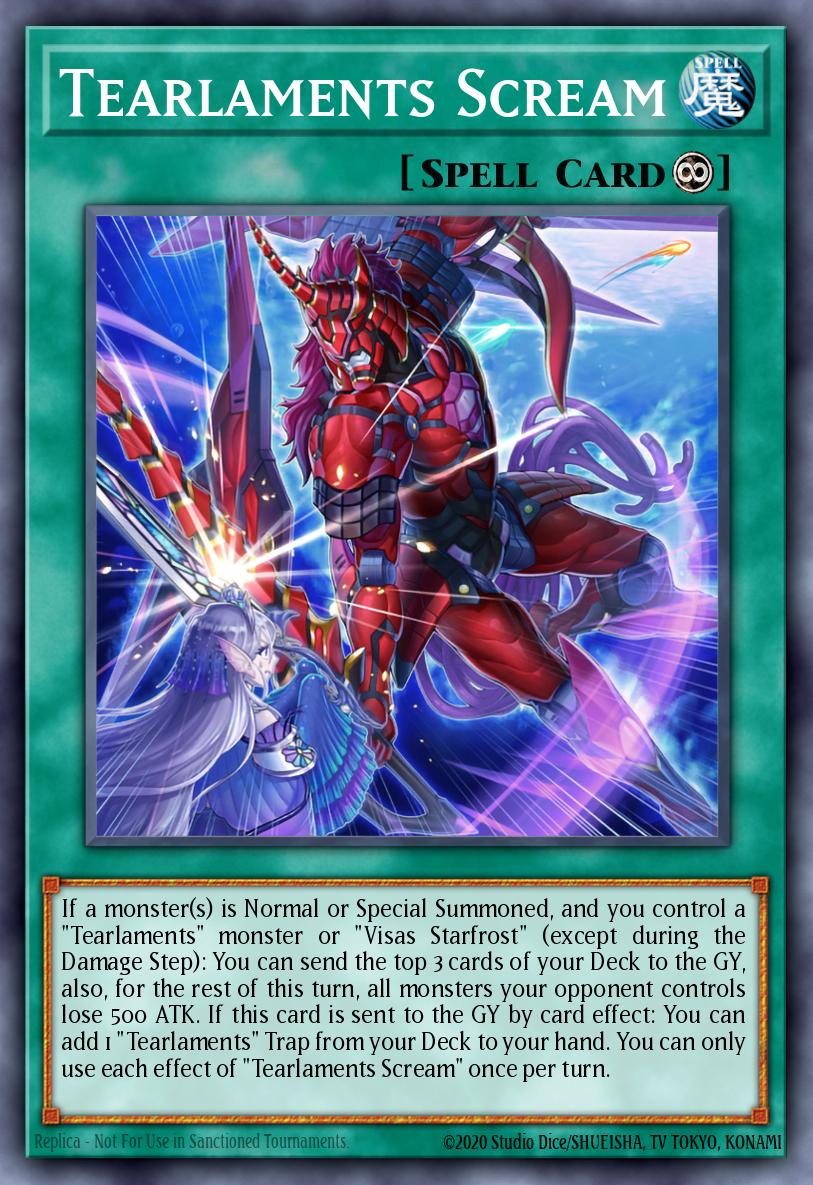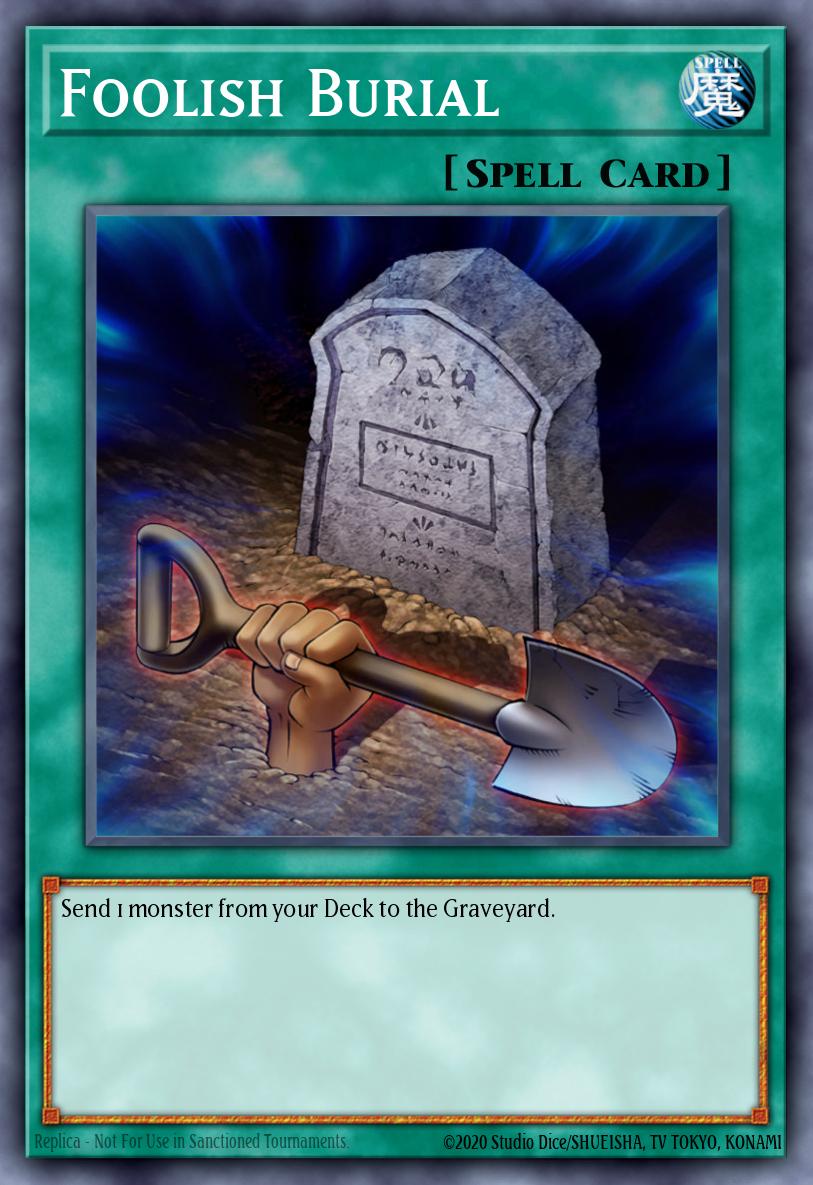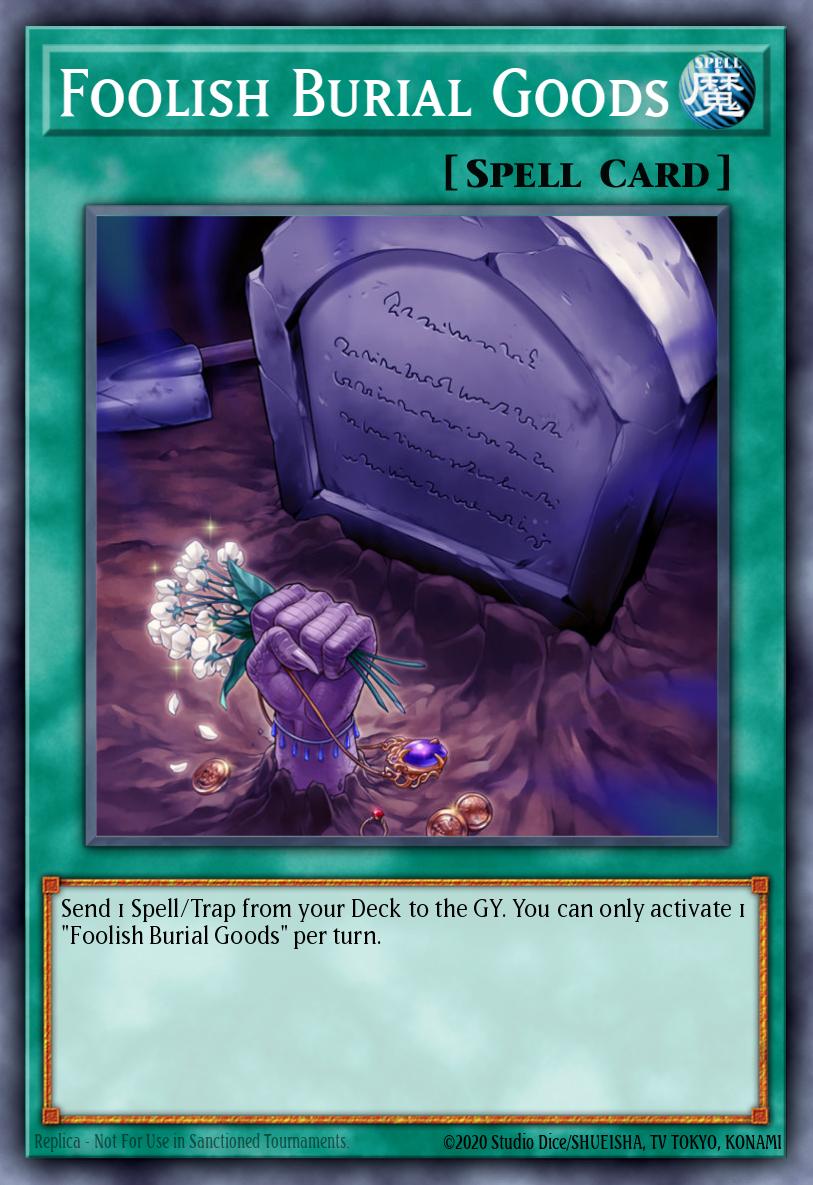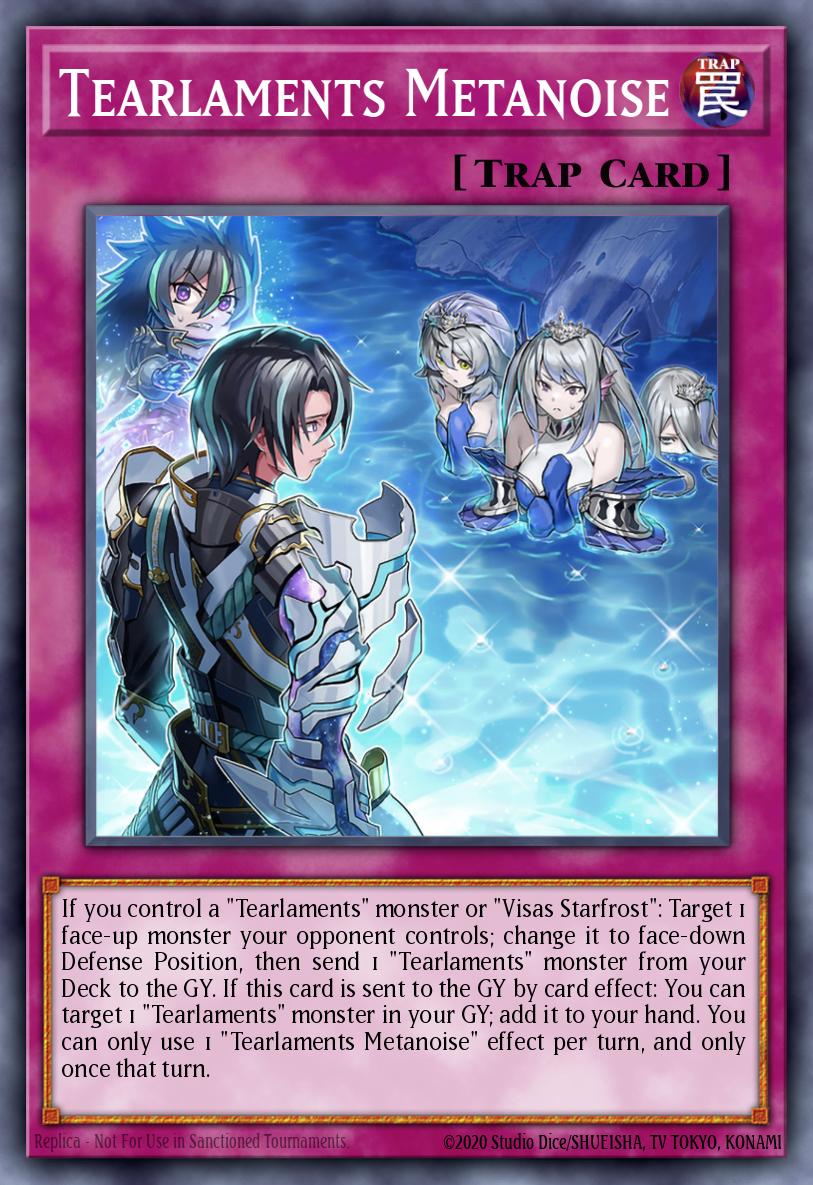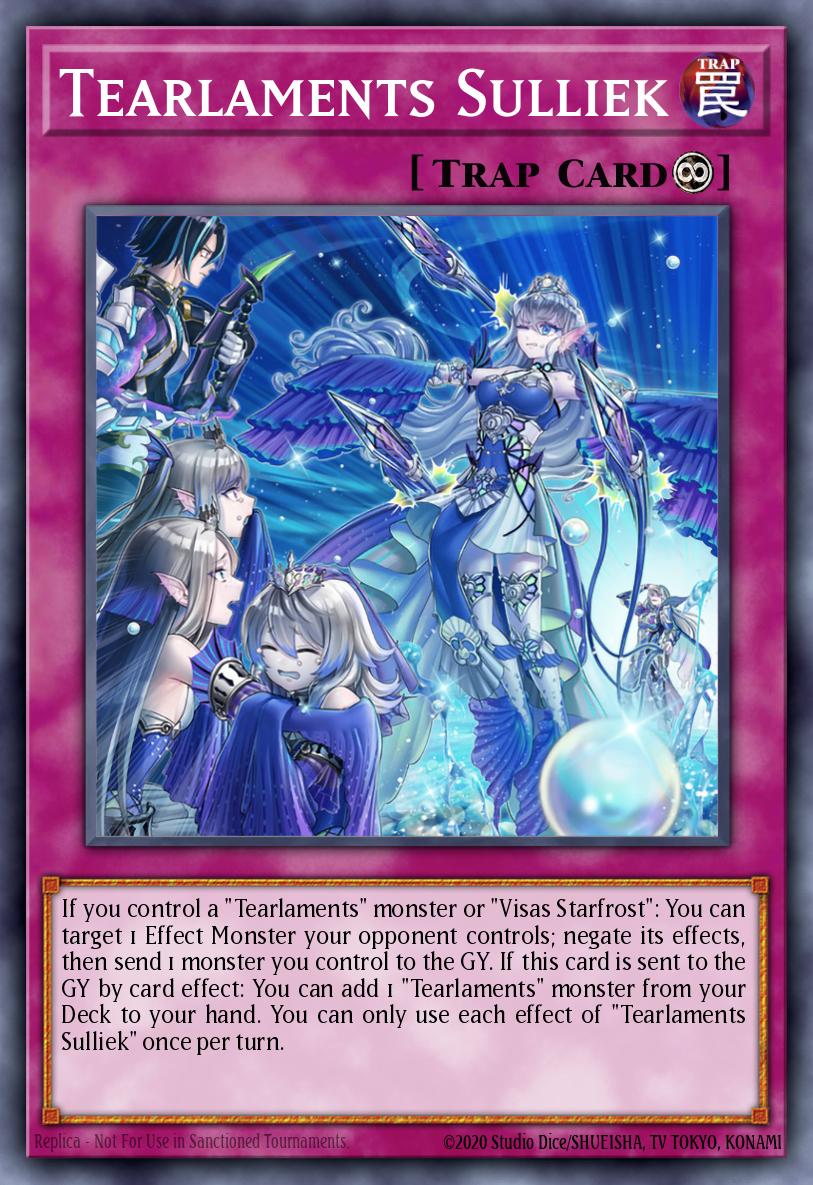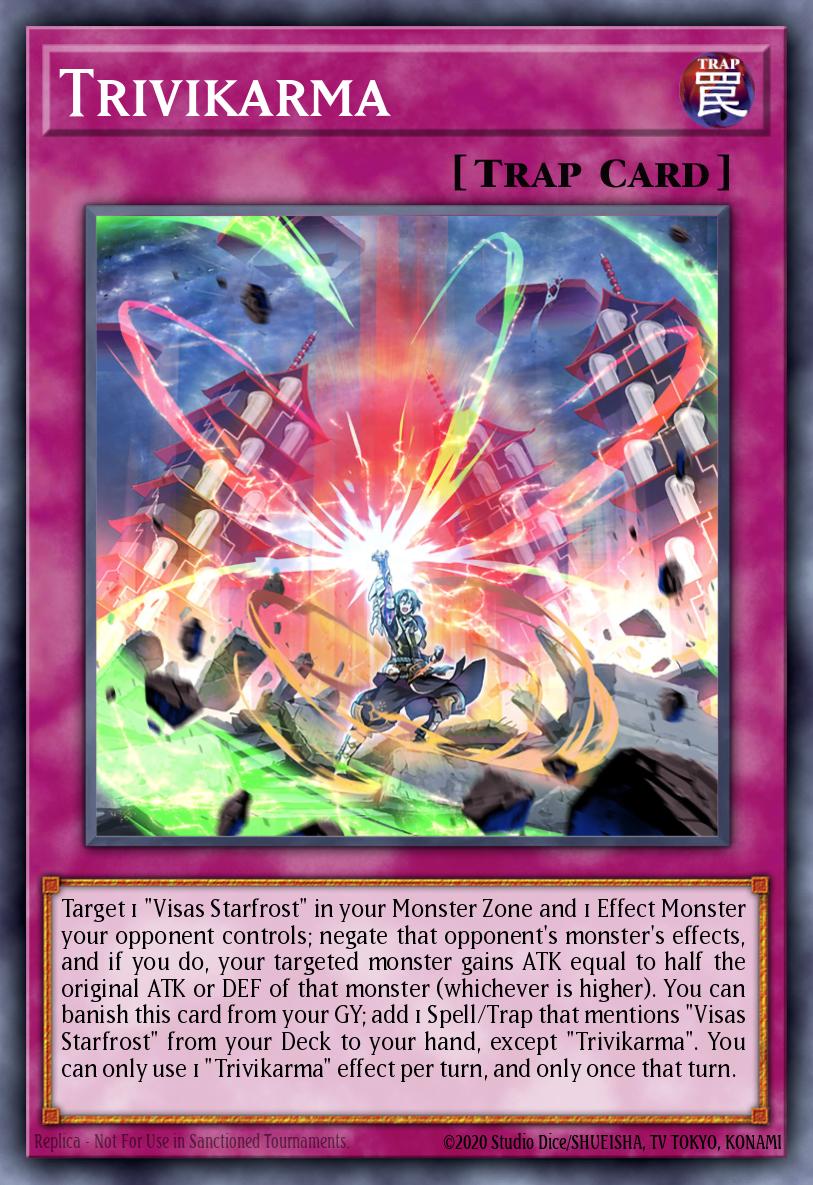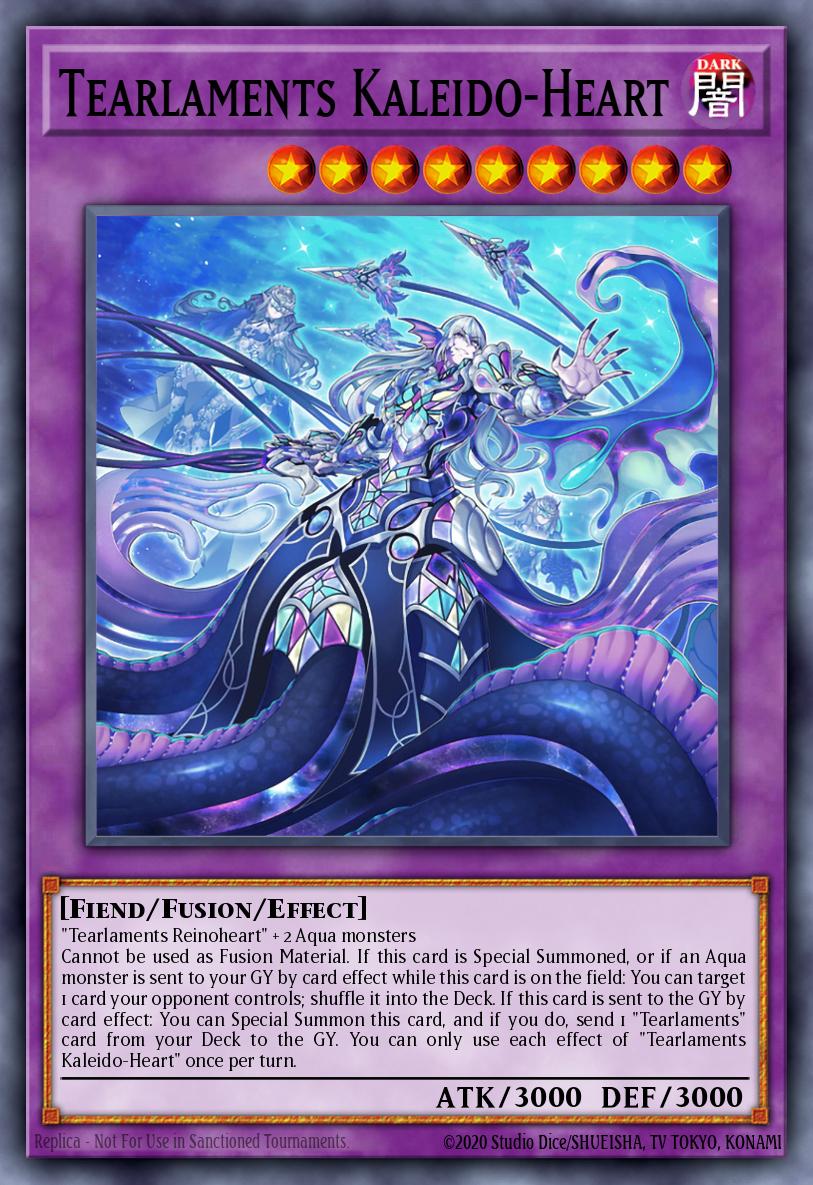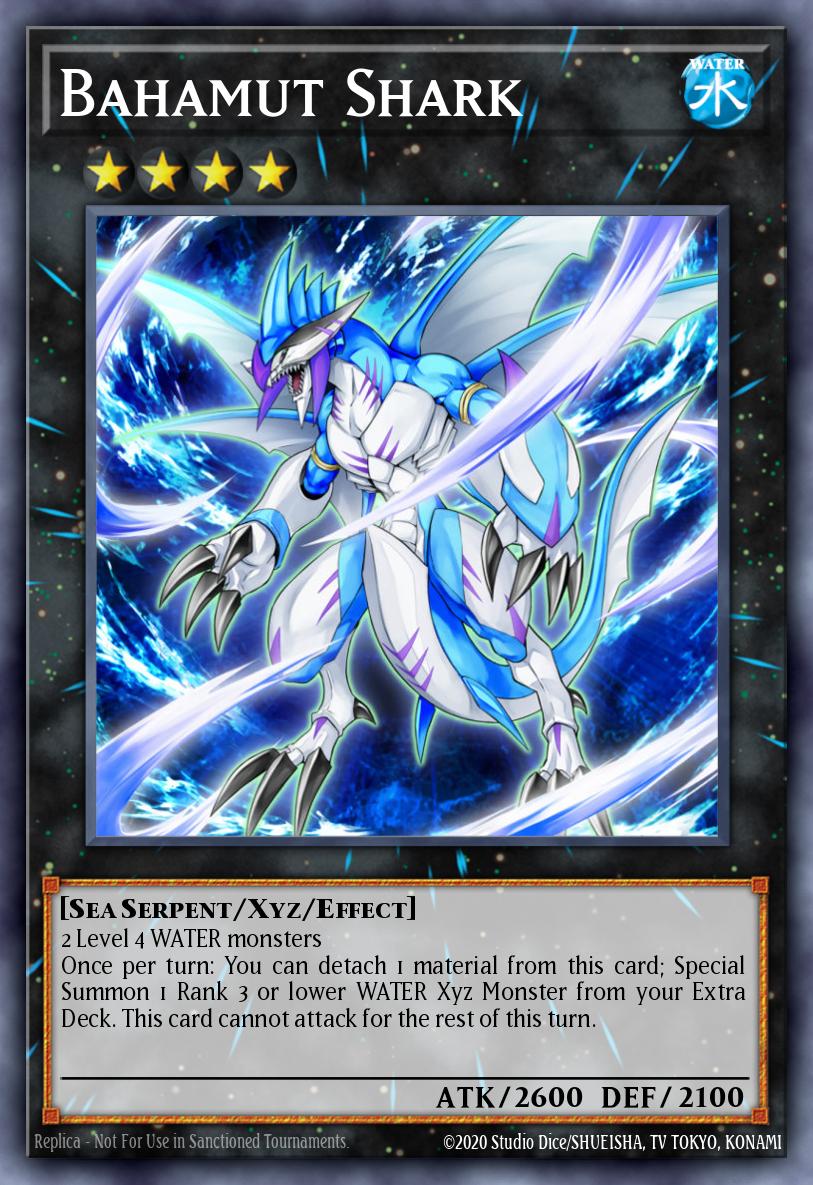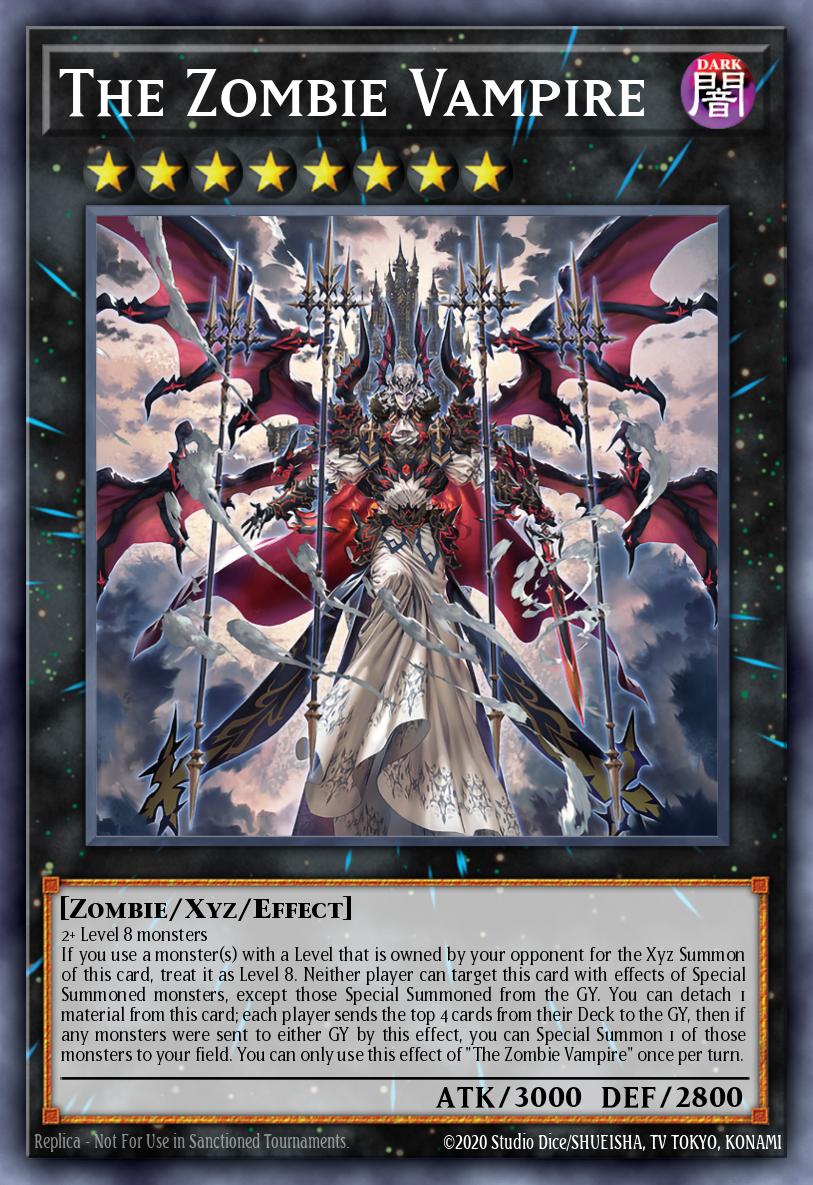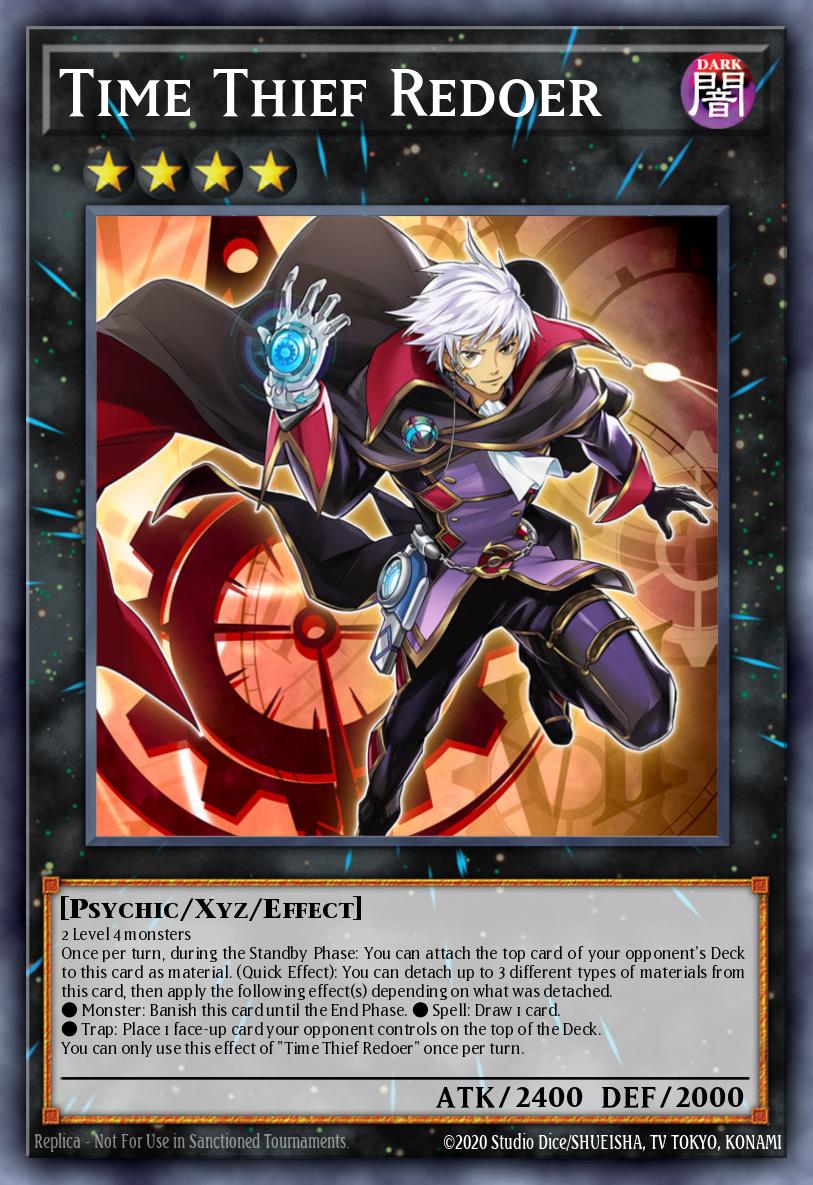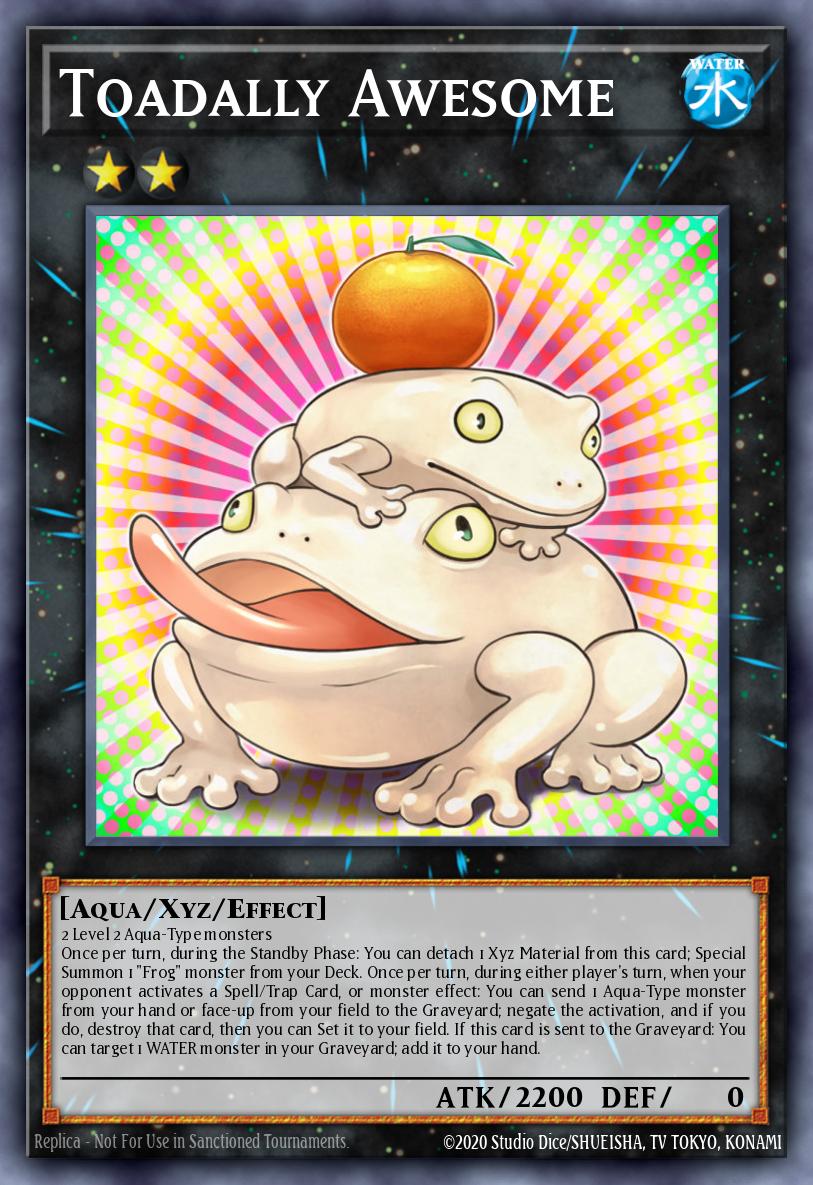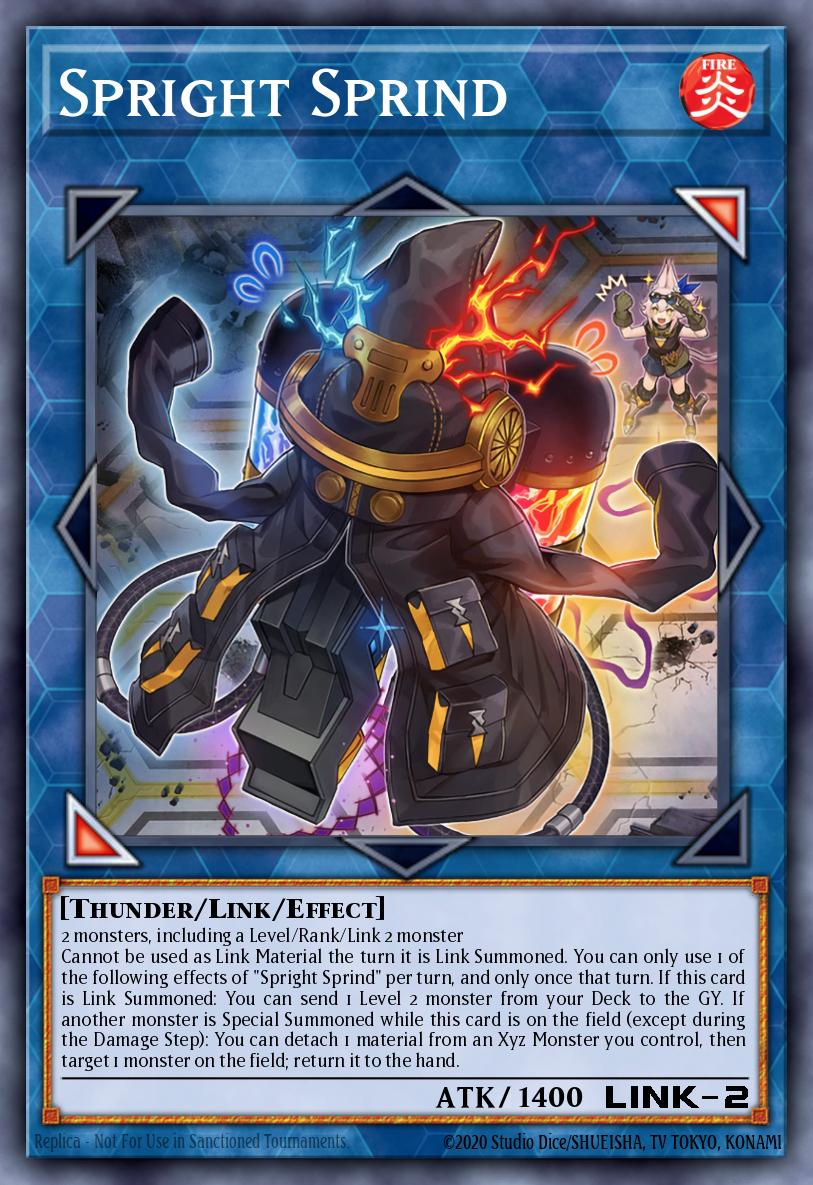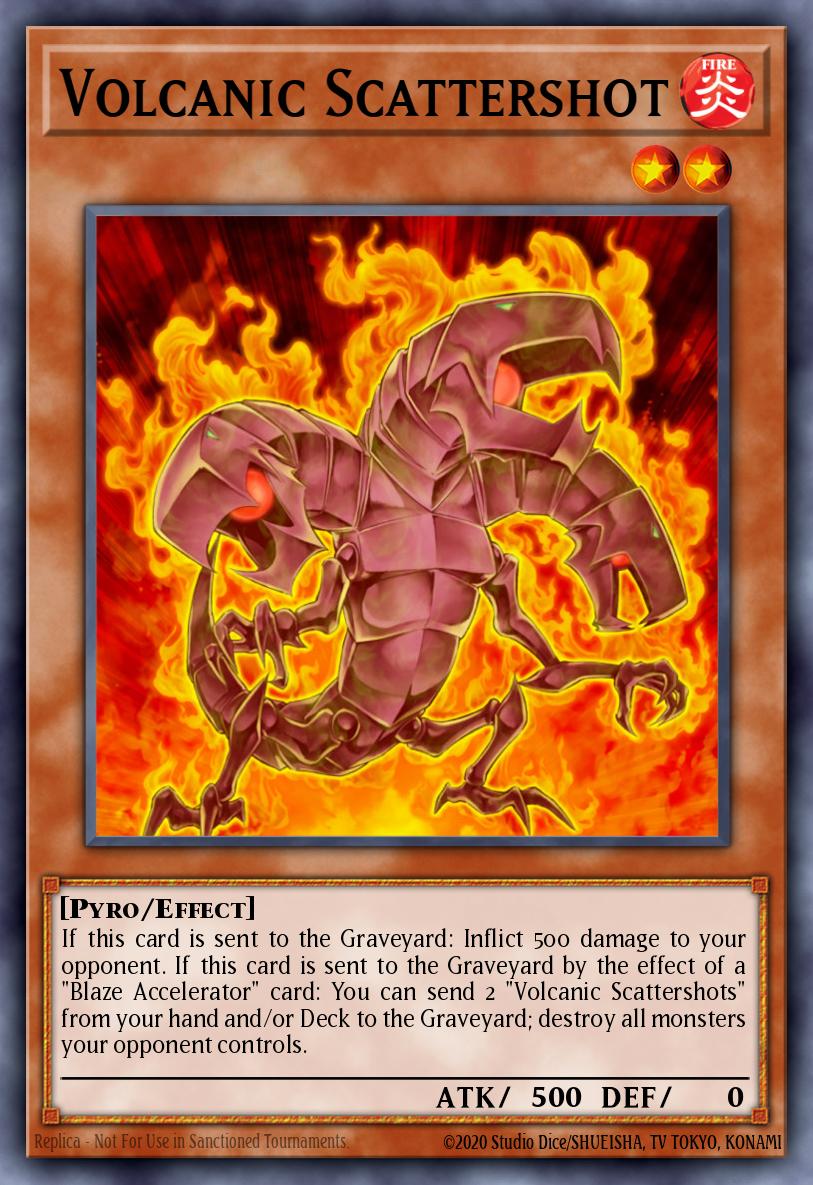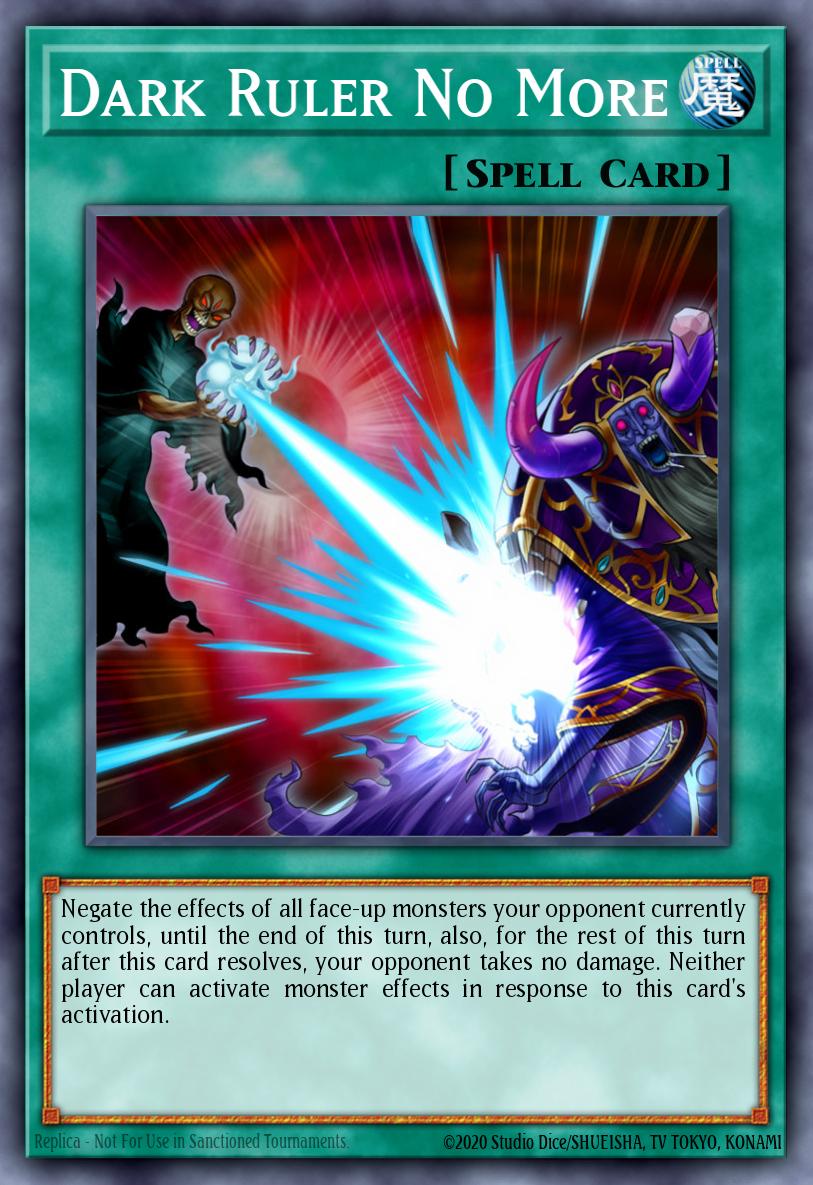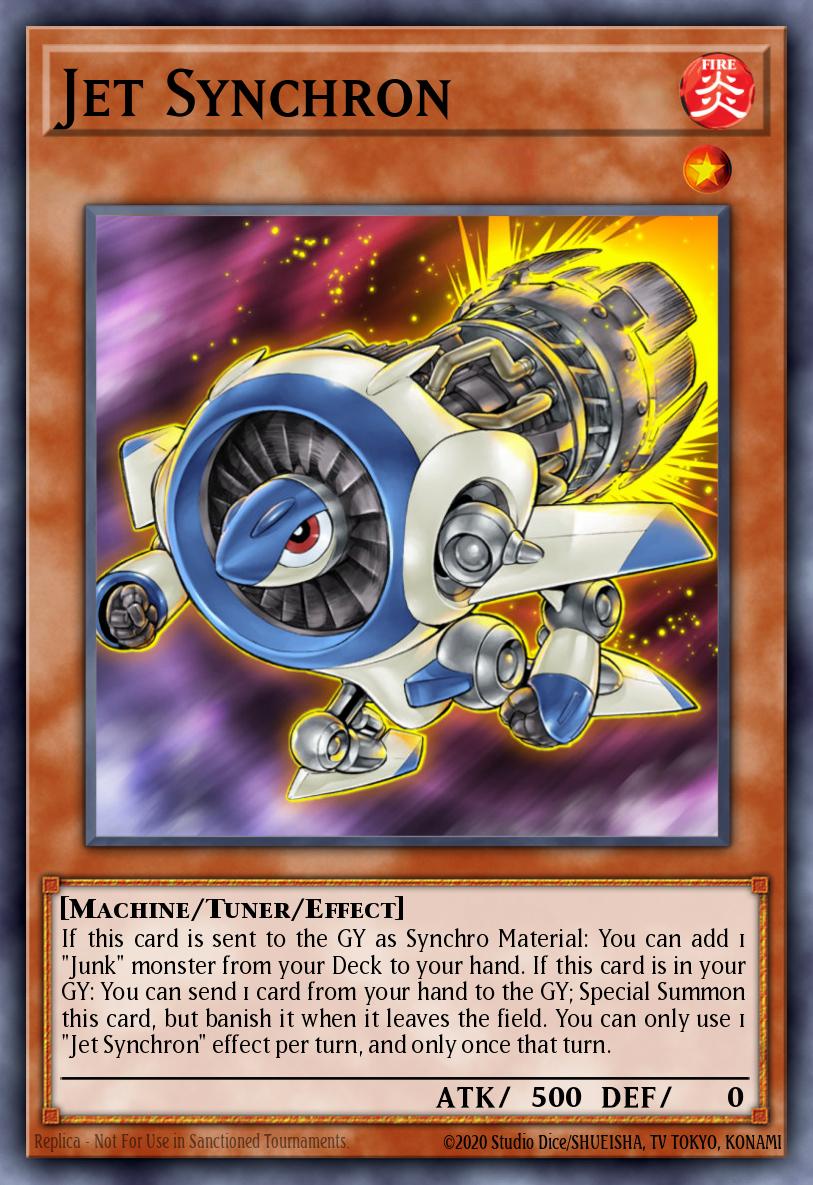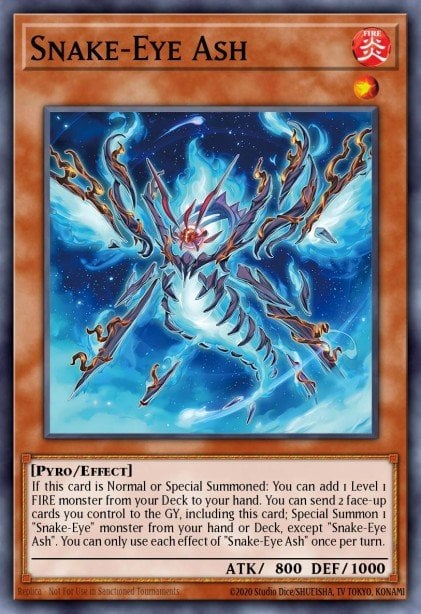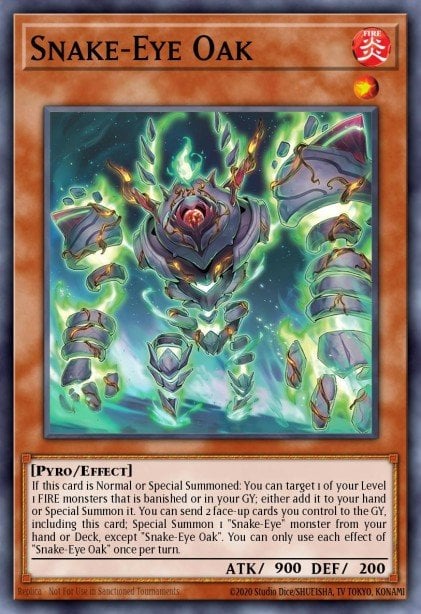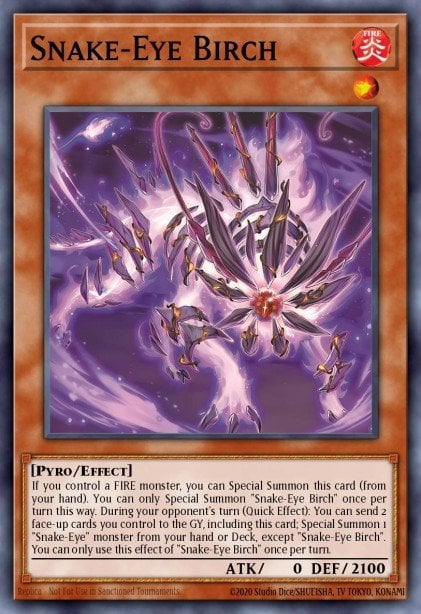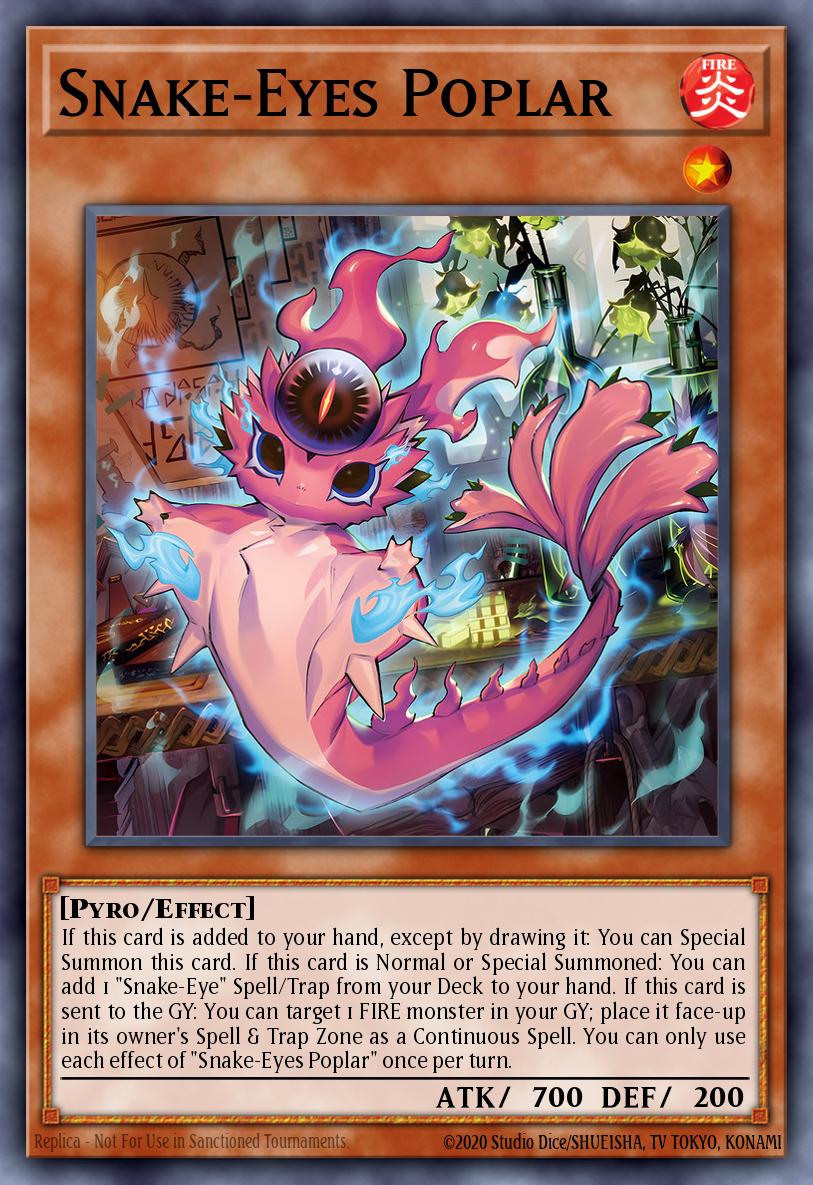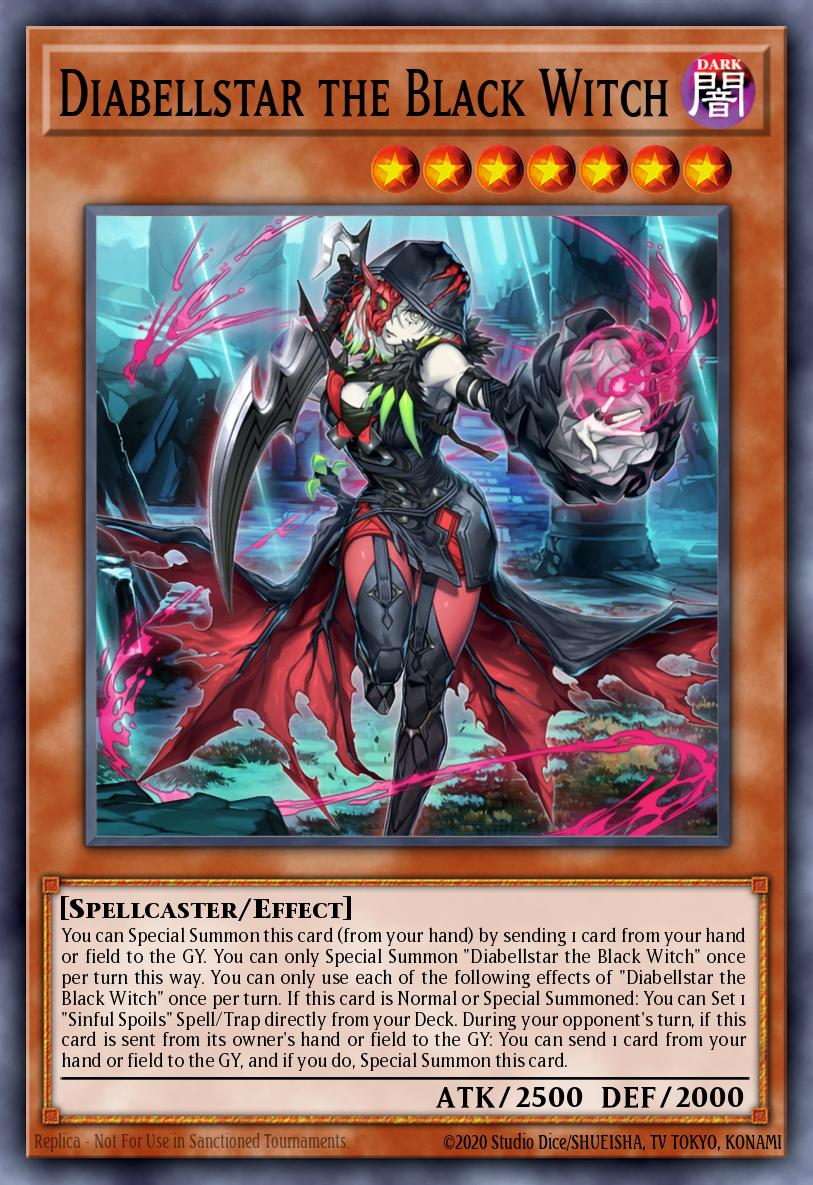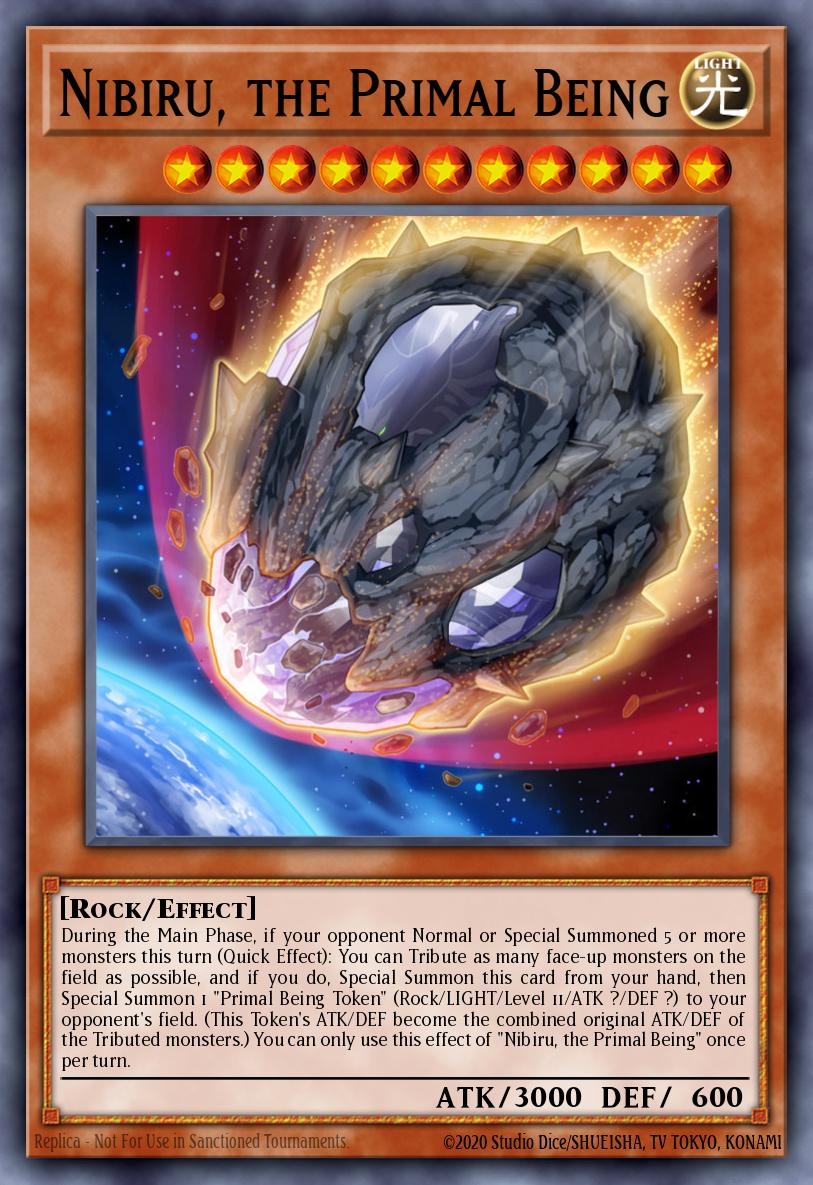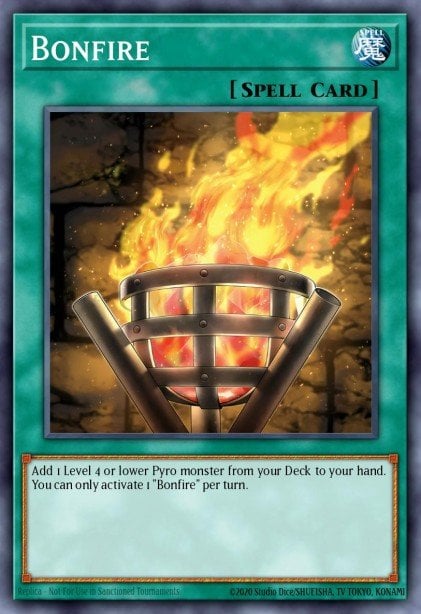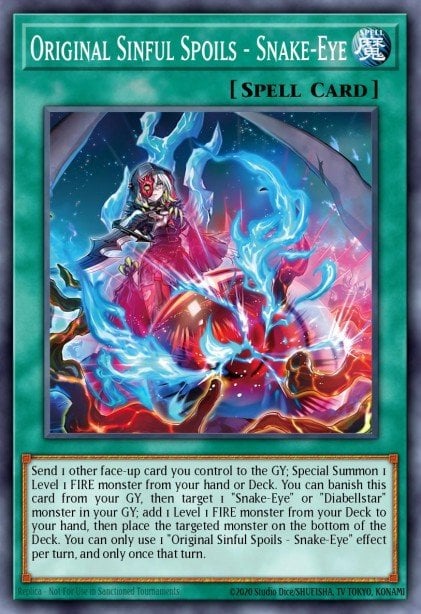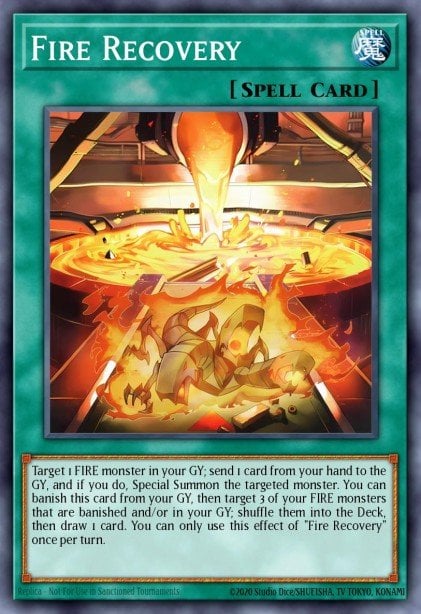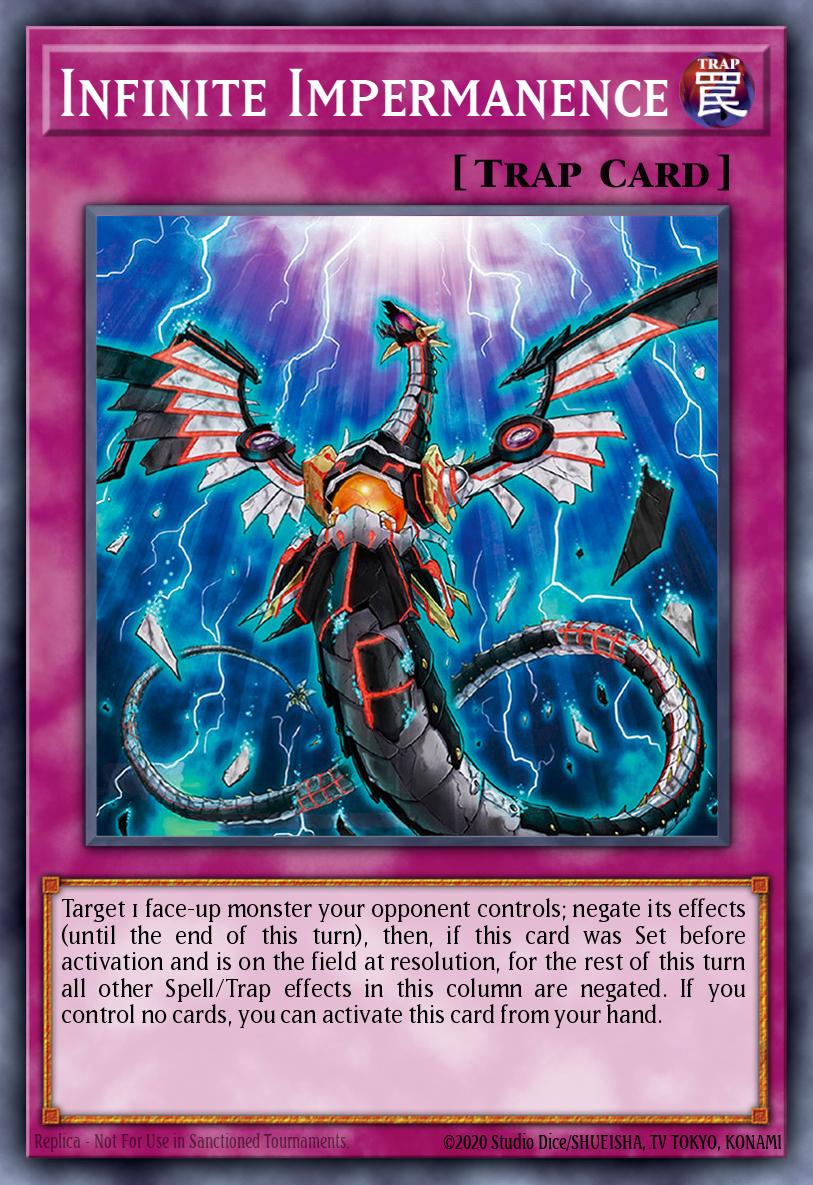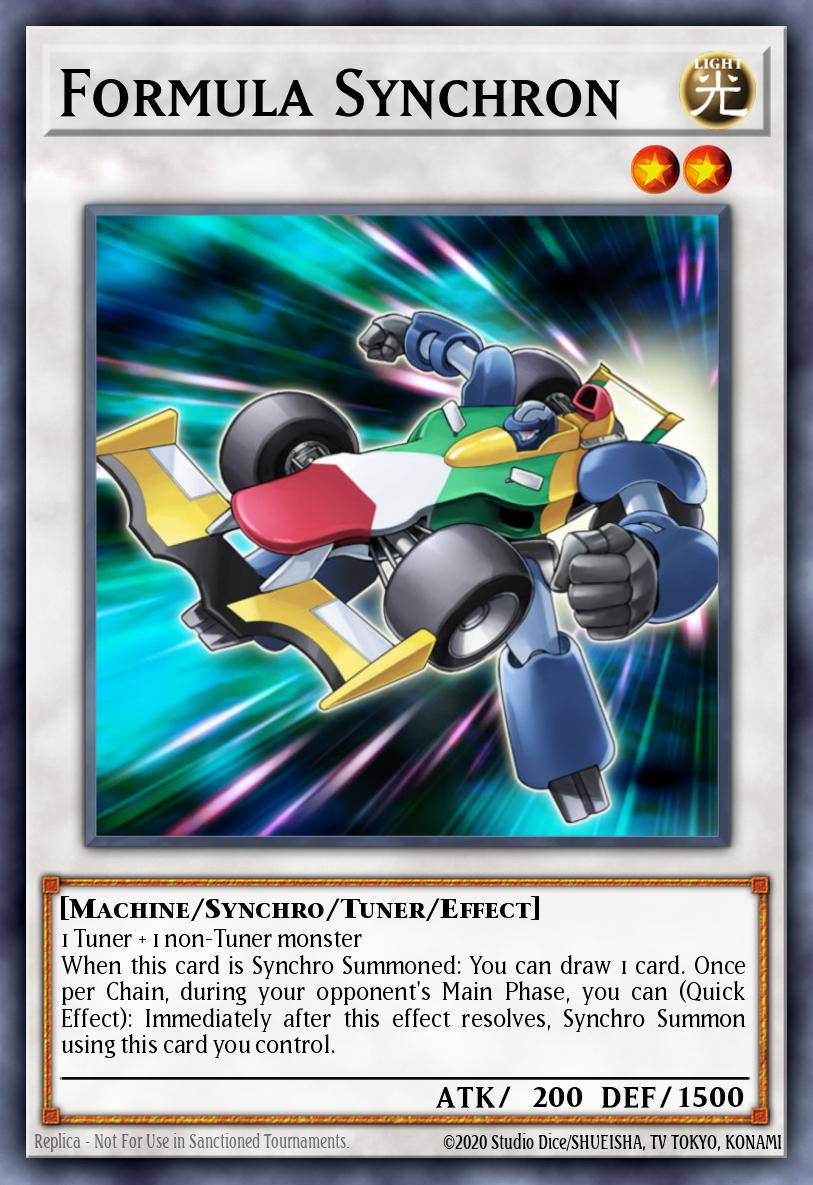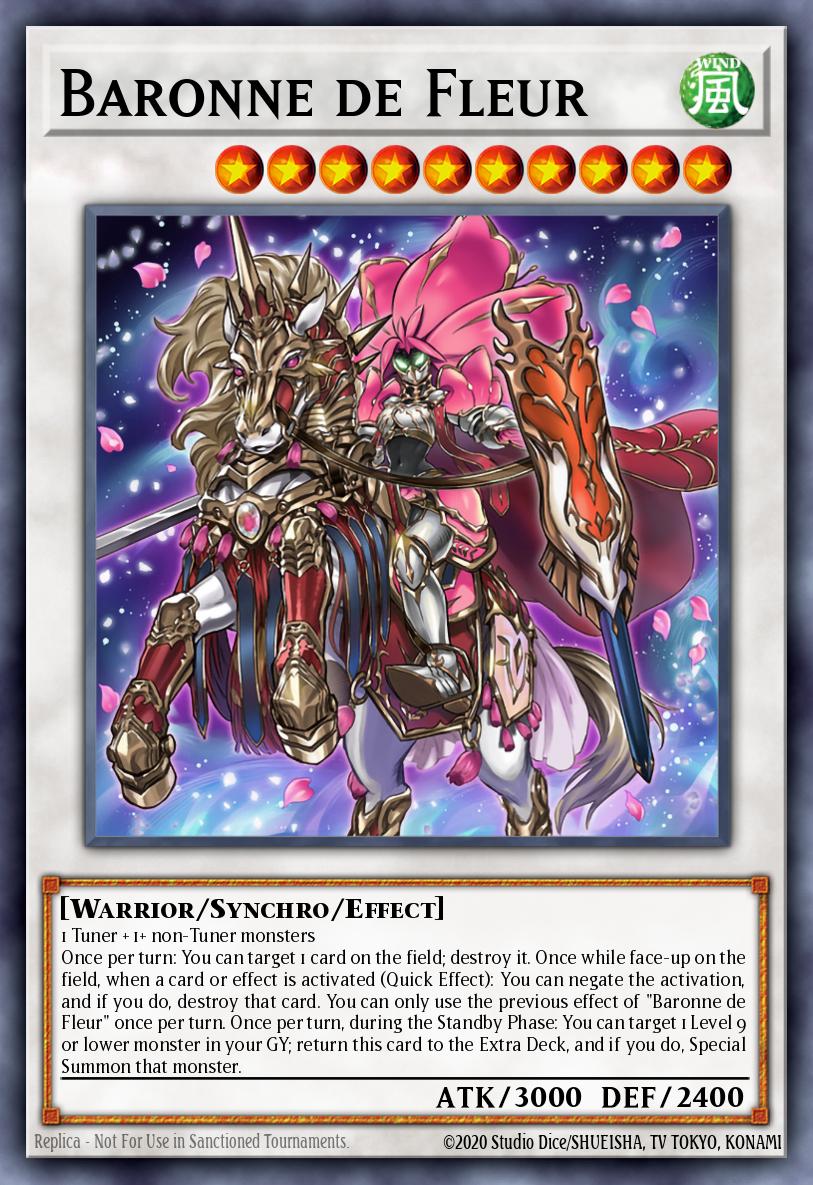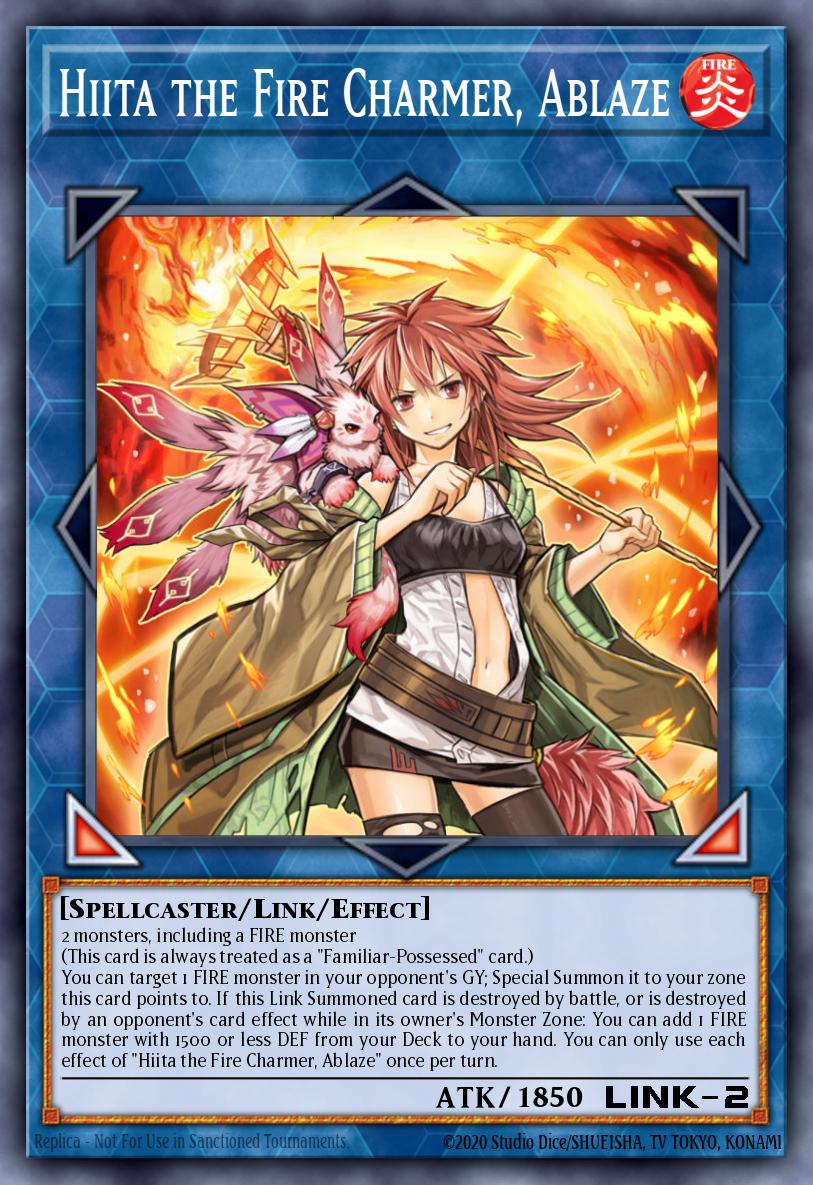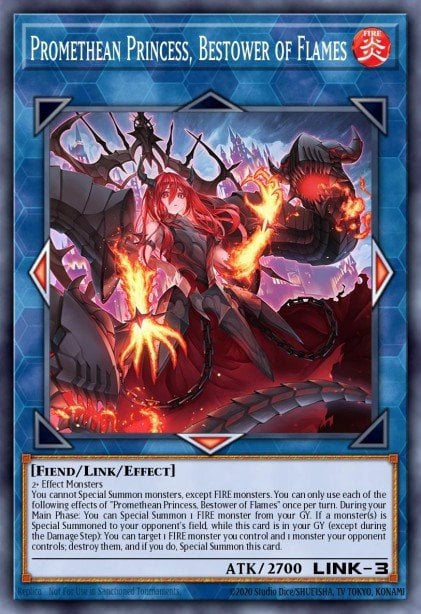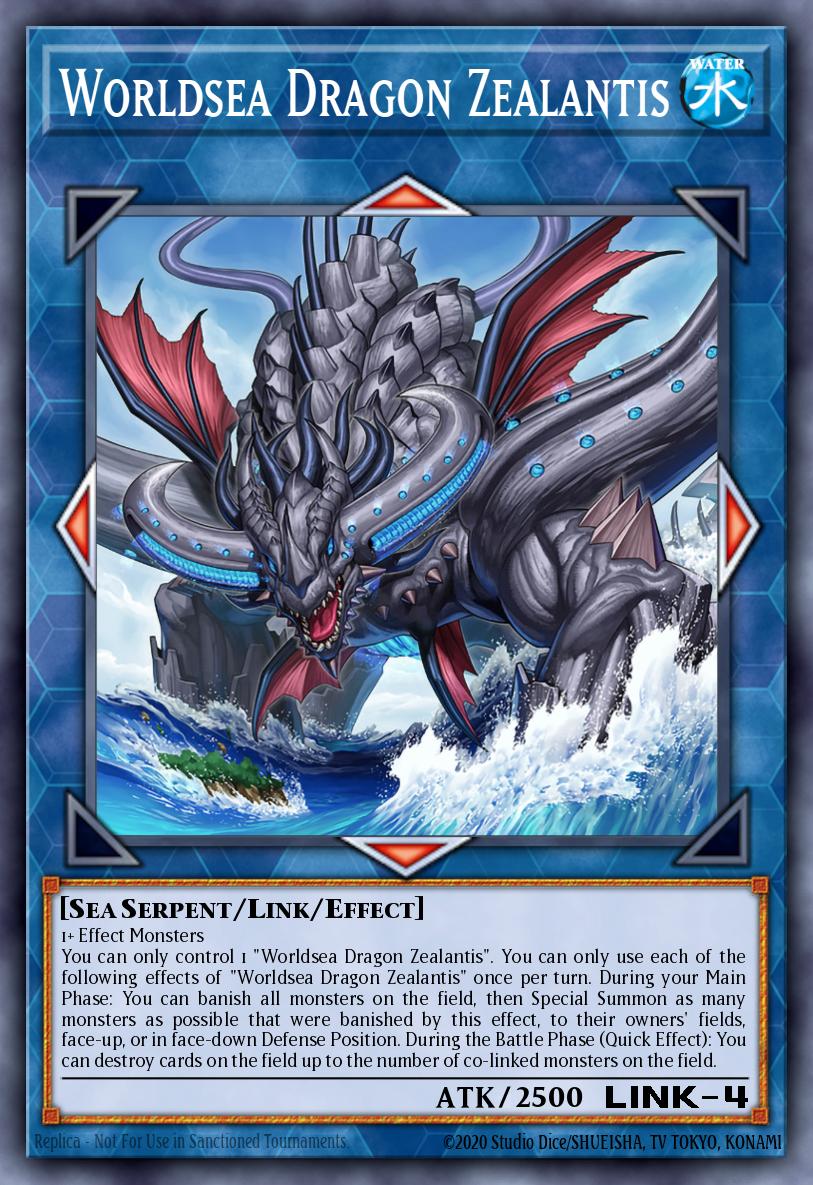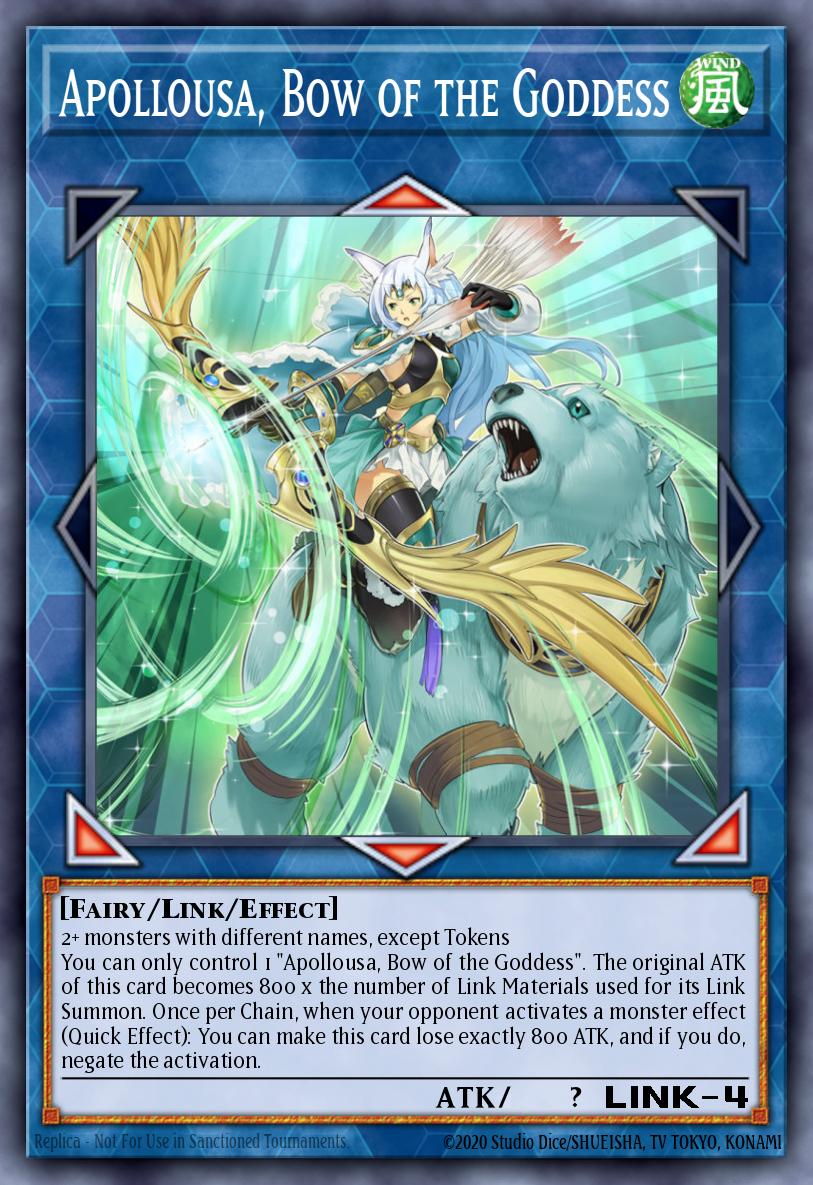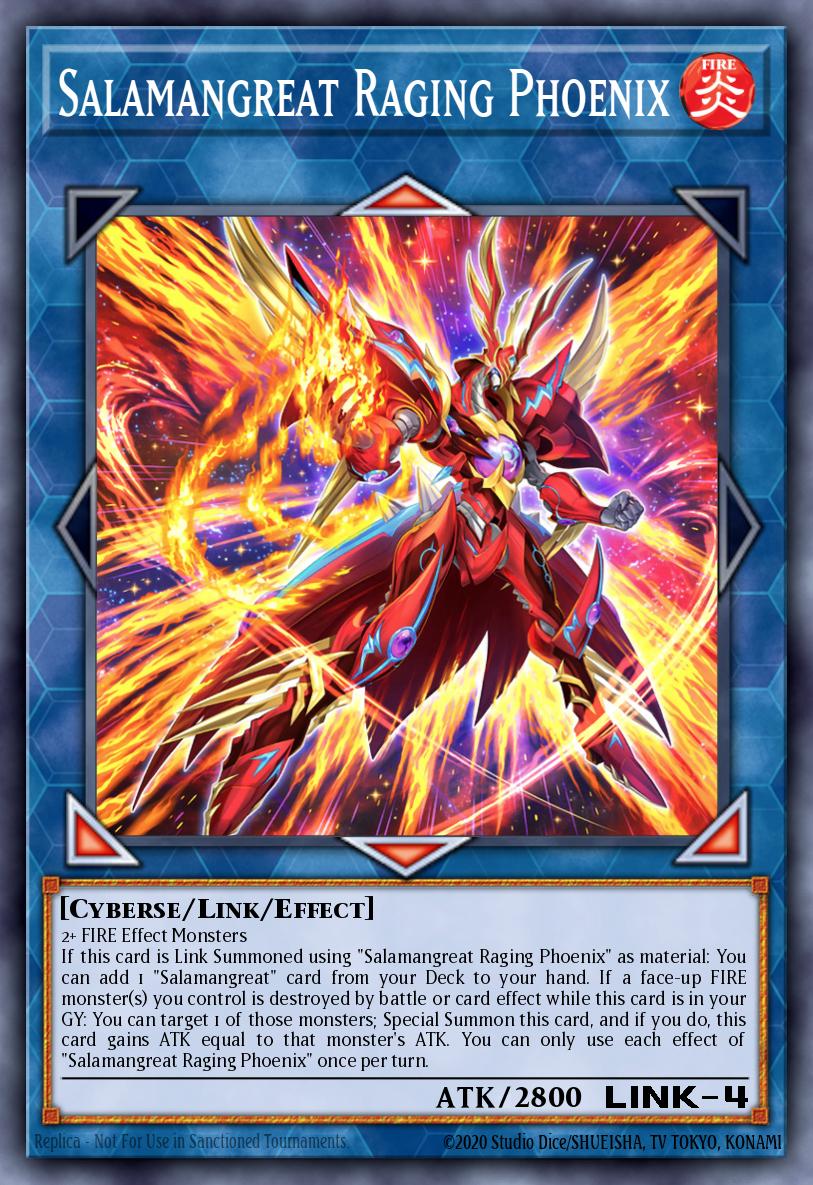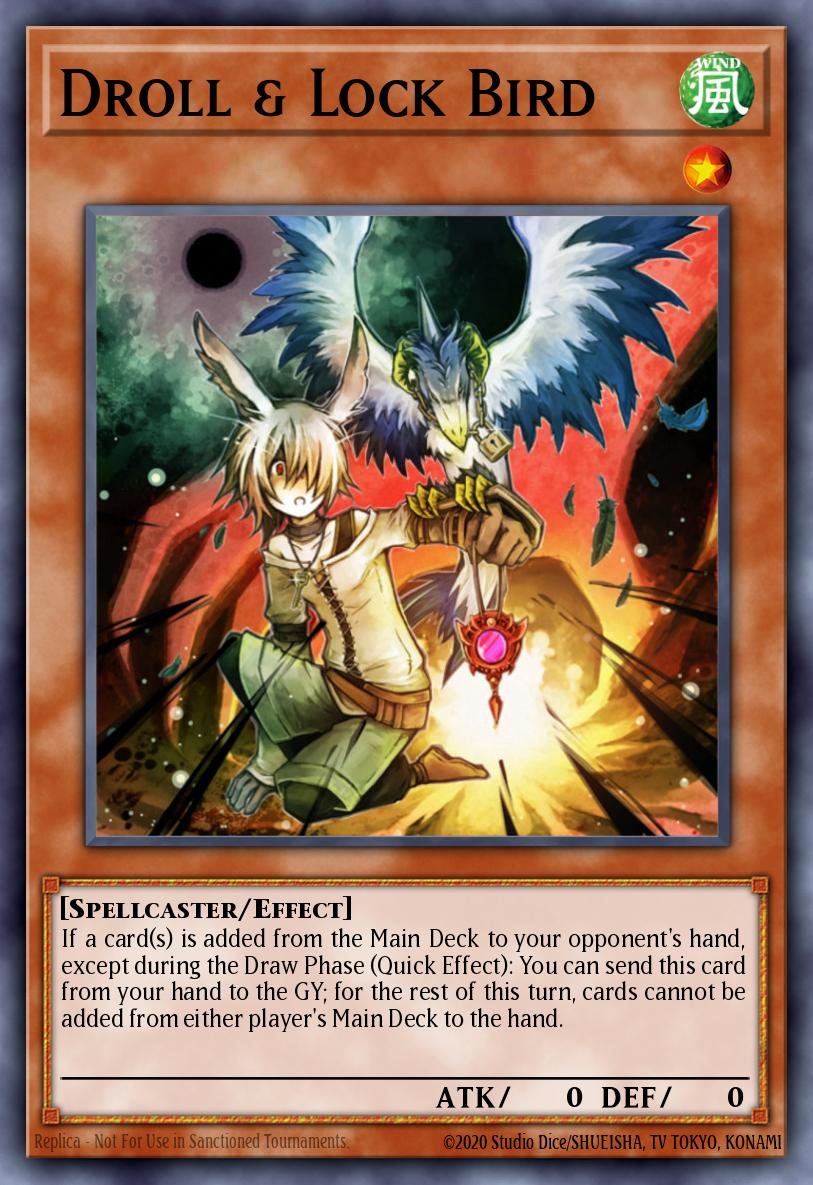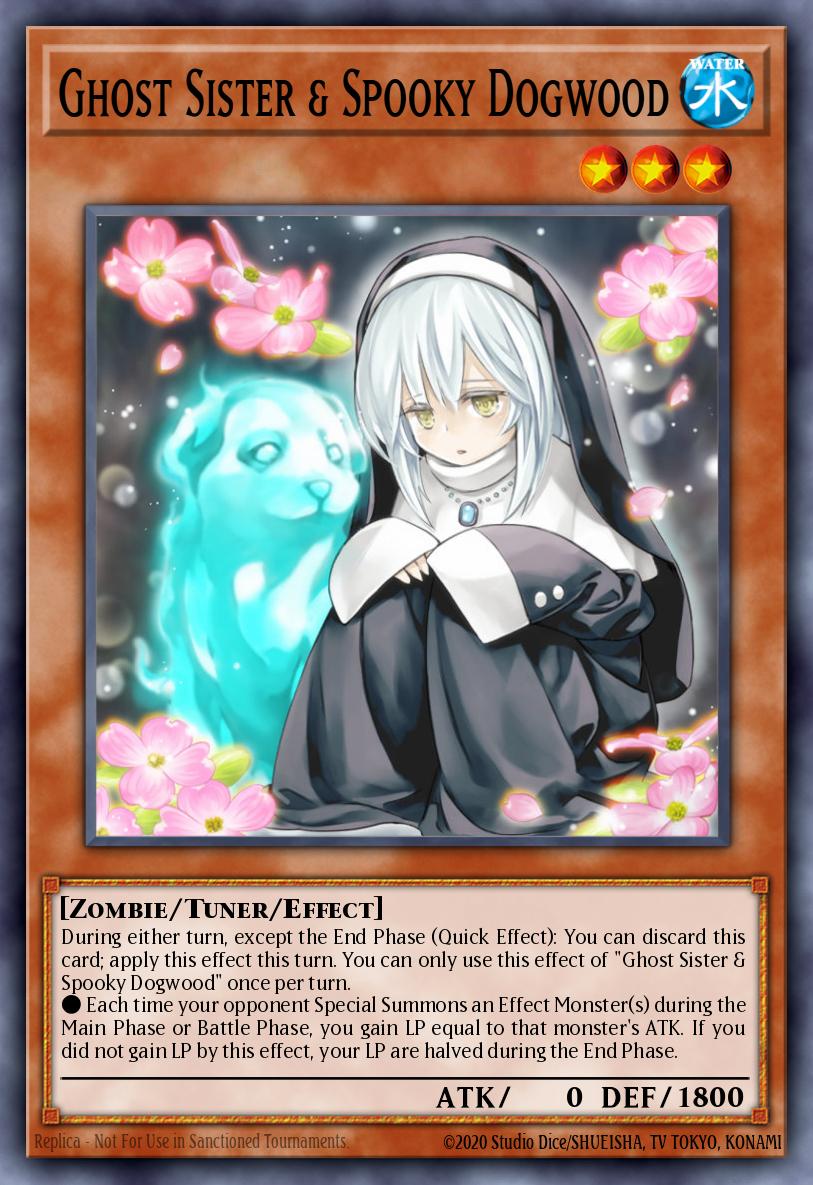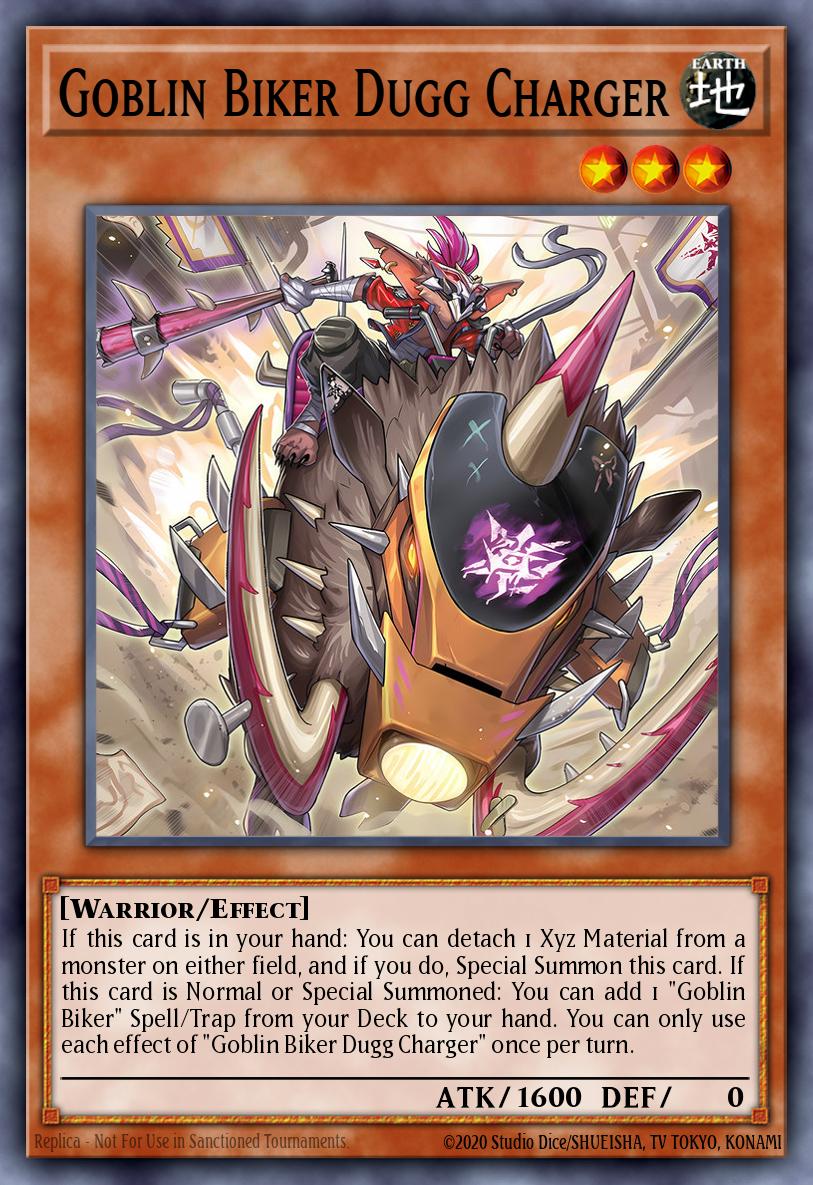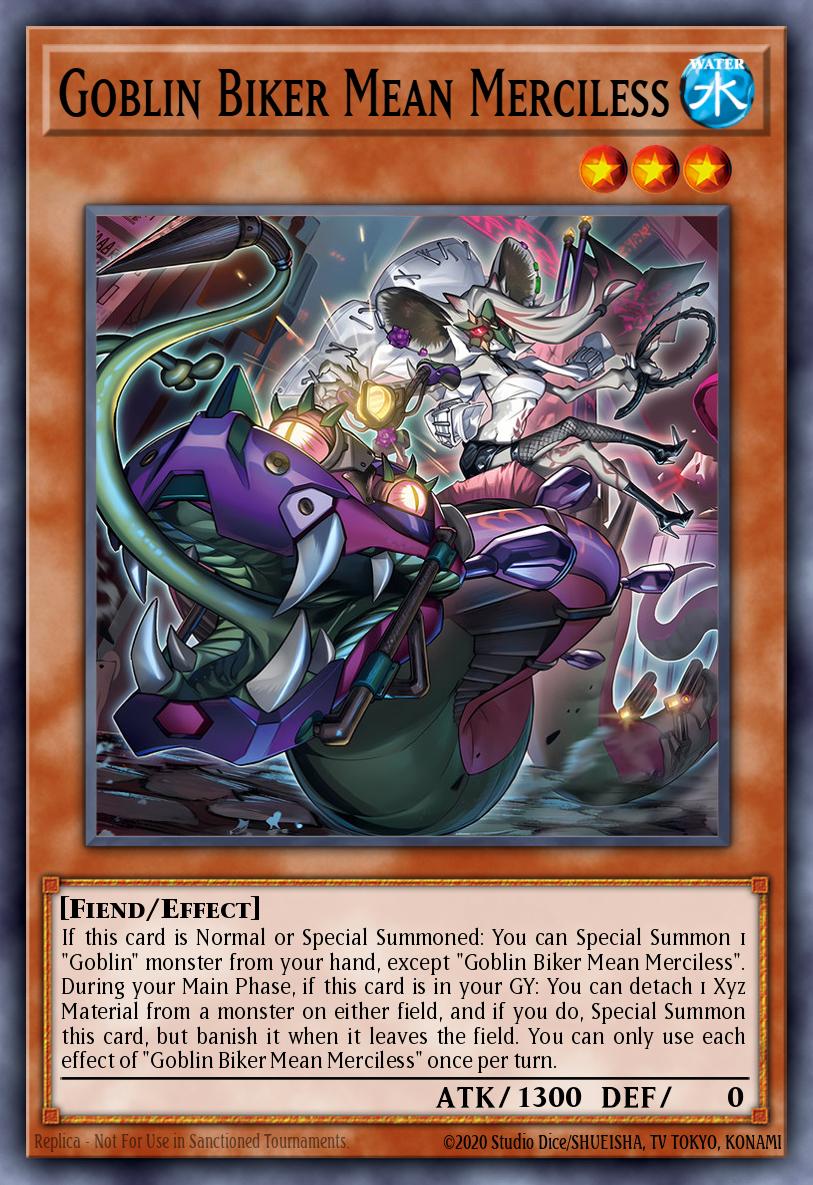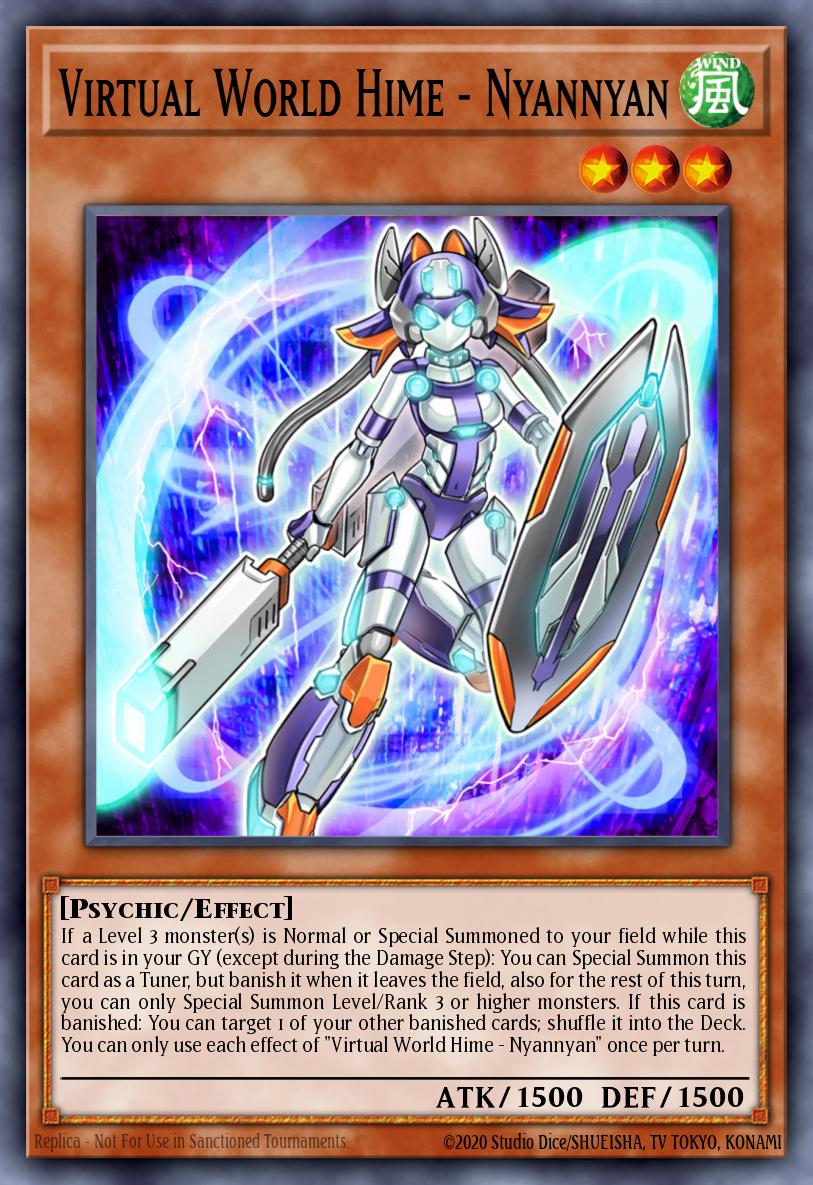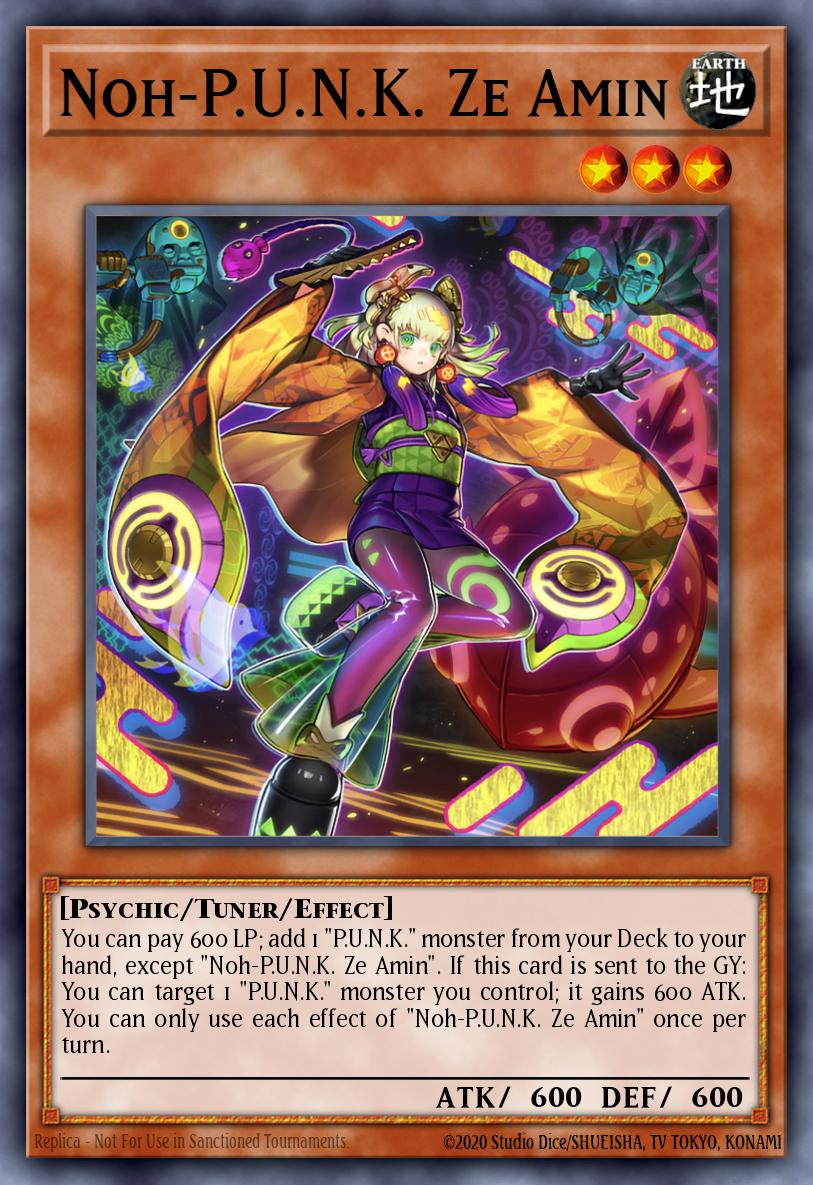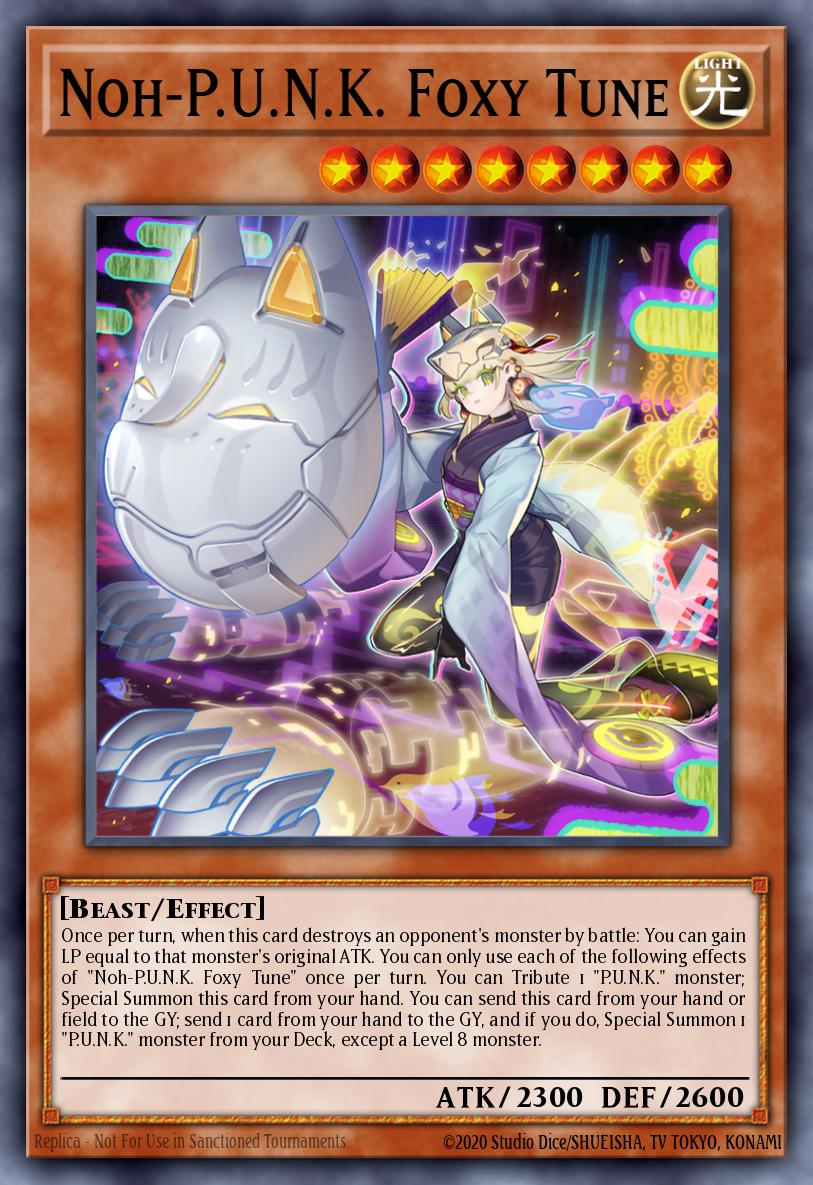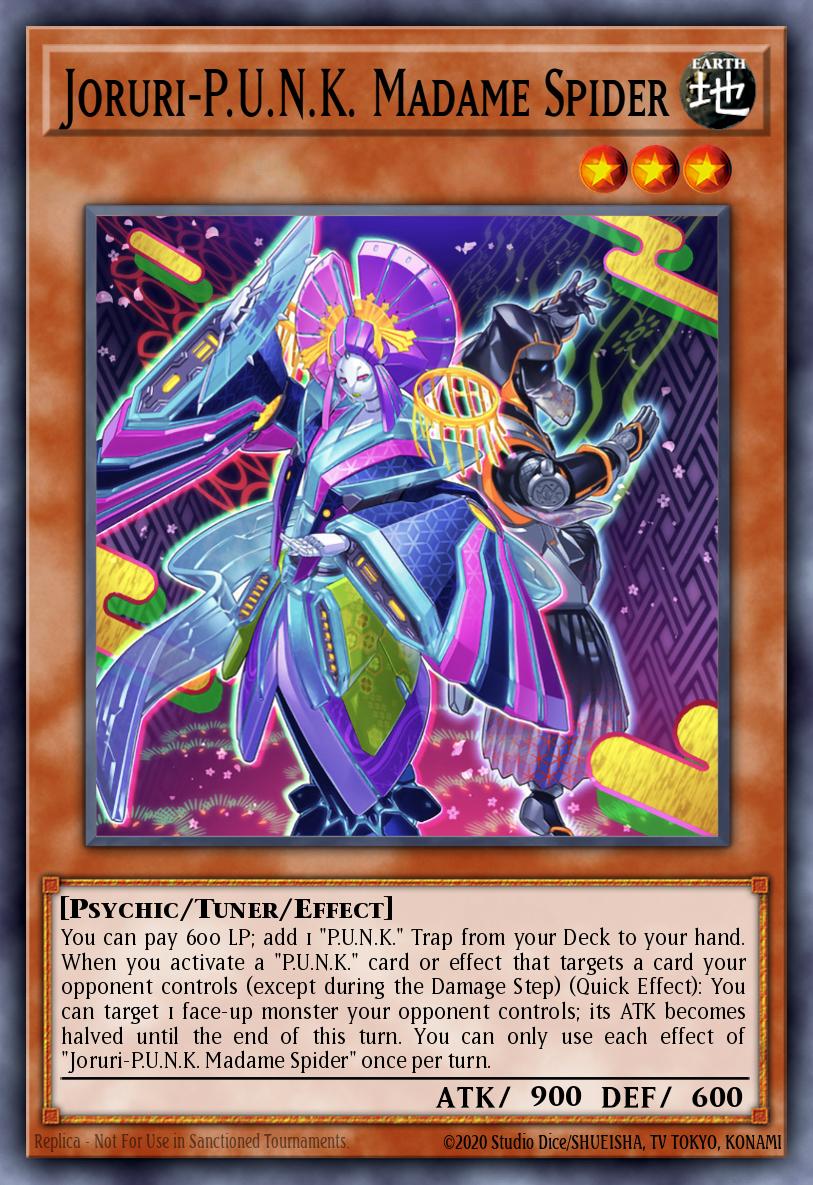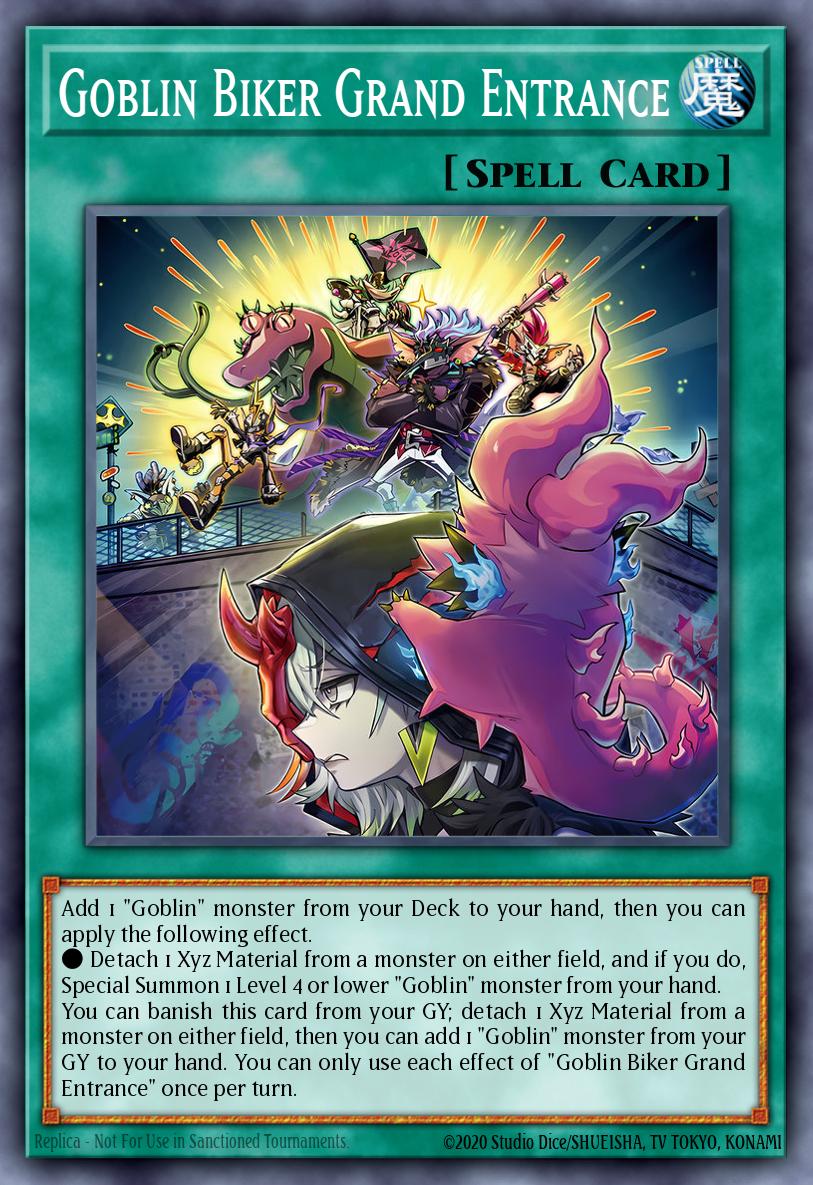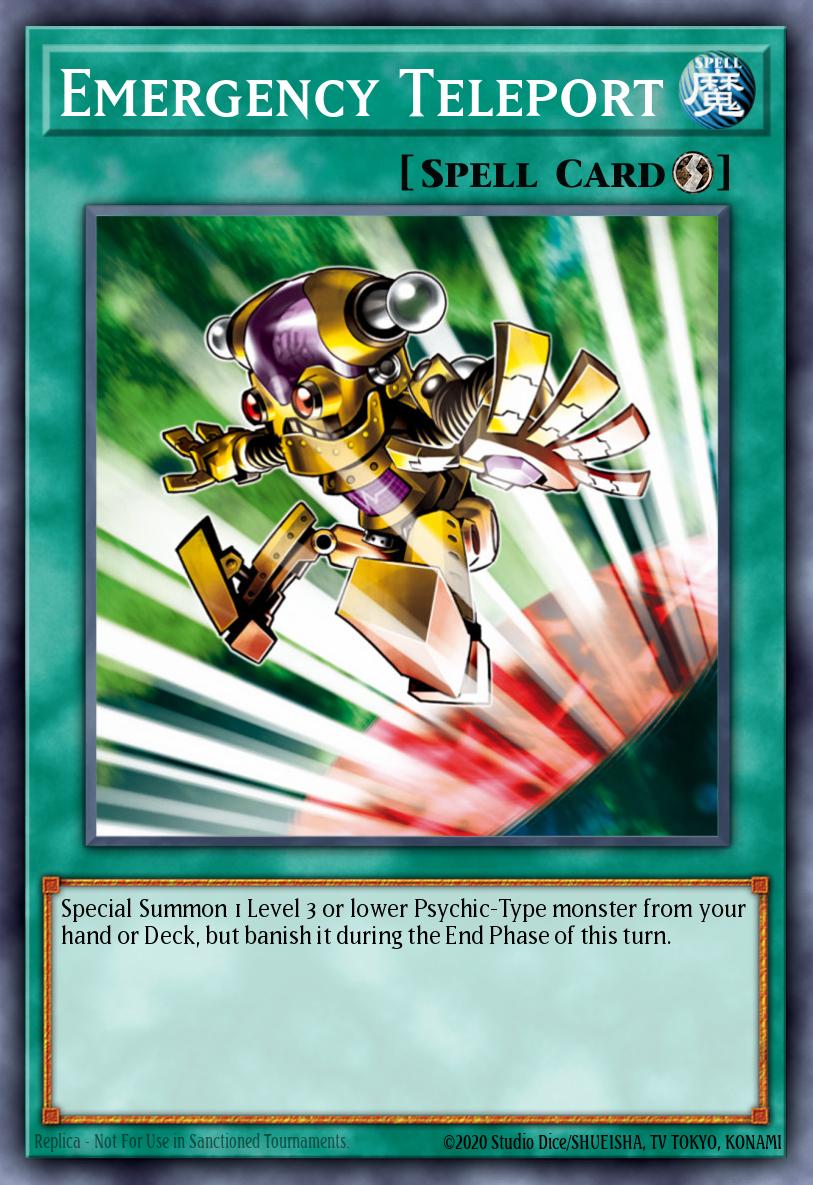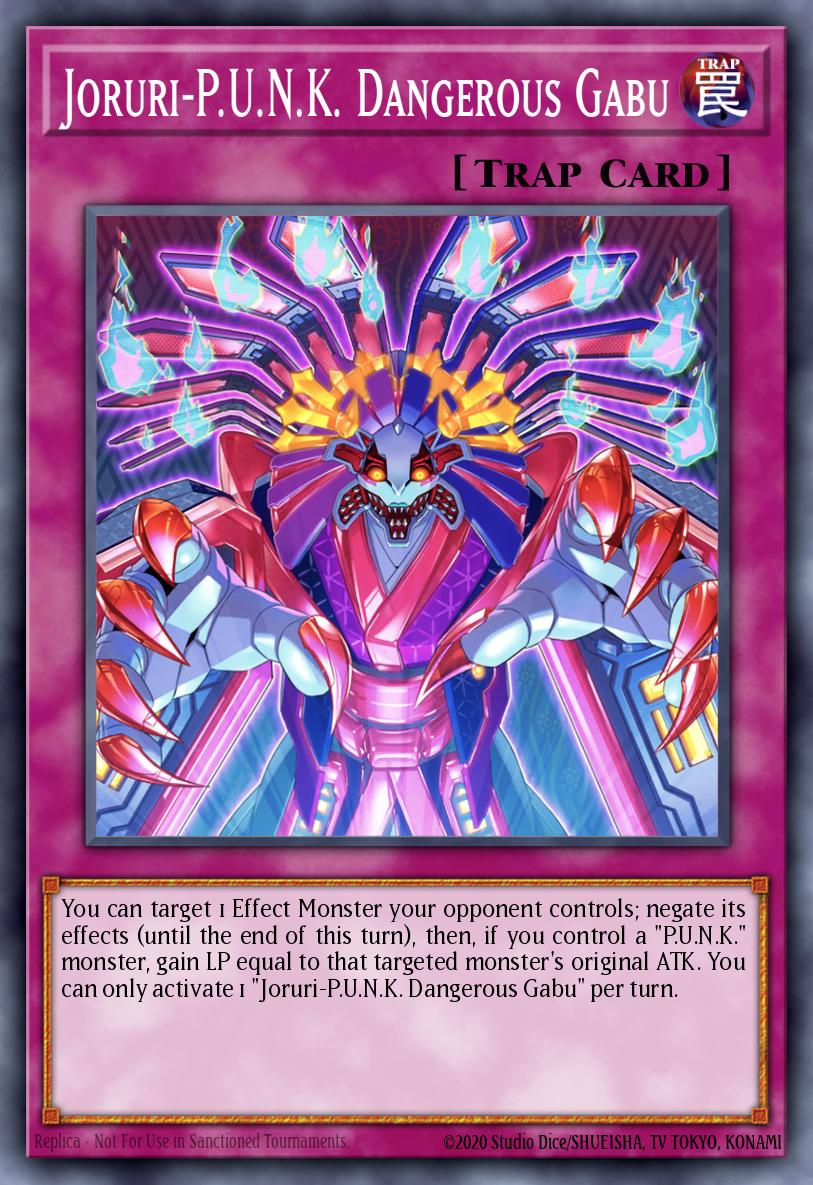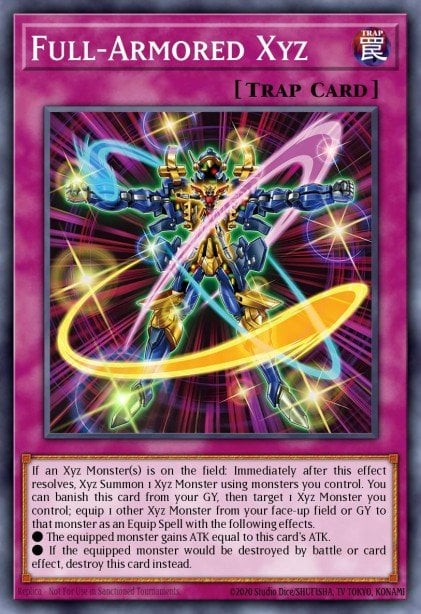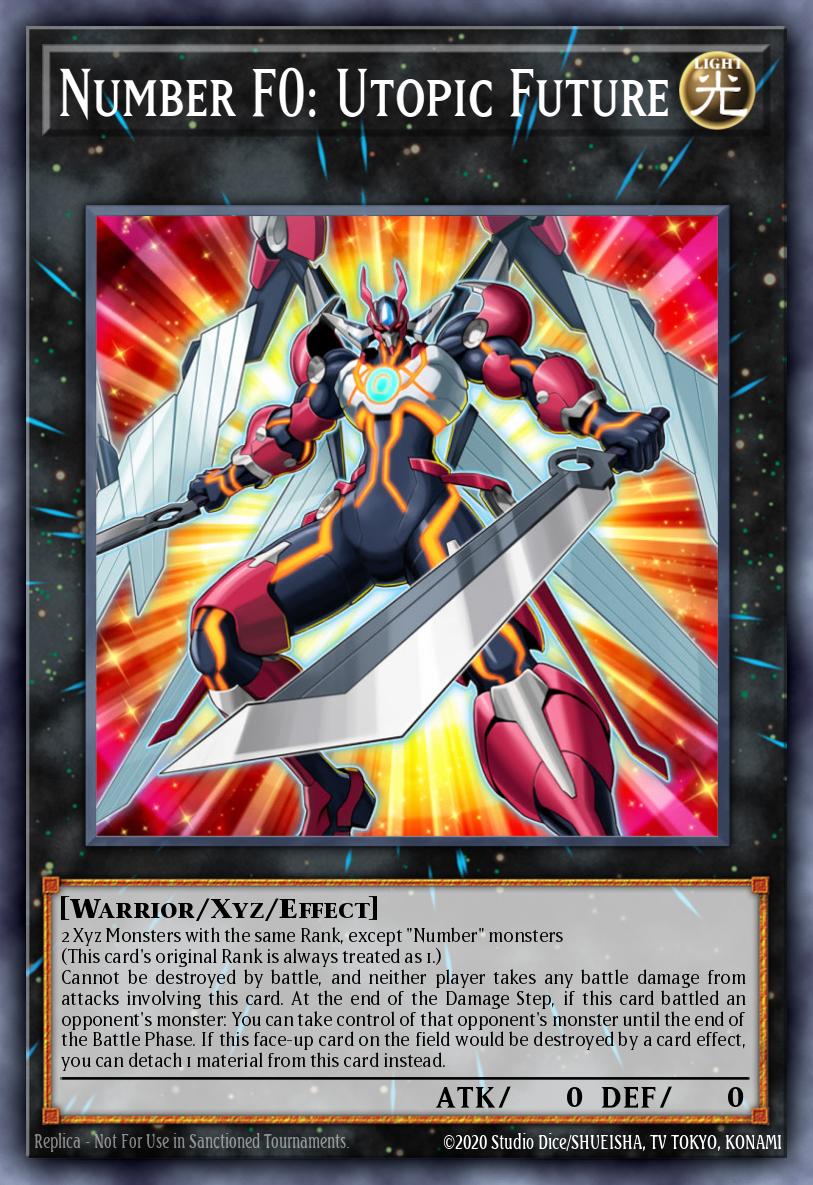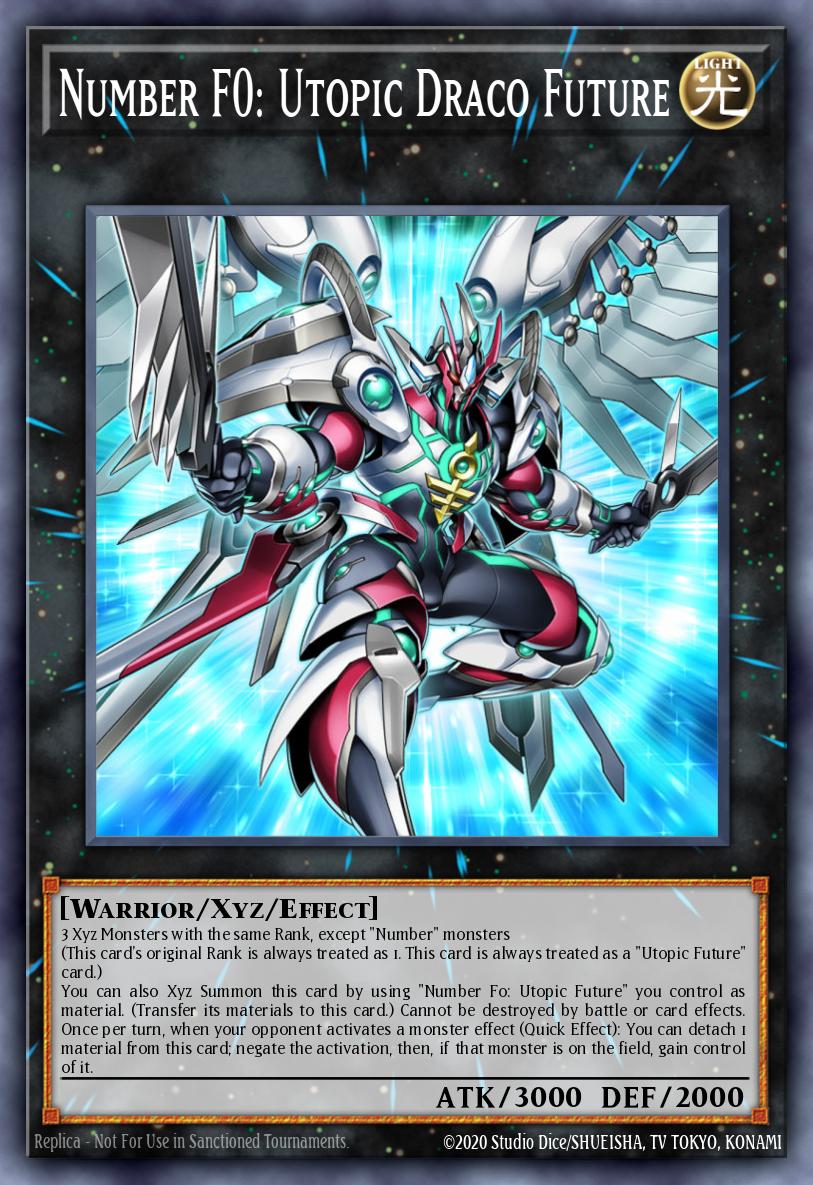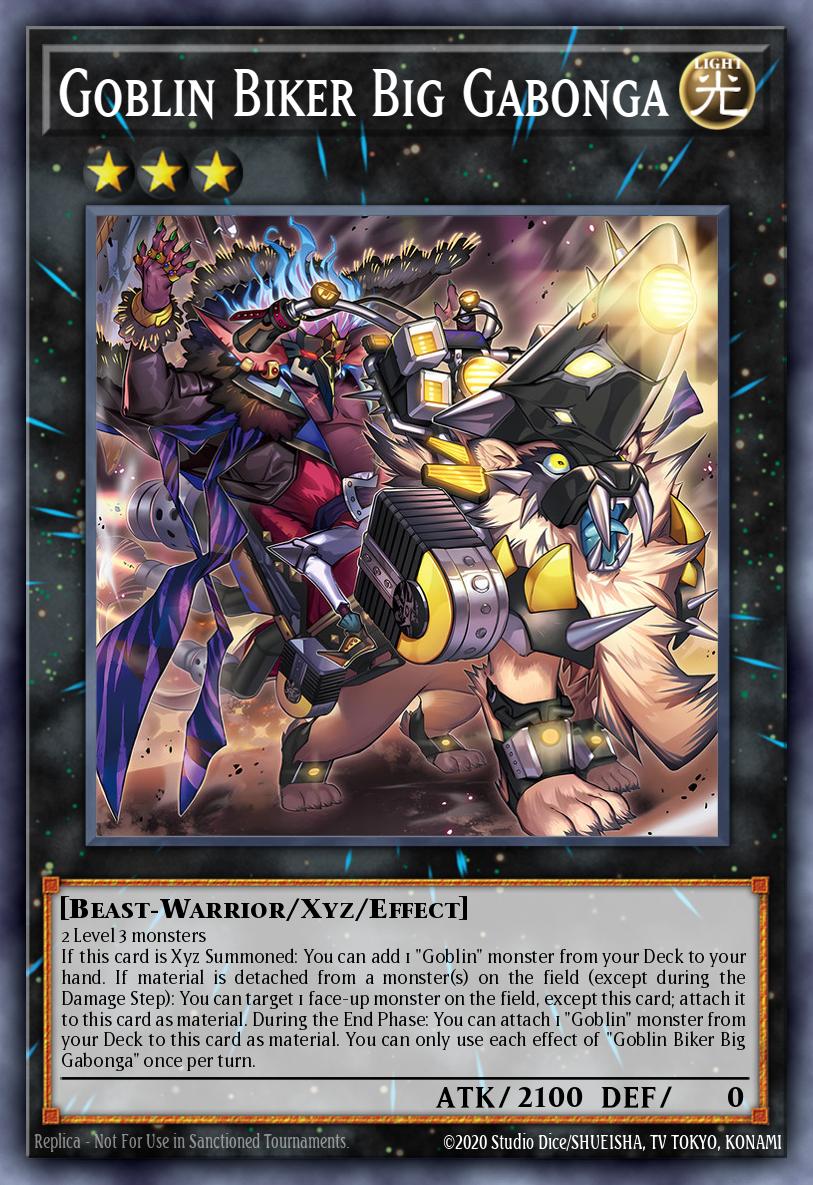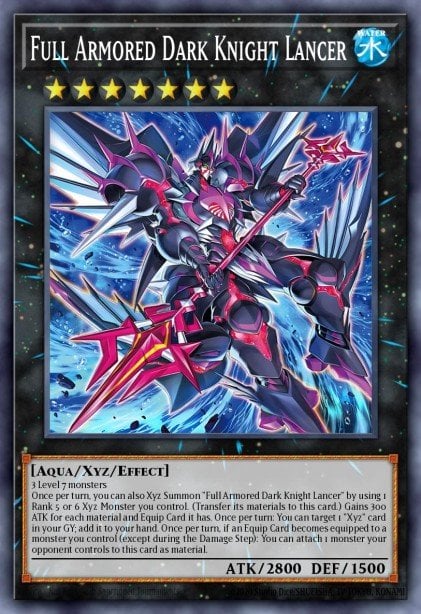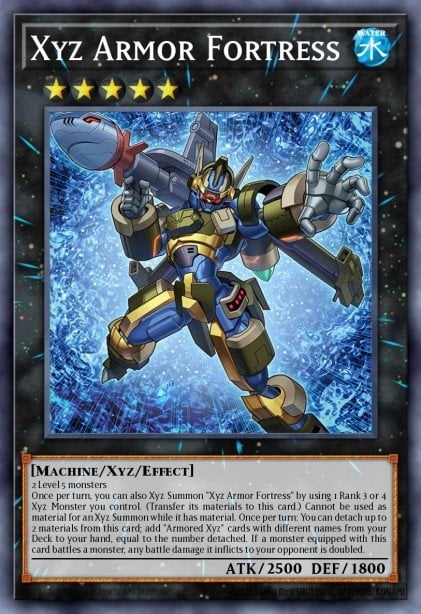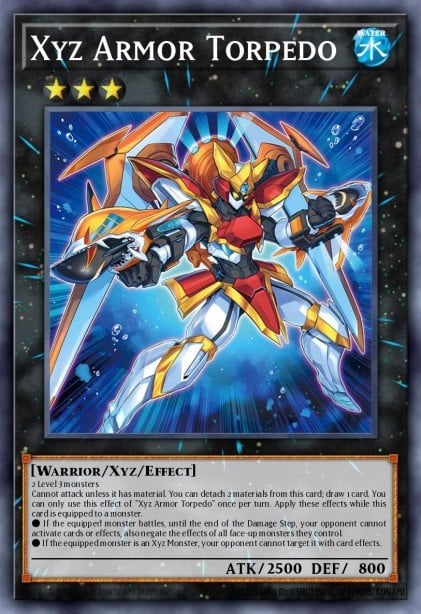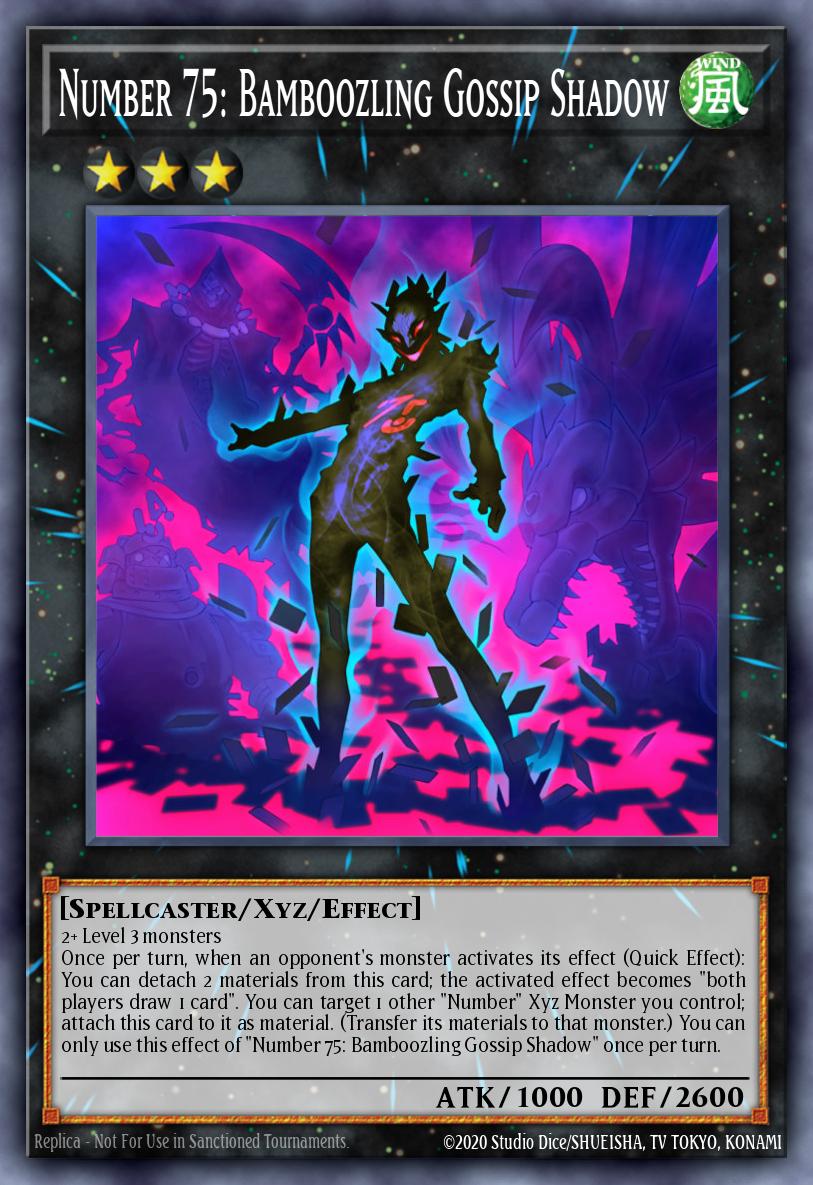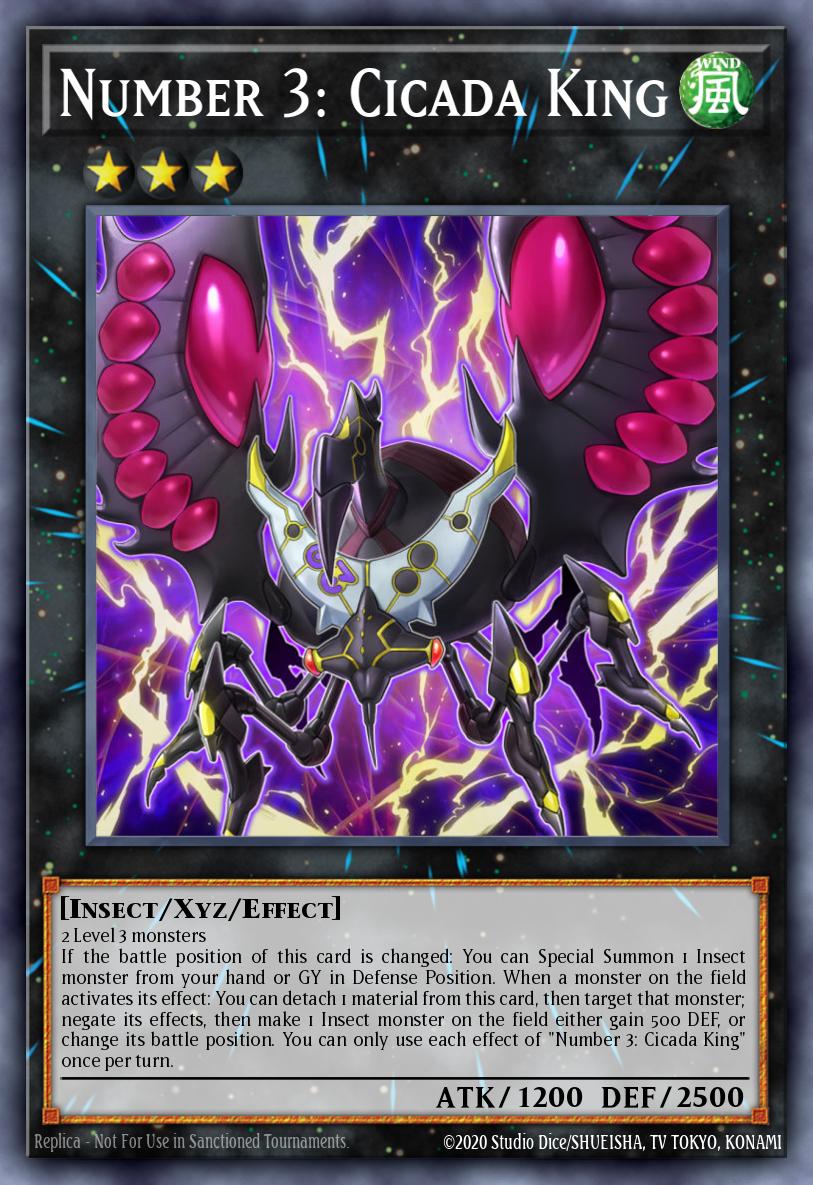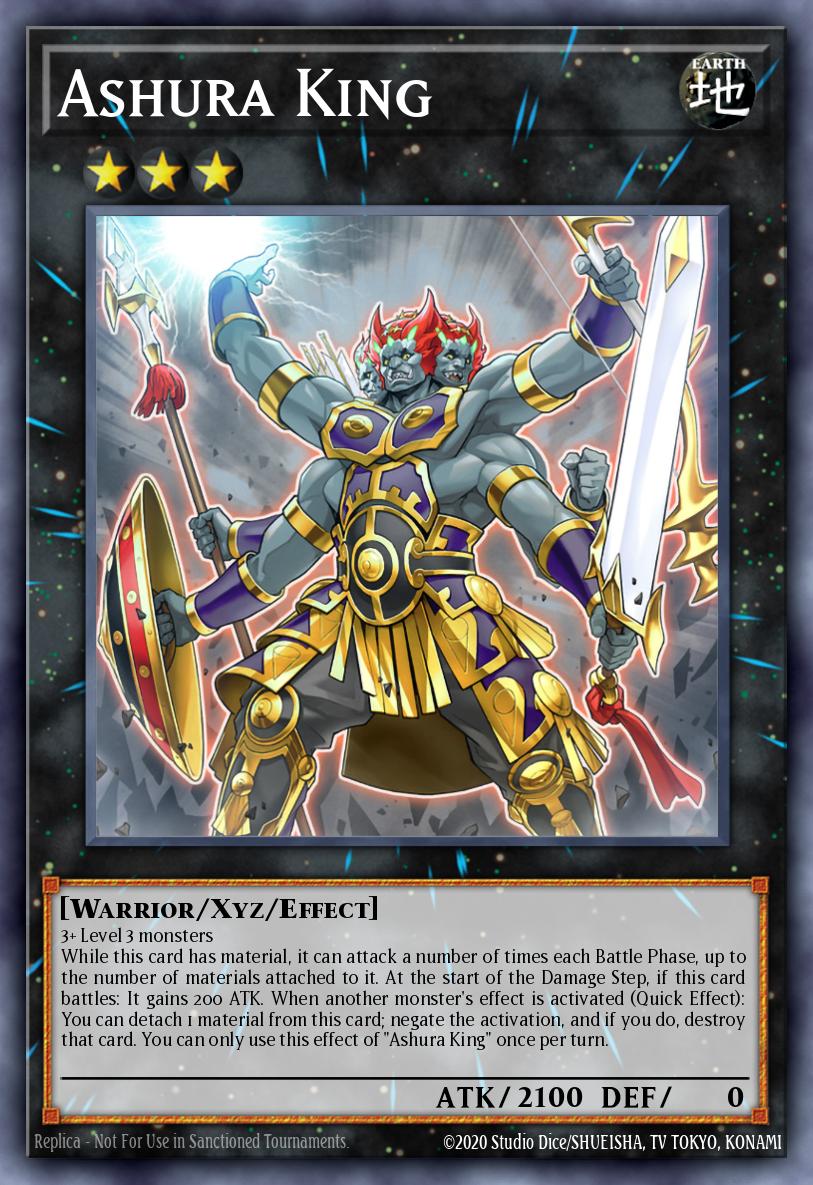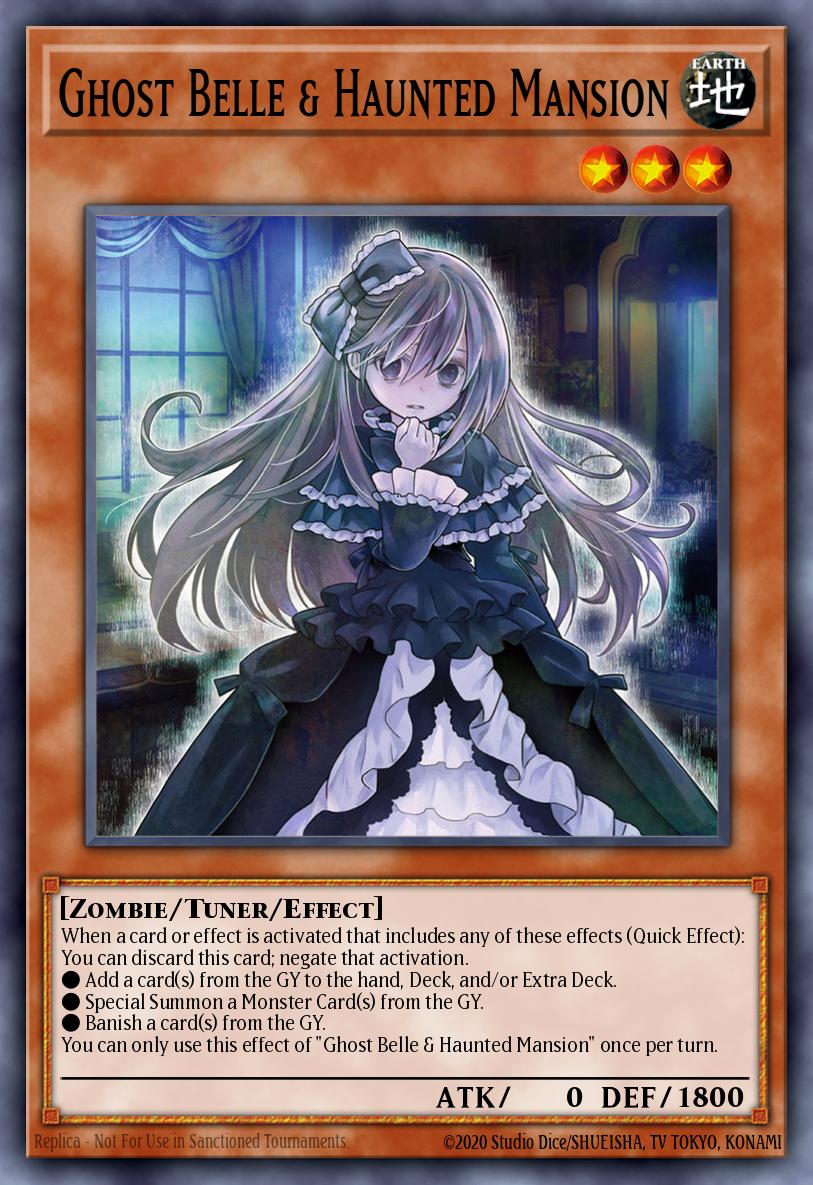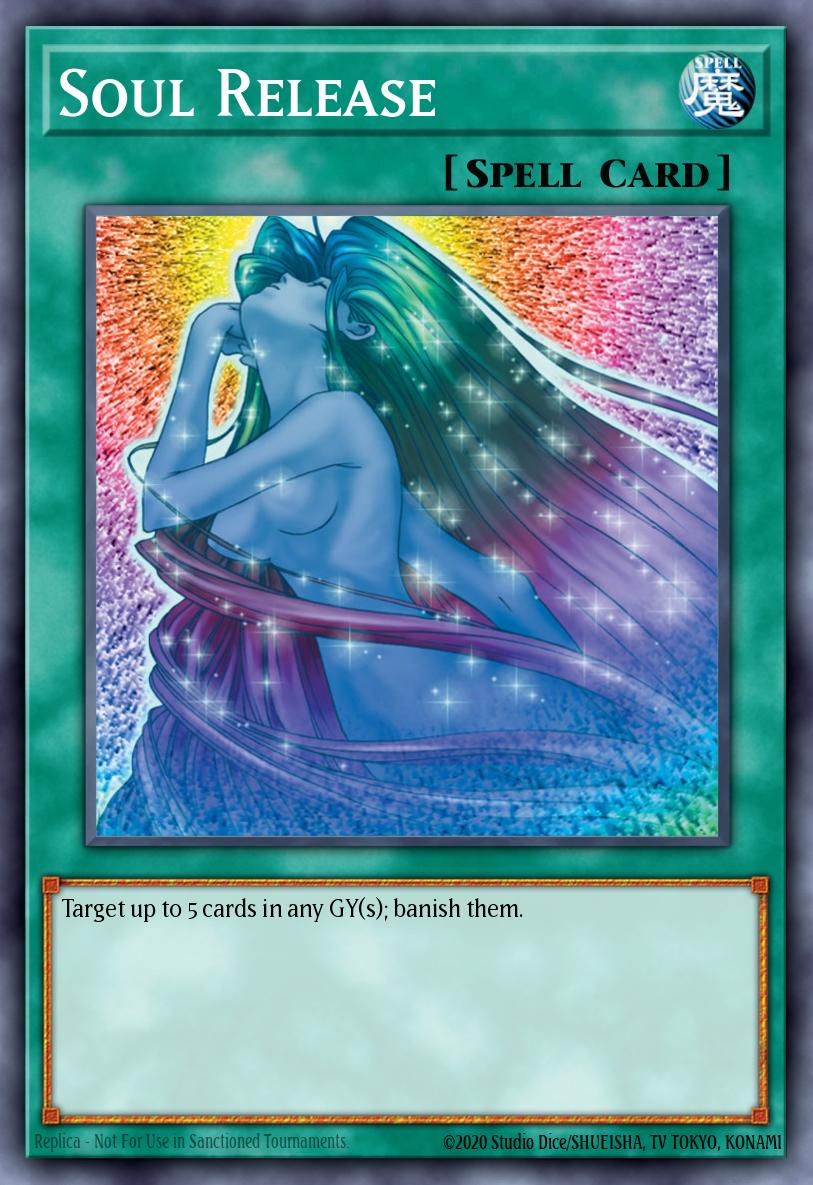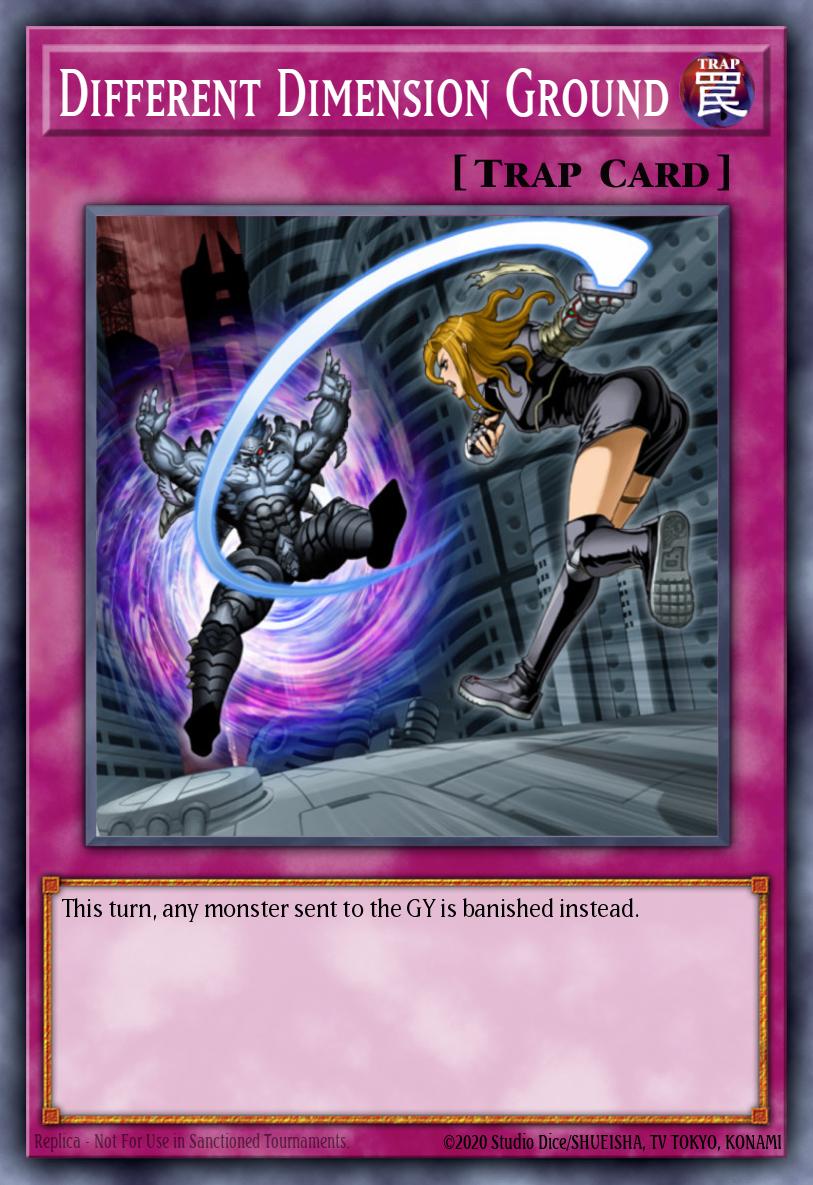Welcome to Deck Dictionary - a new series of Articles where I'll be guiding you through the various applications of an archetype or theme, both as a standalone deck as well as potential splashes into other archetypes.
Starting off strong, the horus package is one that's seen competitive success in recent months both standalone as as an engine in various other decks. Here I'll be covering these applications, citing tournament results with decklists. I'll also include a few other concepts using less popular combinations as ideas you could take to a locals.
If you'd like to suggest a theme for a future installment in Deck Dictionary, please do leave a comment in the comments section of this article!
What is the "Horus" Archetype?
The "Horus" archetype is an amalgamation of several groups of largely very different support waves, functioning distinctly different from one another.
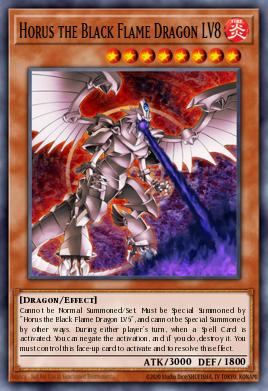 The "Horus" archetype technically debuted in 2004's Soul of the Duelist set, largely as a part of the "LV" theme of monsters, focused on utilising monster effects that summon the higher level variants of one another. The initial wave of support included Horus the Black Flame Dragon LV4, Horus the Black Flame Dragon LV6, Horus the Black Flame Dragon LV8 and Horus' Servant. We won't discuss these at great length, due to their dated card designs being reliant on the battle phase for minimal payoff in modern decks severely limits their utility.
The "Horus" archetype technically debuted in 2004's Soul of the Duelist set, largely as a part of the "LV" theme of monsters, focused on utilising monster effects that summon the higher level variants of one another. The initial wave of support included Horus the Black Flame Dragon LV4, Horus the Black Flame Dragon LV6, Horus the Black Flame Dragon LV8 and Horus' Servant. We won't discuss these at great length, due to their dated card designs being reliant on the battle phase for minimal payoff in modern decks severely limits their utility.
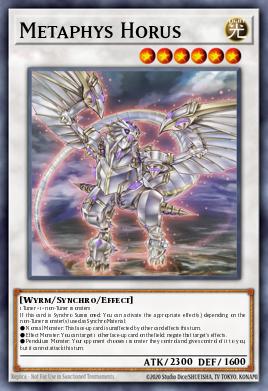
Over the years, the theme recieved several one-off members, such as Dark Horus, a card with limited use cases, and Metaphys Horus, who serves as a more relevant piece in unrelated pendulum decks and as a piece of the metaphys archetype, where its applications are far more clear.
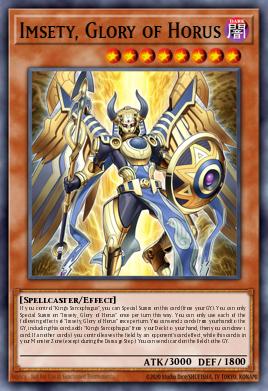 Enter: Age of Overlord. This 2023 booster set breathed new life into the theme, providing four new monsters in the form of cards representing the Four sons of Horus from Egyptian mythology:
Enter: Age of Overlord. This 2023 booster set breathed new life into the theme, providing four new monsters in the form of cards representing the Four sons of Horus from Egyptian mythology:
Imsety, Glory of Horus, Duamutef, Blessing of Horus, Hapi, Guidance of Horus and Qebehsenuef, Protection of Horus.
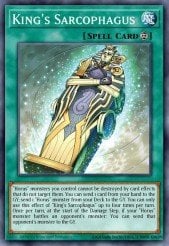
This refresh to the theme focused largely on these four monsters and their connection to King's Sarcophagus - all four monsters summon themselves from the graveyard should the sarcophagus be on the field, and King's Sarcophagus itself allows you to get them there through discarding to send horus names from your deck to the graveyard. It should be noted that this effect is not once per turn, allowing you to rapidly fill your graveyard with copies of the Horus monsters.
This - in tandem with Imsety, Glory of Horus being able to search King's Sarcophagus whilst drawing a card makes this a potent engine for generically gaining access to the rank 8 xyz pool, providing access to powerful negation effects such as Number 90: Galaxy-Eyes Photon Lord's monster effect negation or Number 38: Hope Harbinger Dragon Titanic Galaxy. In a pinch, some decks more desperate for draw power opt for rank 8 monsters like Coach King Giantrainer to draw up to three cards, but this line is risky and plays poorly into well timed handtraps.
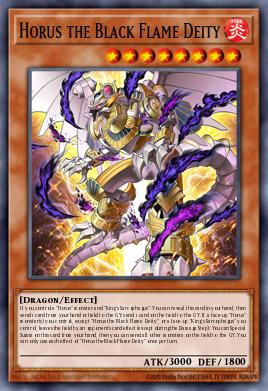 The most recent wave of support introduced us to Horus the Black Flame Deity and Walls of the Imperial Tomb, with Horus the Black Flame Deity providing a more direct link to the original horus monsters, being a retrain of the original. Horus the Black Flame Deity serves as a means of removal in-theme, with a secondary effect that you're less likely to resolve. Walls of the Imperial Tomb provides the archetype with more consistency, allowing you to search any horus monster at the cost of card advantage. Doing so and then resolving Imsety, Glory of Horus can be pricy, however - due to both having additional card requirements, negation effects or cards such as Ash Blossom & Joyous Spring can you leave you relatively behind if this is negated.
The most recent wave of support introduced us to Horus the Black Flame Deity and Walls of the Imperial Tomb, with Horus the Black Flame Deity providing a more direct link to the original horus monsters, being a retrain of the original. Horus the Black Flame Deity serves as a means of removal in-theme, with a secondary effect that you're less likely to resolve. Walls of the Imperial Tomb provides the archetype with more consistency, allowing you to search any horus monster at the cost of card advantage. Doing so and then resolving Imsety, Glory of Horus can be pricy, however - due to both having additional card requirements, negation effects or cards such as Ash Blossom & Joyous Spring can you leave you relatively behind if this is negated.
Horus the Black Flame Deity has yet to see much competitive play, but Walls of the Imperial Tomb has seen competitive usage in more pure variants of horus decks.
Pure Horus
As a standalone theme, the Horus theme has seen some competitive success as a form of stun deck, focusing around utilisation of powerful floodgate monsters, and backed up by a myriad of powerful spells and traps. I'll cover two such examples below.
This first decklist was piloted to a top 8 finish by Eric Blackwell at the Greenville WCQ Regional on March 23rd, 2024. This list focuses on the utilisation of these floodgate monsters, such as Vanity's Ruler, backed up with floodgate effects such as those of Skill Drain and Summon Limit. The horus monsters themselves can be used as tribute fodder for monsters such as Vanity's Ruler, or to make one of the many rank 8 xyz monsters in the list, either to provide more negates or draw power through Coach King Giantrainer.
A notable tech choice in this particular list is the inclusion of Rainbow Bridge of Salvation along with one copy of Crystal Beast Rainbow Dragon. The former of the two is largely intended to be discarded through the effect of King's Sarcophagus during standard play lines, allowing use of the trap's powerful graveyard effect to search Crystal Beast Rainbow Dragon as well as a field spell of the duelist's choosing - The options in this particular build being either Walls of the Imperial Tomb or Mausoleum of the Emperor.
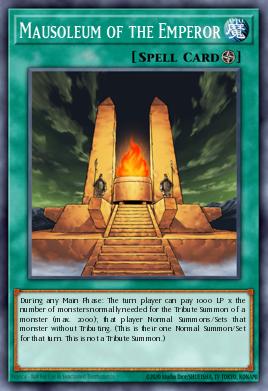 Mausoleum of the Emperor functions as a way to summon the deck's boss monsters, Light and Darkness Dragon and Vanity's Ruler in a pinch.
Mausoleum of the Emperor functions as a way to summon the deck's boss monsters, Light and Darkness Dragon and Vanity's Ruler in a pinch.
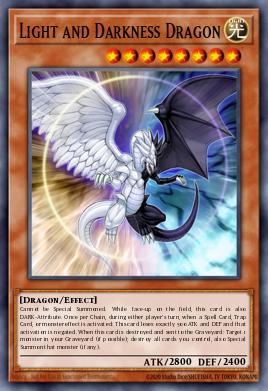 Light and Darkness Dragon is another unique inclusion in this particular list, functioning as a walking omni negate much in the same manner as Apollousa, Bow of the Goddess does for many decks. Uniquely in this strategy, utilising the graveyard effects of your horus main deck monsters does not trigger the negation effect of this card, allowing you to assemble lethal while this card remains on field.
Light and Darkness Dragon is another unique inclusion in this particular list, functioning as a walking omni negate much in the same manner as Apollousa, Bow of the Goddess does for many decks. Uniquely in this strategy, utilising the graveyard effects of your horus main deck monsters does not trigger the negation effect of this card, allowing you to assemble lethal while this card remains on field.
The next list I'll be highlighting is Leon Dowe-Ranger's Stun Horus list from the UK Open Cardiff 2024, held on March 23rd 2024.
This Horus list largely employs similar strategies, instead opting for Vanity's Ruler's more easily summonable smaller brothers - Majesty's Fiend and Vanity's Fiend. Majesty's Fiend has the same benefits as the aformentioned Light and Darkness Dragon, allowing you to revive horus monsters without issue while wreaking havoc on your opponent. This particular list opted to run Pot of Desires rather than Trade-In, which is generally a more powerful card, with the downside being a potential risk of banishing your horus names.
Horus as an Engine
As an engine, the Horus package has many applications - with ratios vaying somewhat. Typically, lists will run three copies of Imsety, Glory of Horus, two or three copies of King's Sarcophagus, and a supplementary number of the other newer Horus monsters (excluding Horus the Black Flame Deity), but commonly no more than one of each name. Below I will try to highlight some of the more recent applications of the engine, however some may be ommited or have been missed. Feel free to discuss if you have any particular favourites in the article's comments section!
Some duelists have recently found success utilising a compact horus package in Tearlament strategies. The concept here is simple; utilsiing two horus names, you can easily access The Zombie Vampire, allowing you to easily send several cards to your graveyard, triggering your tearlaments monster effects. The deck doesn't much mind the discard cost of King's Sarcophagus, with monsters such as Destiny HERO - Malicious and ishizu package cards such as Keldo the Sacred Protector or Mudora the Sword Oracle serving as excellent discard fodder.
If a larger engine is more to your taste, some duelists such as this one choose to opt to include copies of the field spell for more consistency in accessing the package, as well as one of each supplimentary horus name that is standard for the engine. Decks such as the shown Snake-Eye have great flexibility for this due to a low engine requirement as well as a myriad of one card engine starters.
This particular list utilises the heavier engine to make both The Zombie Vampire and Number 90: Galaxy-Eyes Photon Lord, allowing their main combo line to go unimpeded. Curiously this list opts to play one copy of Coach King Giantrainer in the side deck, potentially opting to utilise the engine's capabilities to inflict burn damage when time is called, or for additional draw power in particular matchups.
Many decks such as Branded may opt for this engine in a similar manner in order to insulate their key playmakers such as Branded Fusion from being affected by cards like Ash Blossom & Joyous Spring, which can be a death knell in certain hands.
Lastly, I've chosen to include a more humerous application of this engine - To counter others using the engine! This creative Goblin biker P.U.N.K. utilises a relatively compact engine of three Imsety, Glory of Horus, two King's Sarcophagus and one Hapi, Guidance of Horus to insulate plays with Number 90: Galaxy-Eyes Photon Lord, but also to make Number 68: Sanaphond the Sky Prison, allowing you to prevent opponents from doing the same due to preventing access to special summons from the graveyard.
Hopefully this article has provided an insightful summary of the Horus theme to those of you who have yet to experiment with it, and given some new ideas to those of you who have only yet to see the tip of the iceberg.
If you'd like to see more lists utilising the newer horus cards, you can find a comprehensive list of tournament meta decks utilising the theme here!
If you want to see more articles like this, please let me know what Archetype you'd like to see me cover next in the comments, and be sure to follow my ygoprodeck page to see more articles by me, Brexx. Thanks for reading!
